Best cameras for kids 2025: the best cameras for children and teens
The best cameras to buy for young creatives
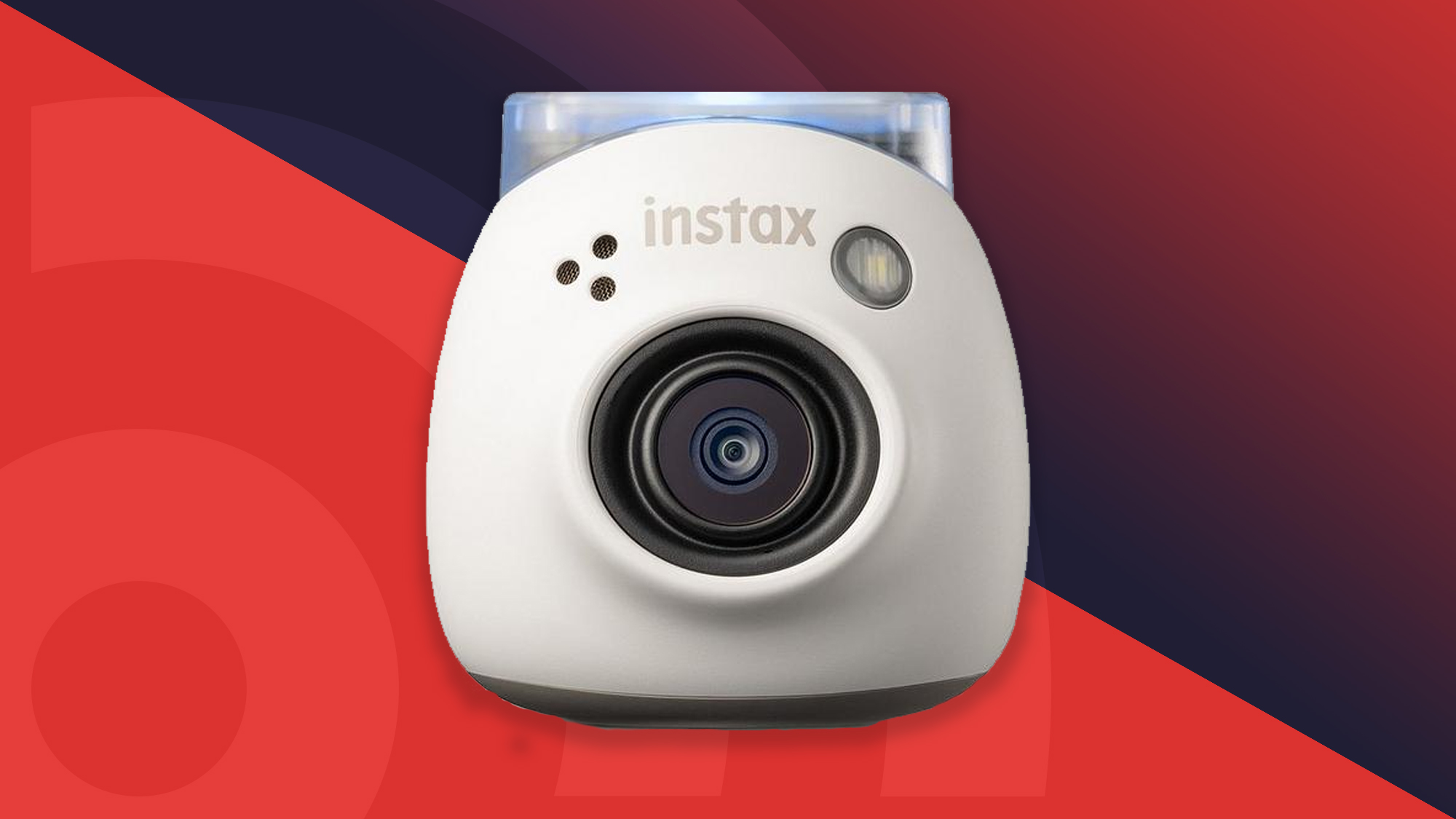
TechRadar has been testing cameras for more than 20 years. In that time, we’ve reviewed a lot of cameras which are great for kids, from fun instant cameras to robust point and shoots. We think here’s a lot to be said for letting little little ones shoot with their own camera from an early age, which is why we’ve rounded up our favorite options here.
The Fujifilm Instax Pal is a fantastic example of one of the best cameras for kids. It’s a tiny digital camera that’s easy for small hands to grasp. It’s also fantastic fun for families, because it can connect to Instax Link printers to create miniature prints. That said, for clumsier youngsters, the OM System Tough TG-7 might be a better choice.
We’ve tested thousands of cameras over the last two decades, so we’re well-placed to pick out the top options for young photographers. All of our recommendations are based on in-depth reviews: we’ve tested each and every camera in the real world, considering the kind of situations children are like to encounter. We’ve used the results to shape the expert guide below.
Top 3 picks
If you don’t have time to read our full list of the best cameras for kids, you can read the round-up below for a shortcut to the top options for your needs and budget. If you find one that takes your fancy, use the links to jump to our full write-up.
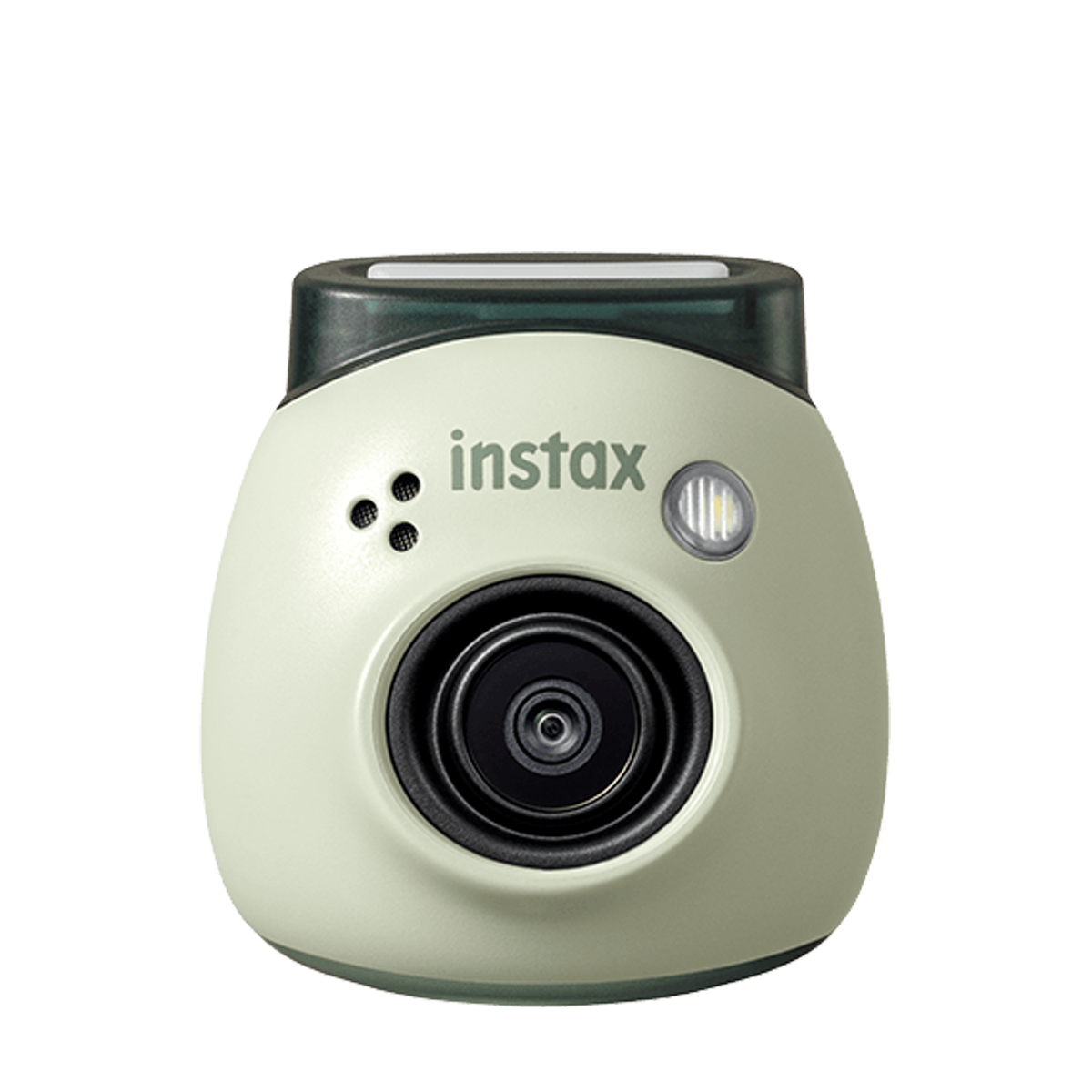
The best for family fun
Cute and characterful, the Instax Pal is a tiny digital camera that lets you print snaps now or later via one of Fujifilm's Link printers.
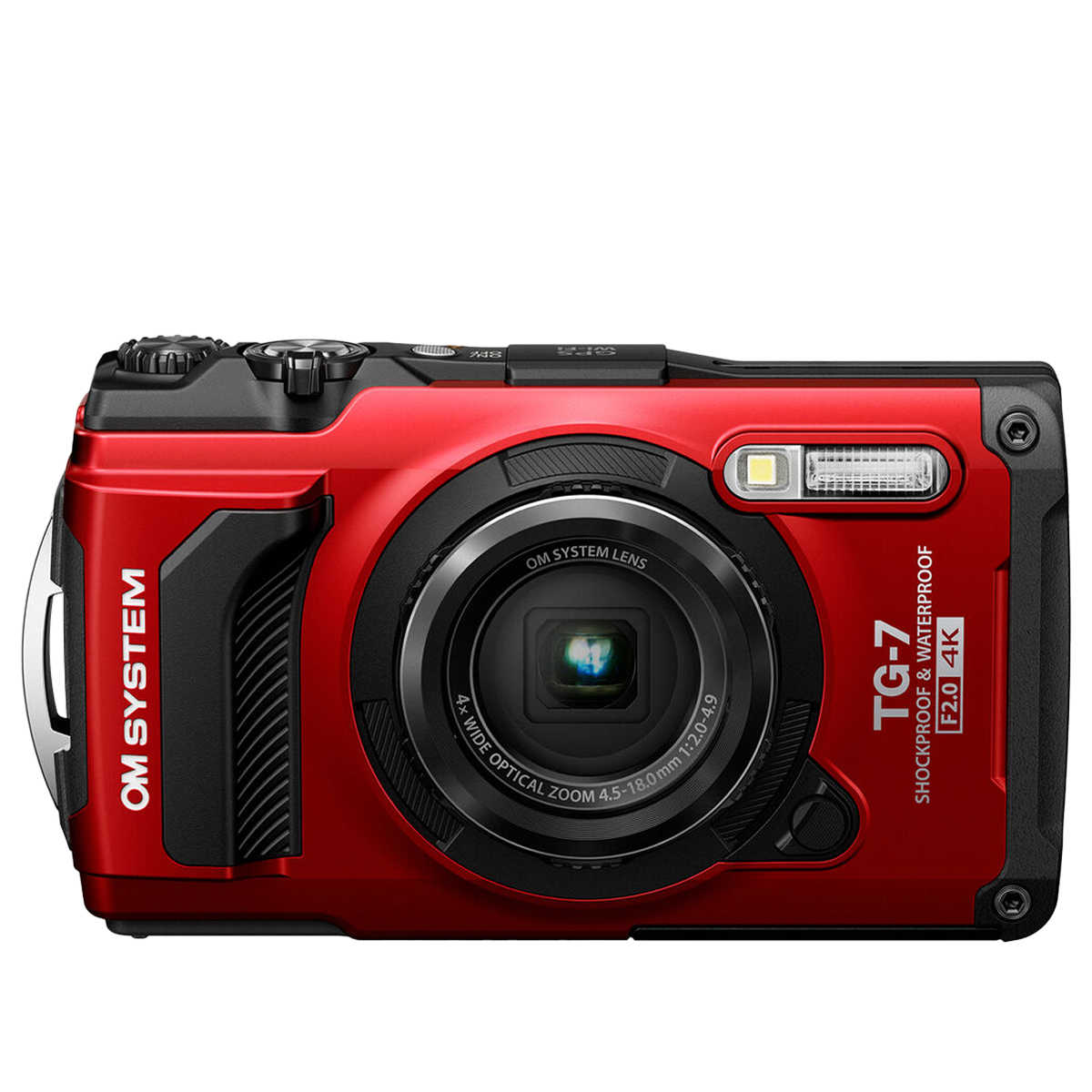
The best tough camera
A surprisingly versatile stills camera that's as rugged as they come, the Tough TG-7 lets young photographers shoot without worry.
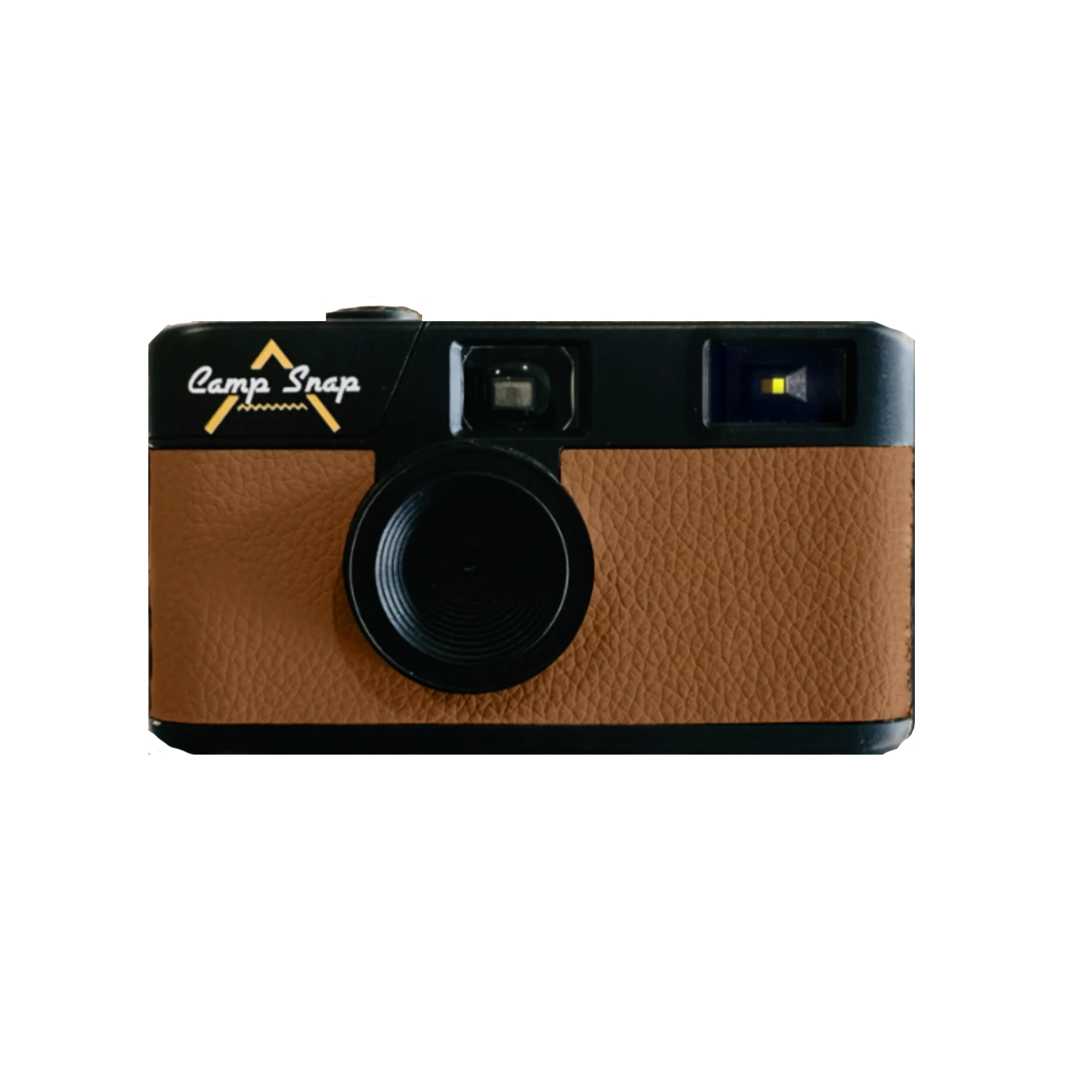
The best screen free
A digital version of a single-use camera, complete with retro appeal, the Camp Snap has no screen for complete simplicity.
Best by use-case
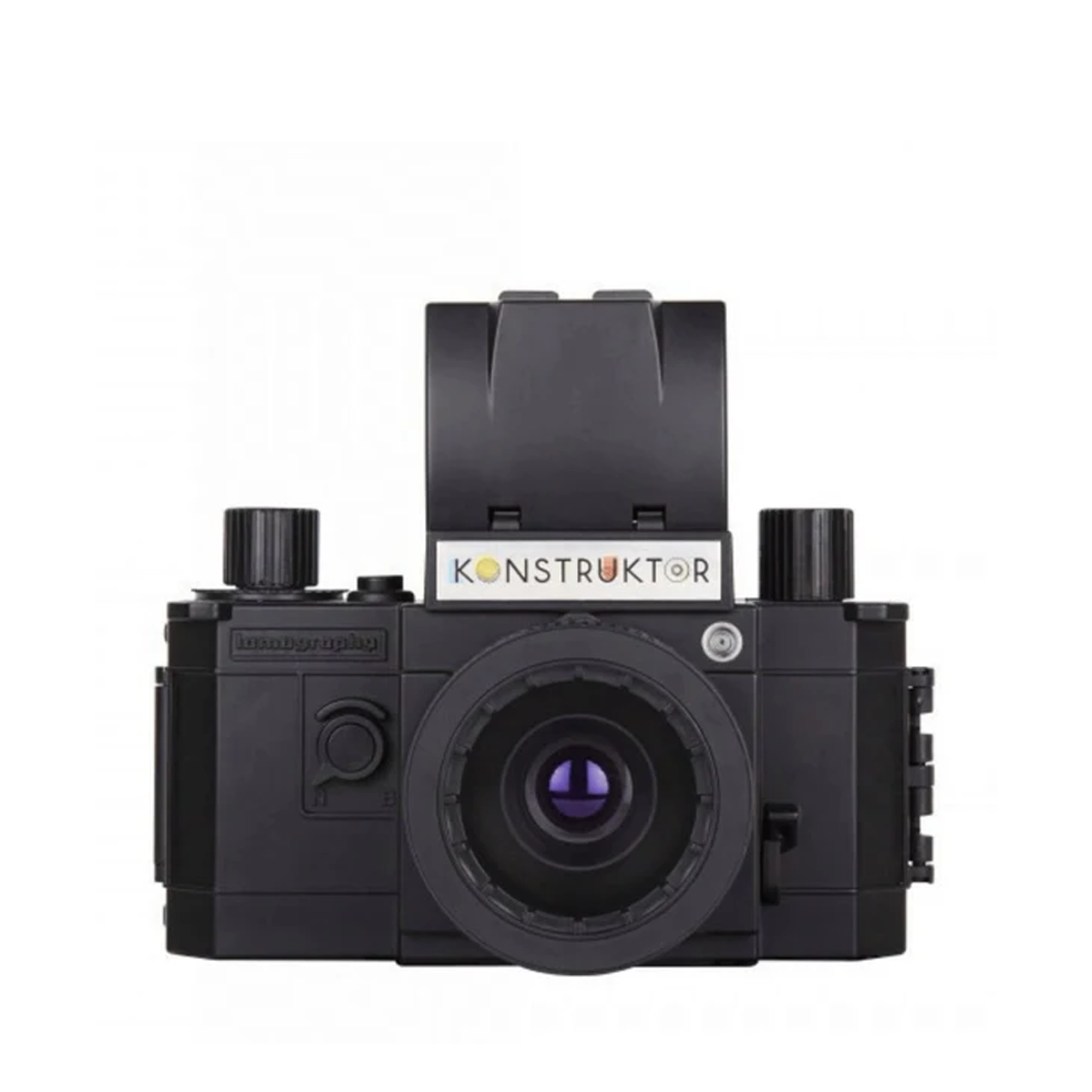
The best DIY build project
A build-your-own SLR, the Konstruktor F is a fantastic, functional choice for kids who love to build and see how things work.
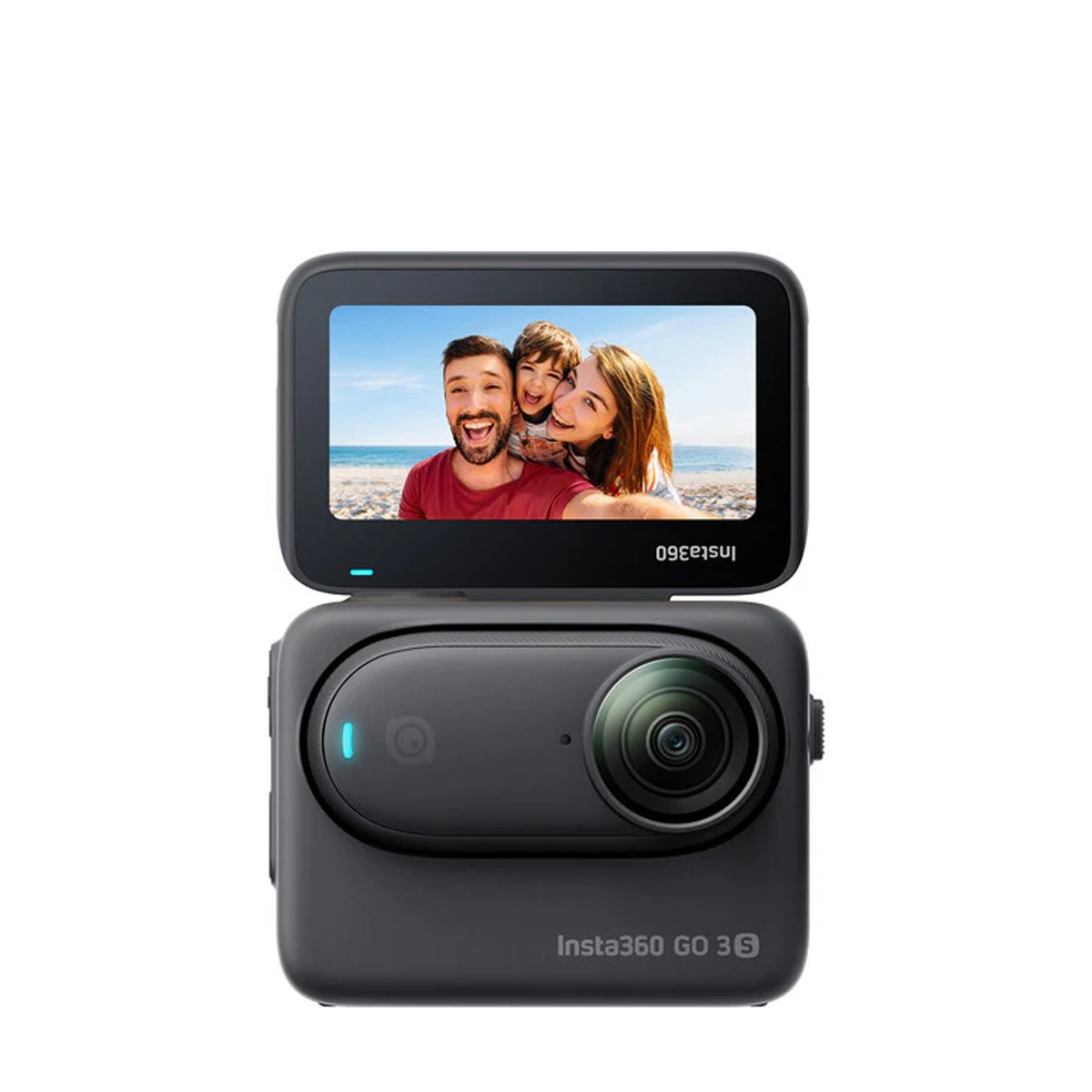
The best versatile video camera
A tiny 4K camera with magnetic mounting and an Action Pod, the form factor of the Go 3S lets kids capture unique angles.
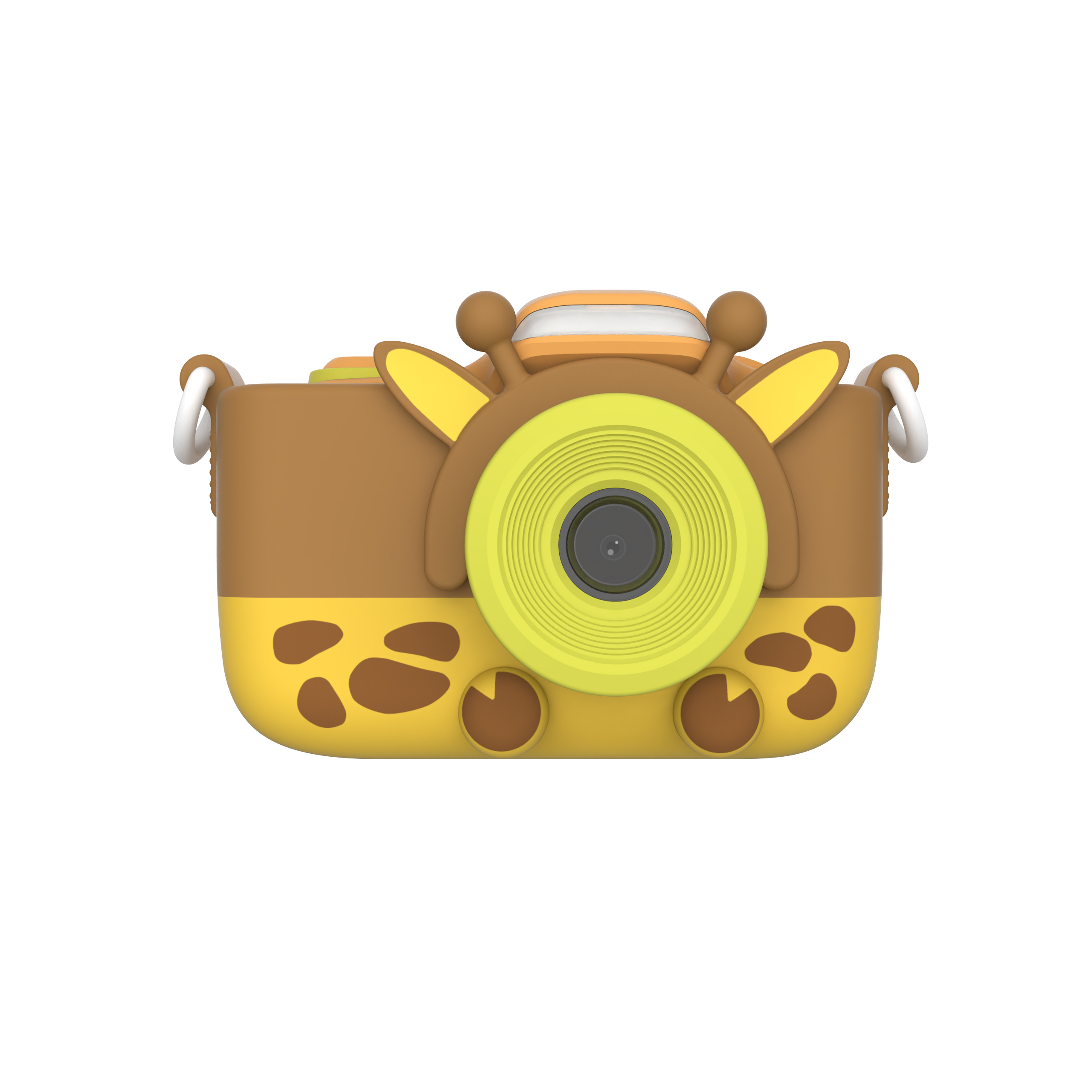
The best for young kids
A simple, kid-friendly camera with a useful selfie lens, the myFirst Camera 3 benefits from a cute, well-sized design.
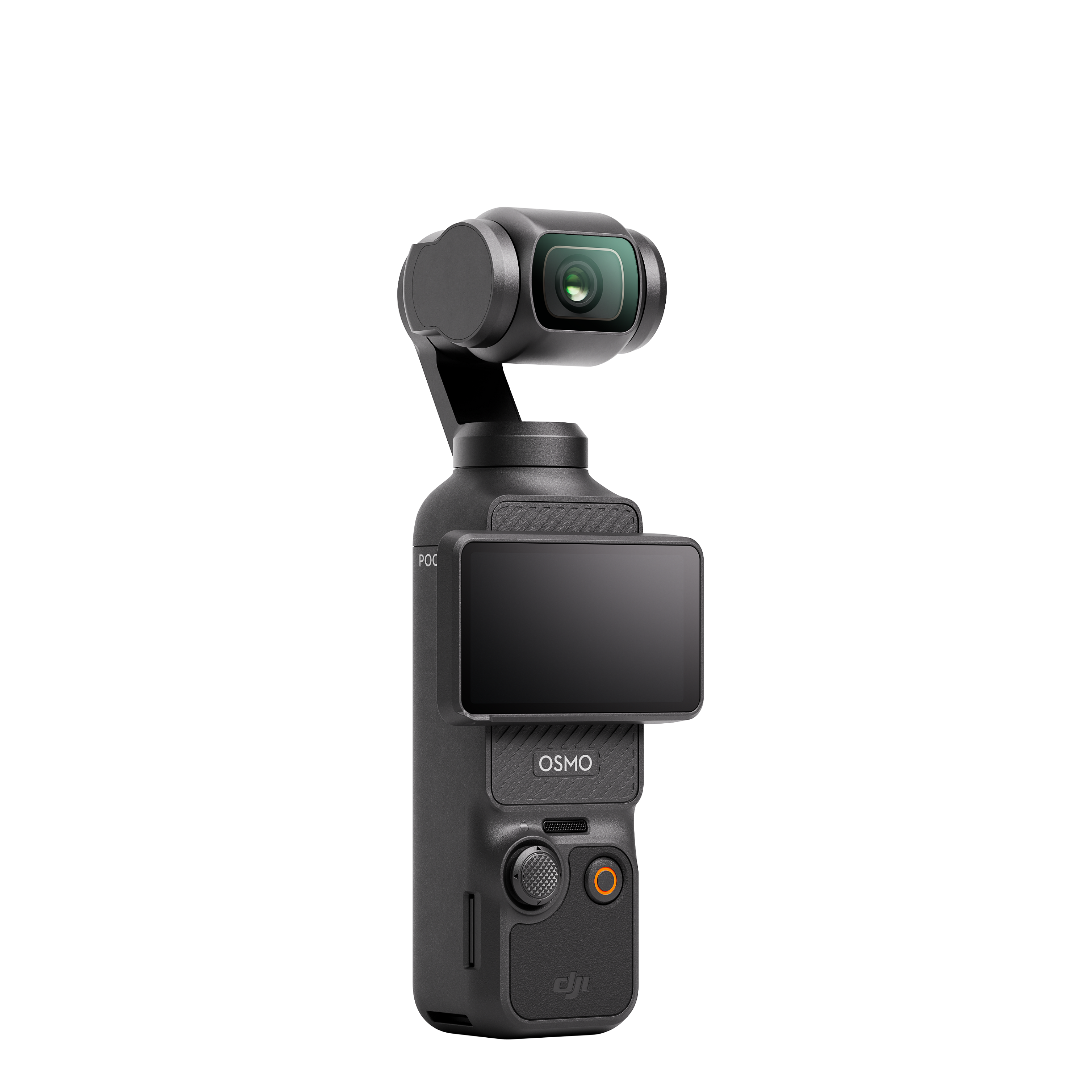
The best for budding vloggers
With a 1-inch sensor that shoots 4K on a stabilizing gimbal, the Pocket 3 makes it easy for anyone to create quality content.
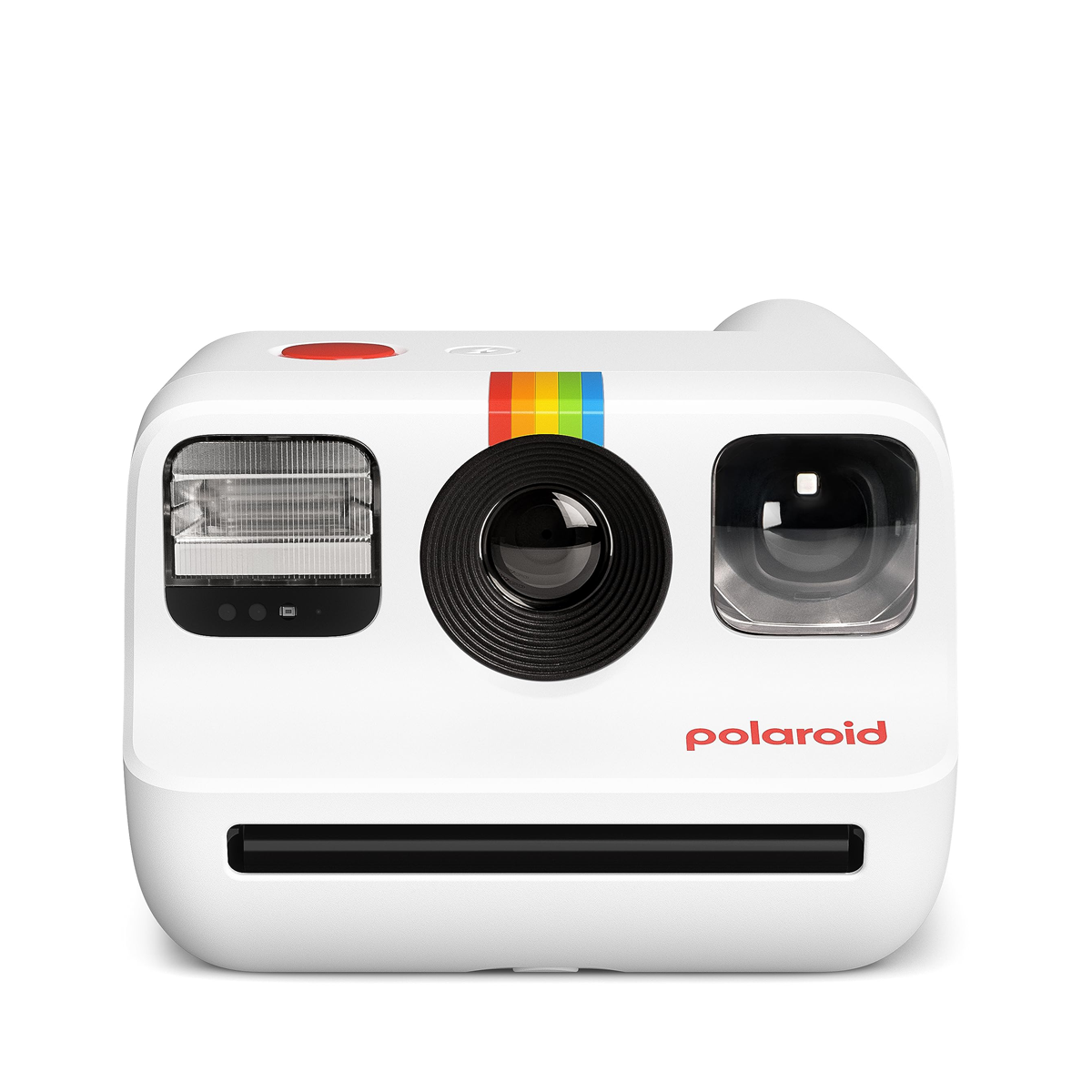
The best instant camera
A small, lightweight camera that's perfect for little hands, the Polaroid Go 2 captures all the easy fun of instant photography.
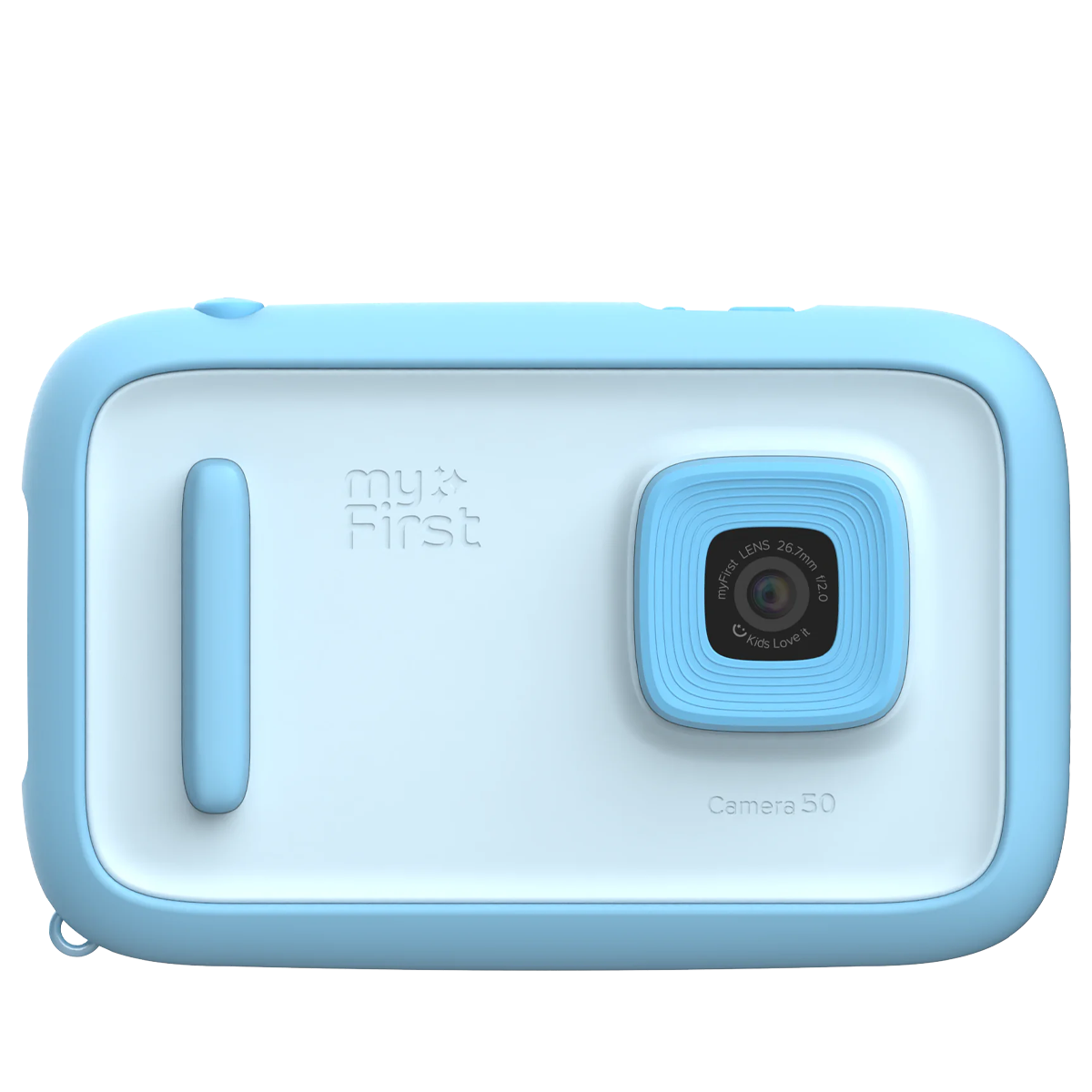
The best safe social camera
A small, lightweight camera that's perfect for little hands, the Polaroid Go 2 captures all the easy fun of instant photography.

Tim is TechRadar's Cameras Editor. He has more than 15 years' experience as a photographer and technology journalist. Tim has reviewed hundreds of cameras during his career. As a father of three, he also has a personal insight into what kind of camera will appeal to most kids. Tim notes, "some of the cameras in this list are designed specifically for children. Others are standard cameras that we think work really well for young photographers."
The best cameras for kids in 2025
Why you can trust TechRadar
Below you'll find full write-ups for each of the best cameras for kids in our list. We've tested each one extensively, so you can be sure that our recommendations can be trusted.
Best for family fun
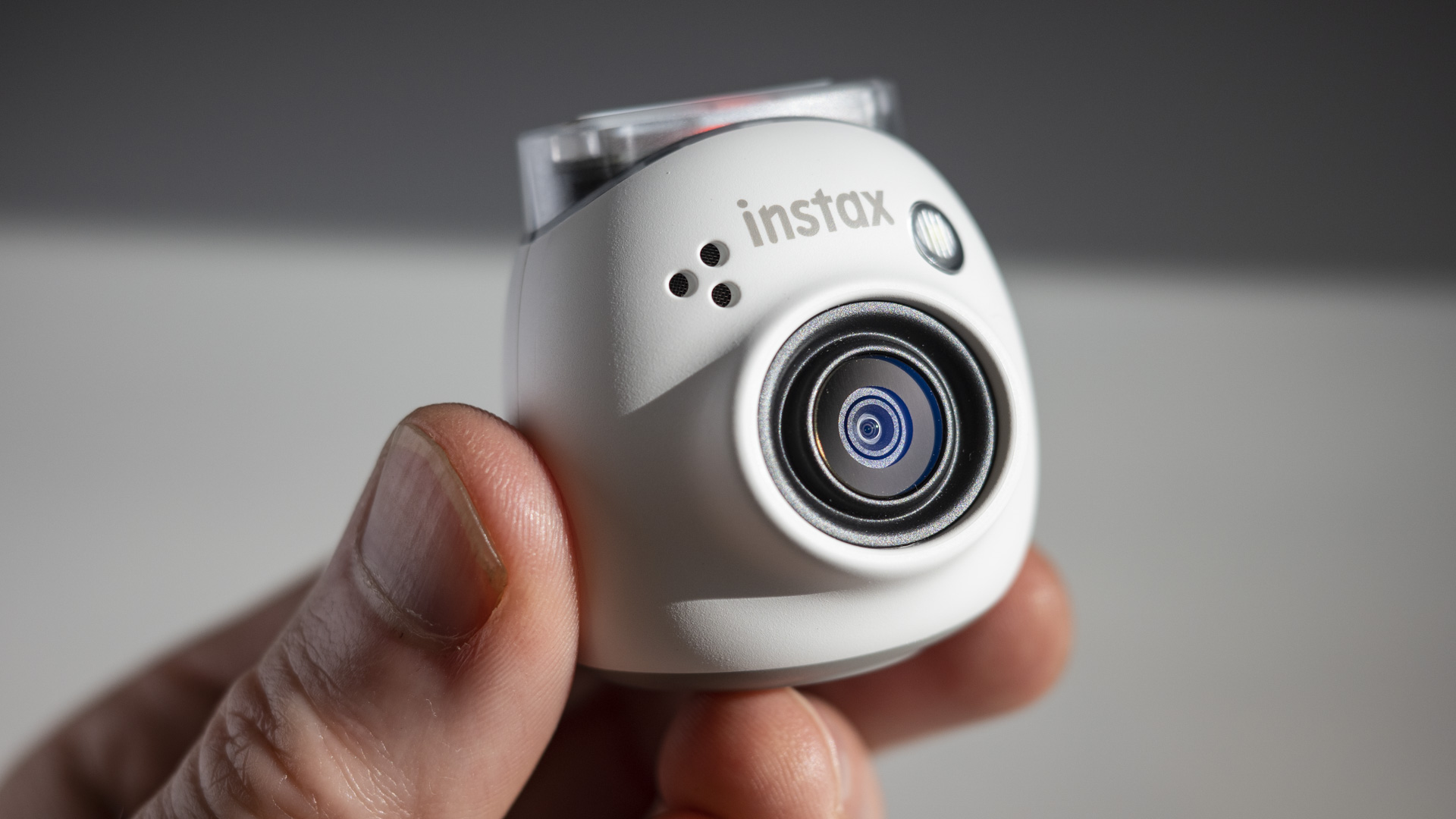
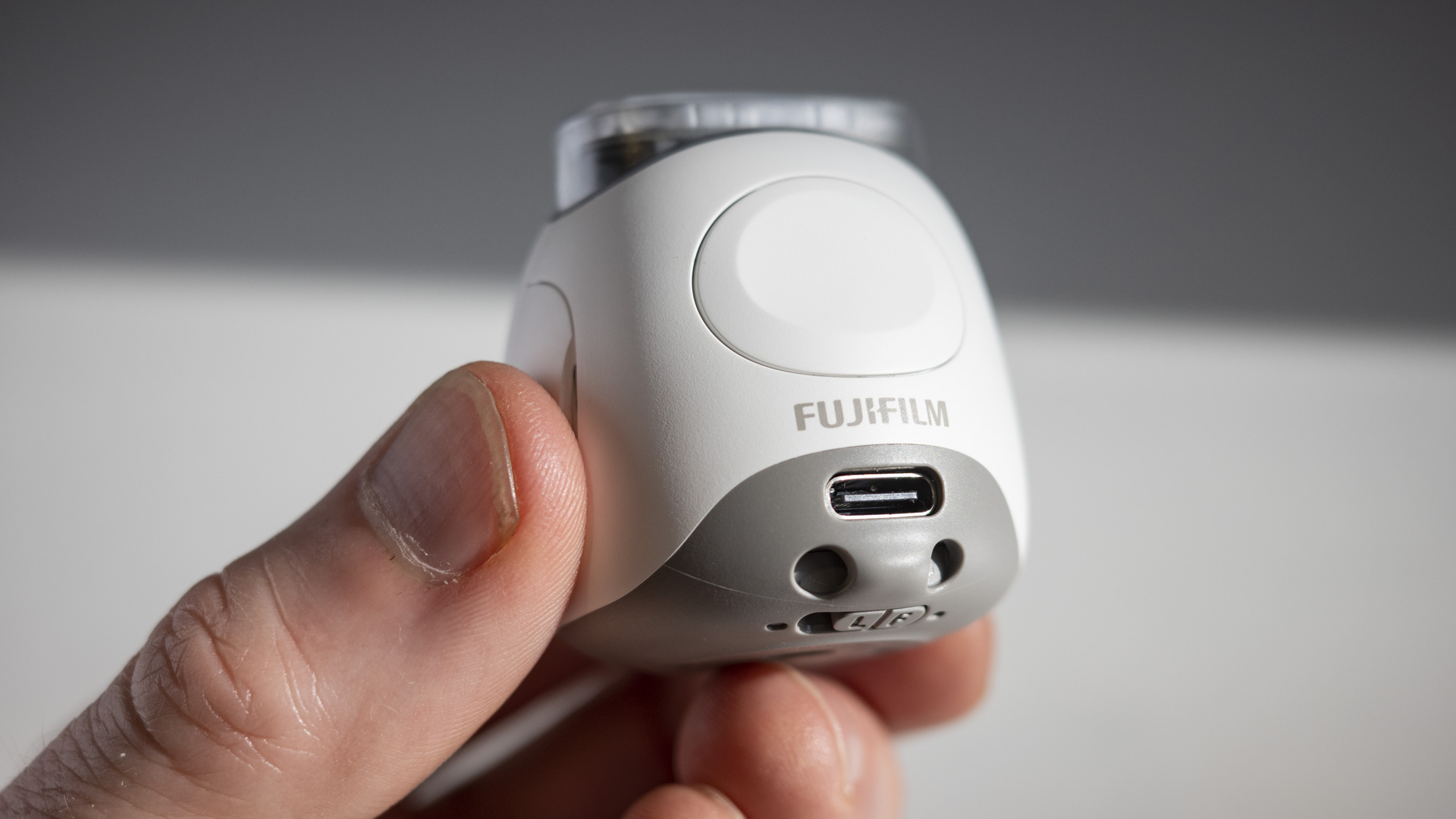
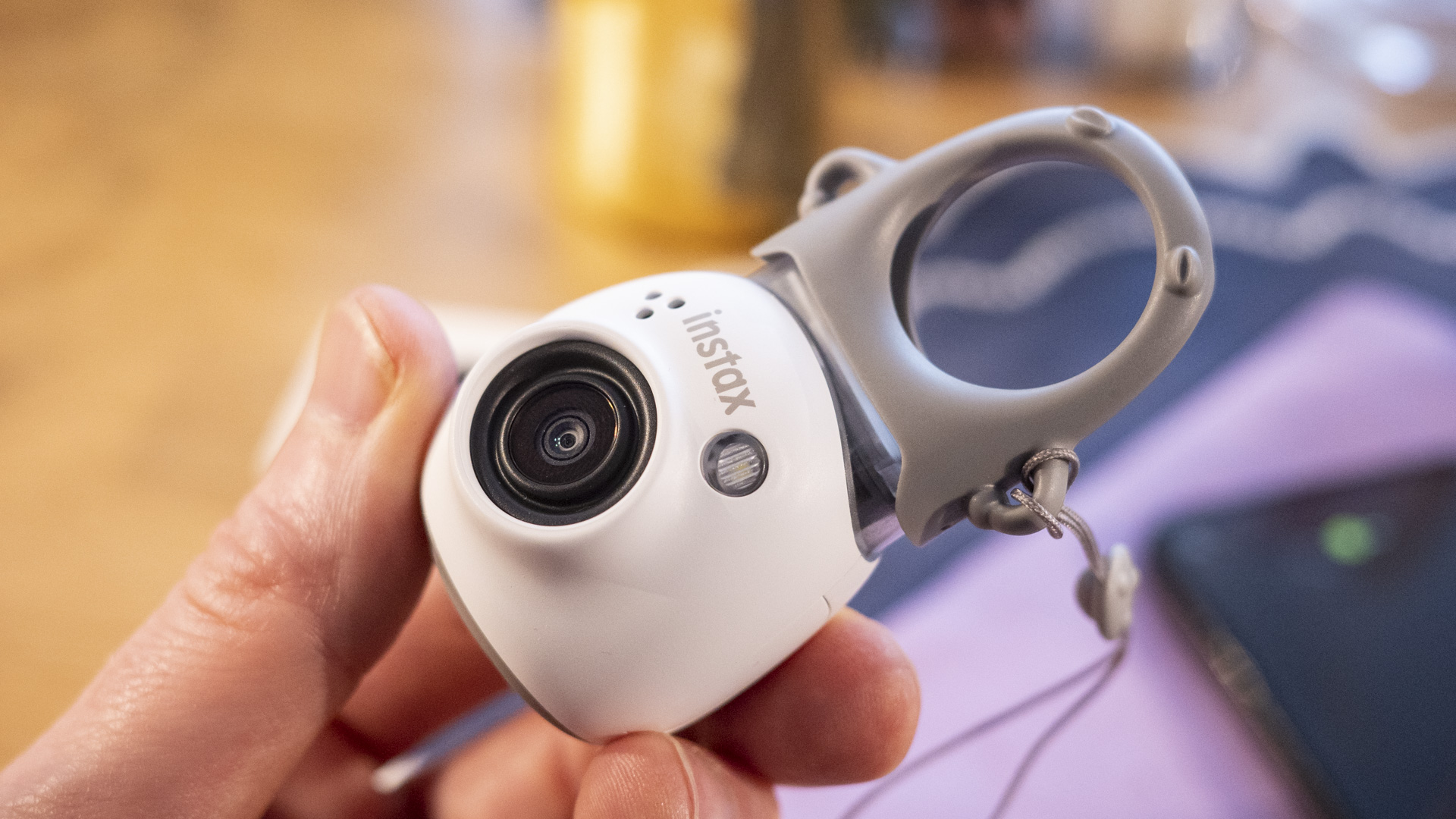
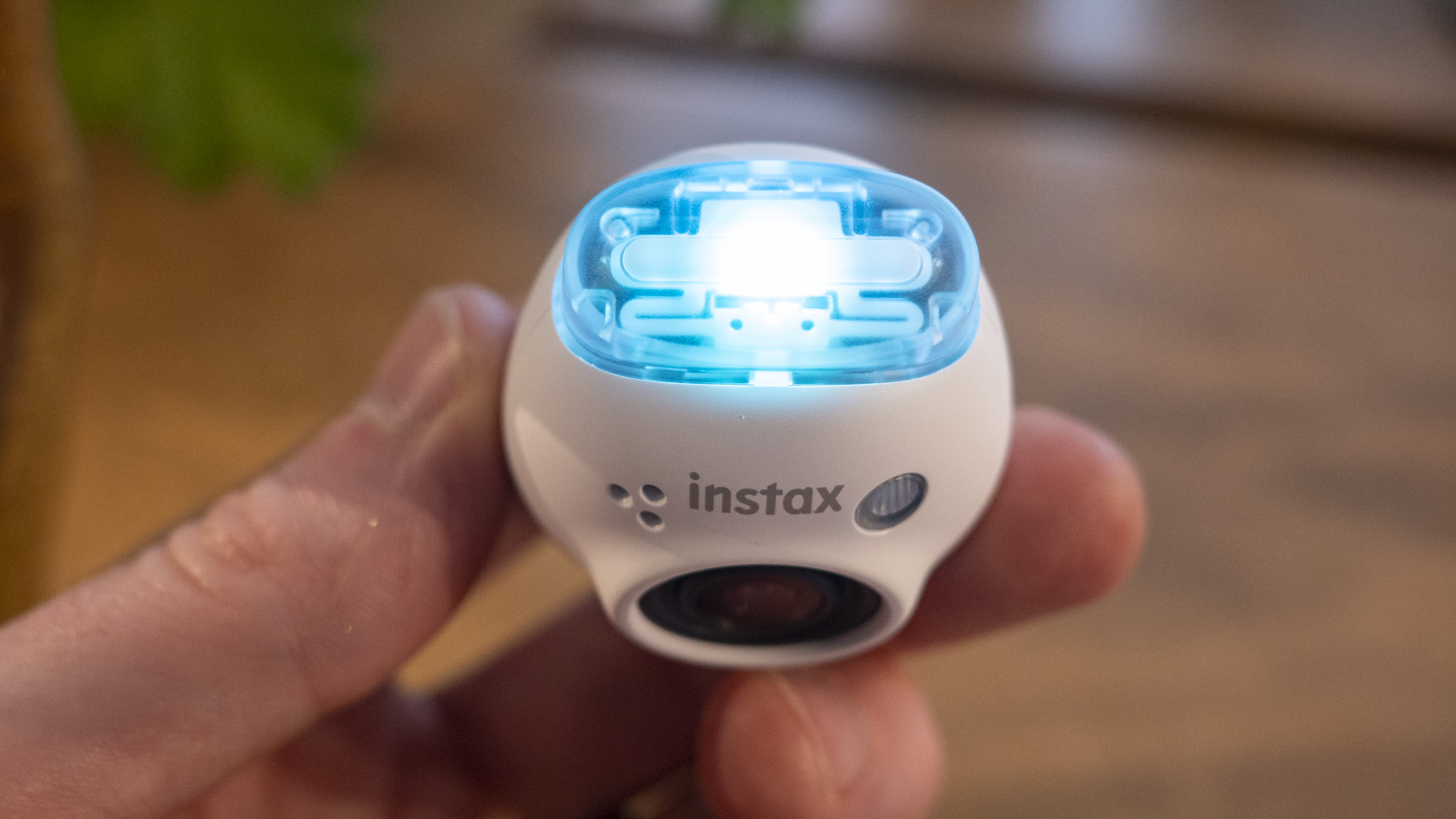
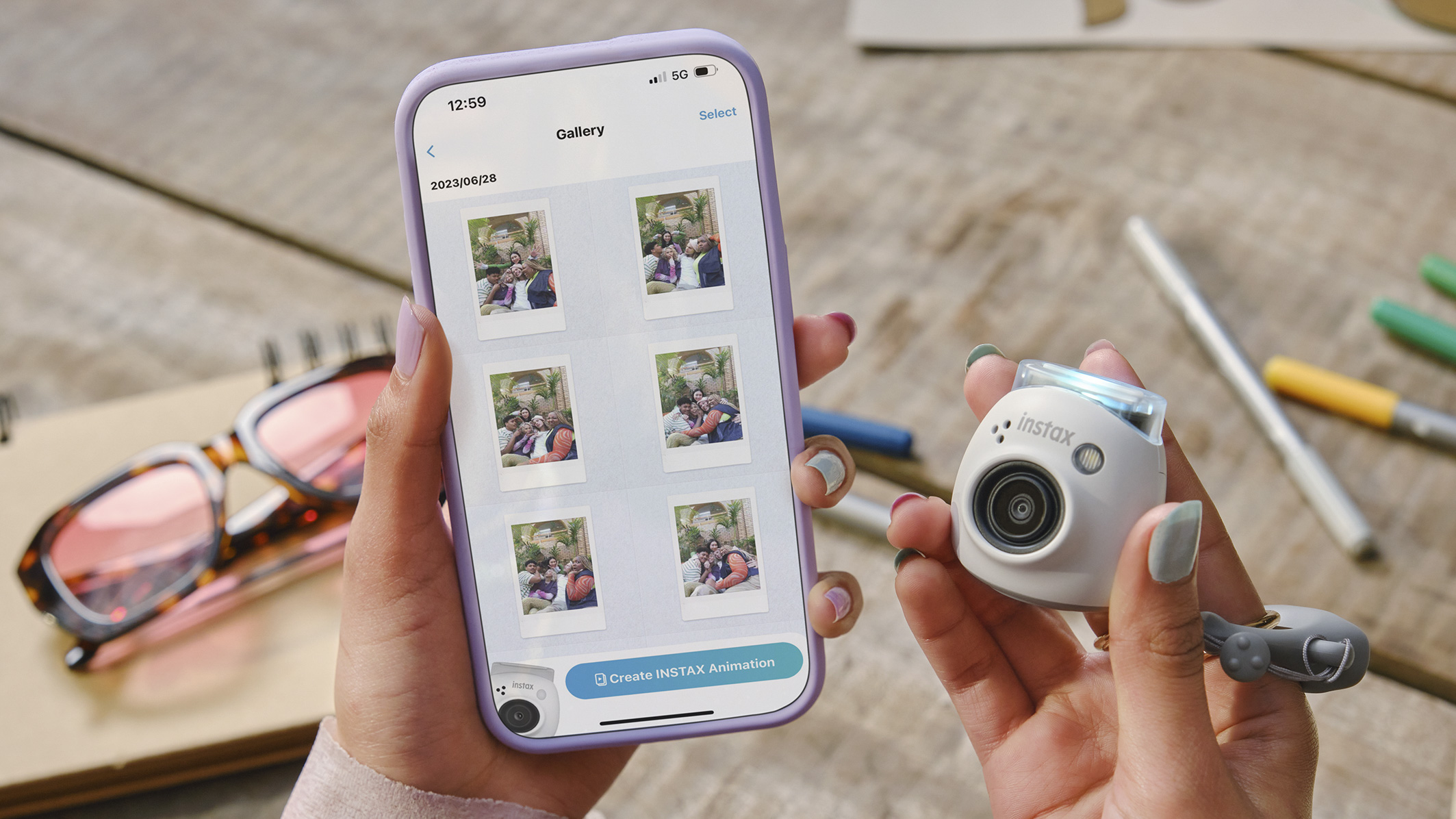
Specifications
Reasons to buy
Reasons to avoid
Fujifilm Instax Pal sample images

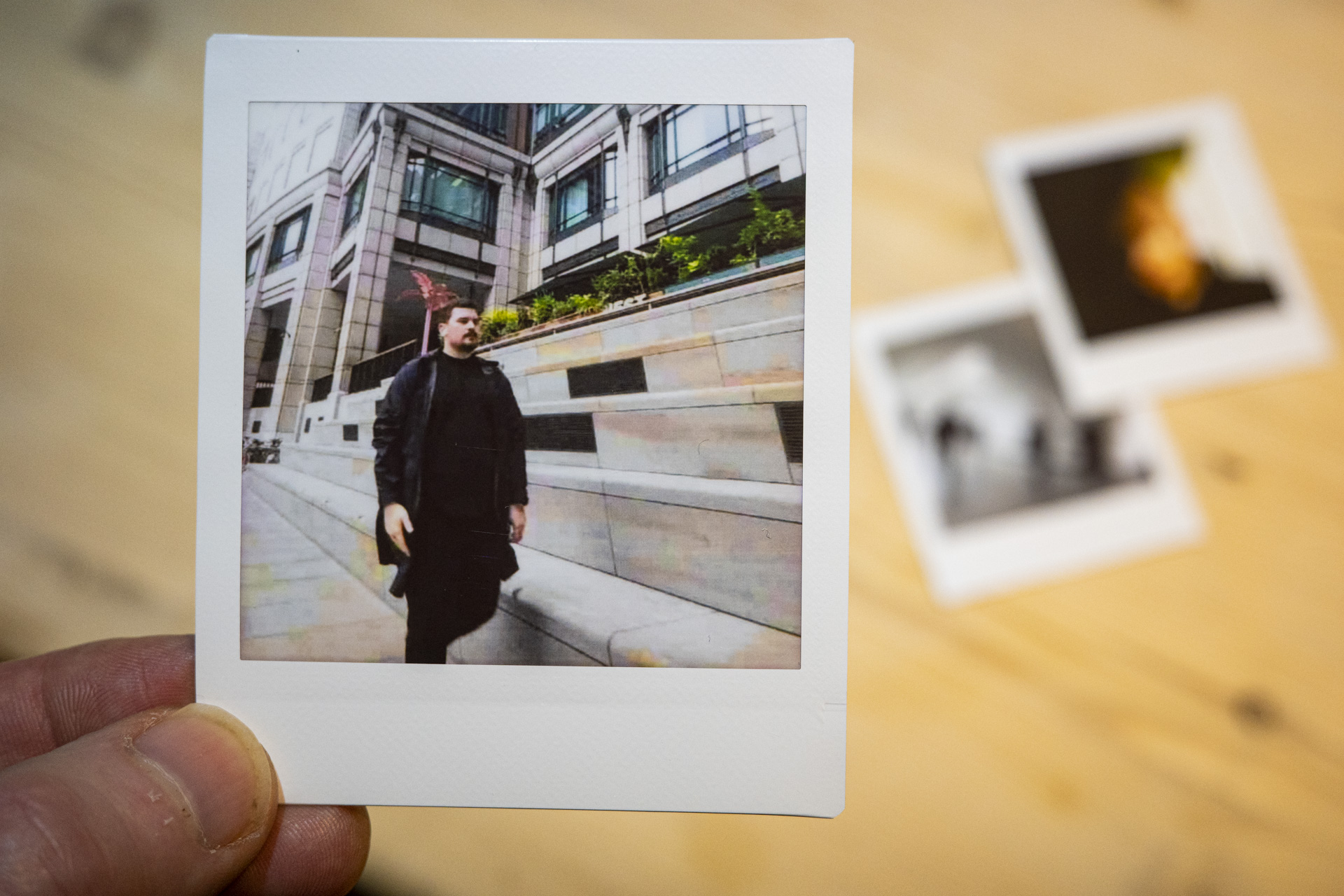
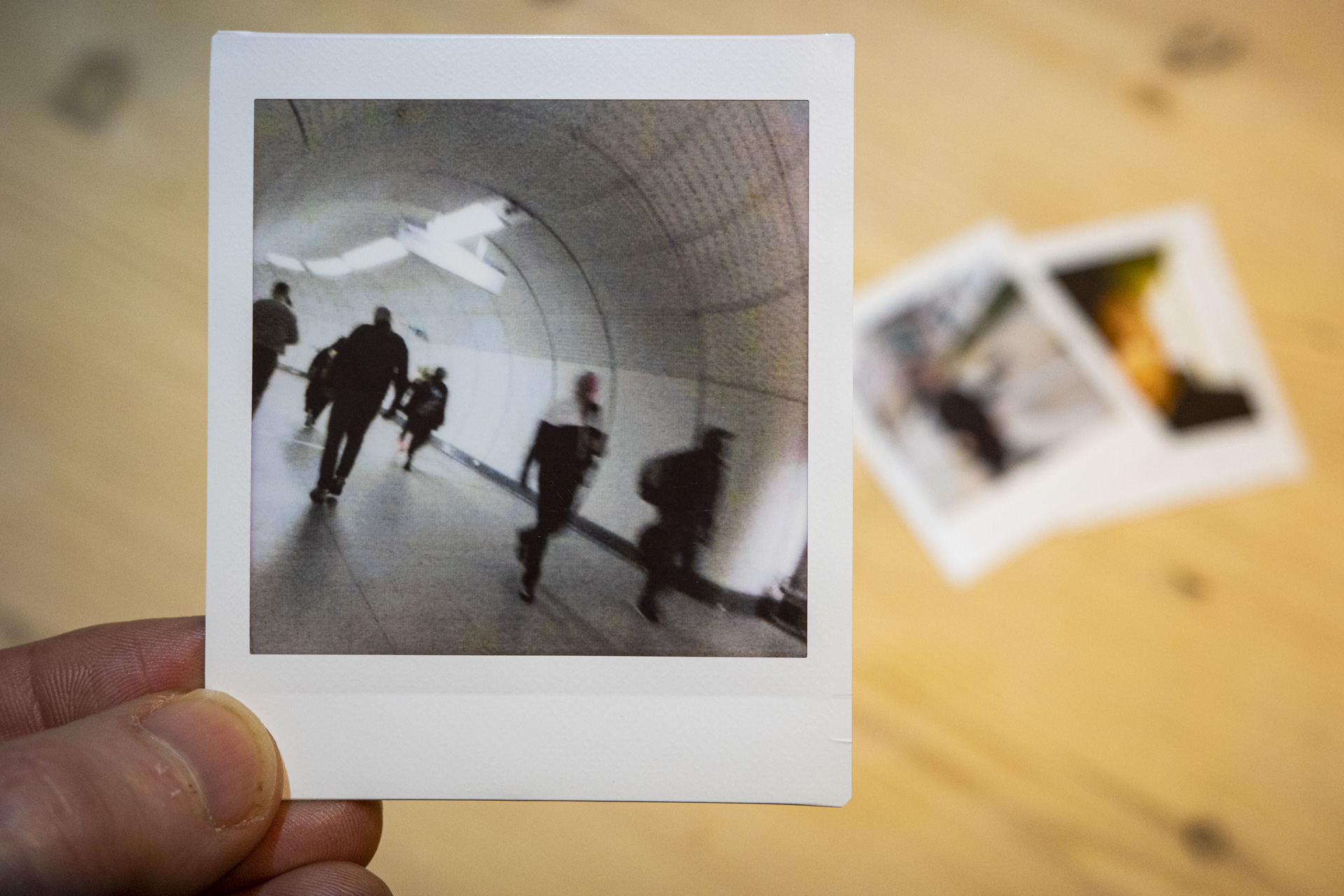
✅ You want an Instant camera for the whole family: The tiny design is much easier to use for small hands than Instax alternatives with built-in printing.
✅ You want an Instax that you use day to day: The cost of the camera and printer is more than most other analog Instax cameras, but the running cost is much lower.
❌ You want an all-in-one instant camera: If you want to print your Instax Pal shots, you'll need to buy a compatible Instax Link printer.
❌ You want the best image quality: No Instax camera and printer makes technically excellent photos, even if they have the lovely Instax color.
The Instax Pal isn't an instant camera as we know it. The size of a golf ball, it's a digital-only camera that prints via one of Fujifilm's Instax Link printers, either via Bluetooth or through the Instax Pal app. Based on our review, there are several benefits to this approach: it's not weighed down by a built-in printer and you can be selective about what you print, which means you don't waste expensive film. The free app and editor provide plenty of entertainment for kids, too.
Designed for all ages, the Pal lights up and emits a happy jingle when powered on, and a sad sound when inactivity sends it to sleep. This characterful approach gives it a fun feeling. Based on our tests, we think it could be the Instax camera your kid actually uses day to day. It fits neatly in the hand and can still be used even if your film supply runs out, which is something which can switch kids off other instant cameras.
Read our in-depth Fujifilm Instax Pal review
Best for rough and tumble kids
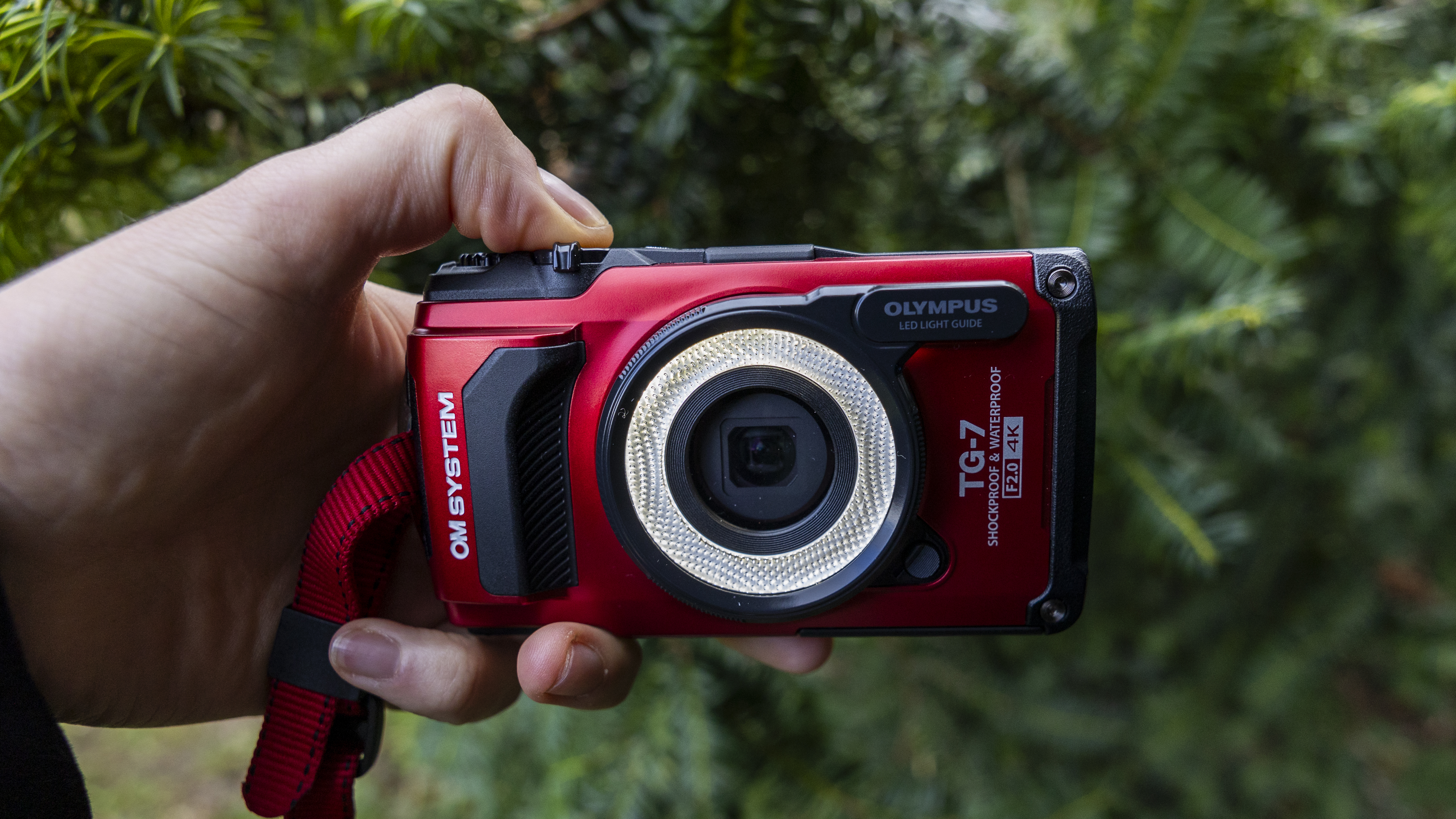

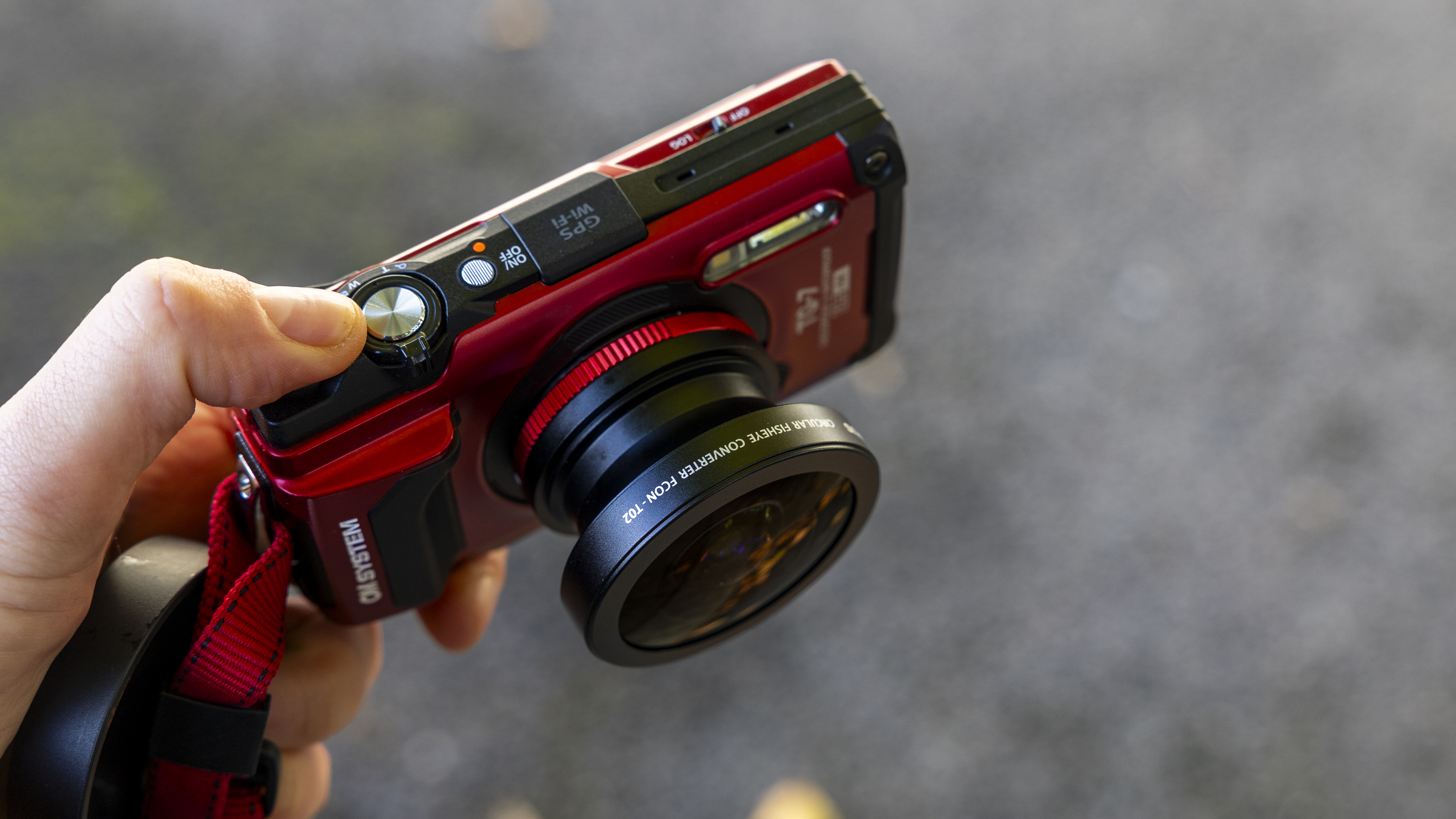
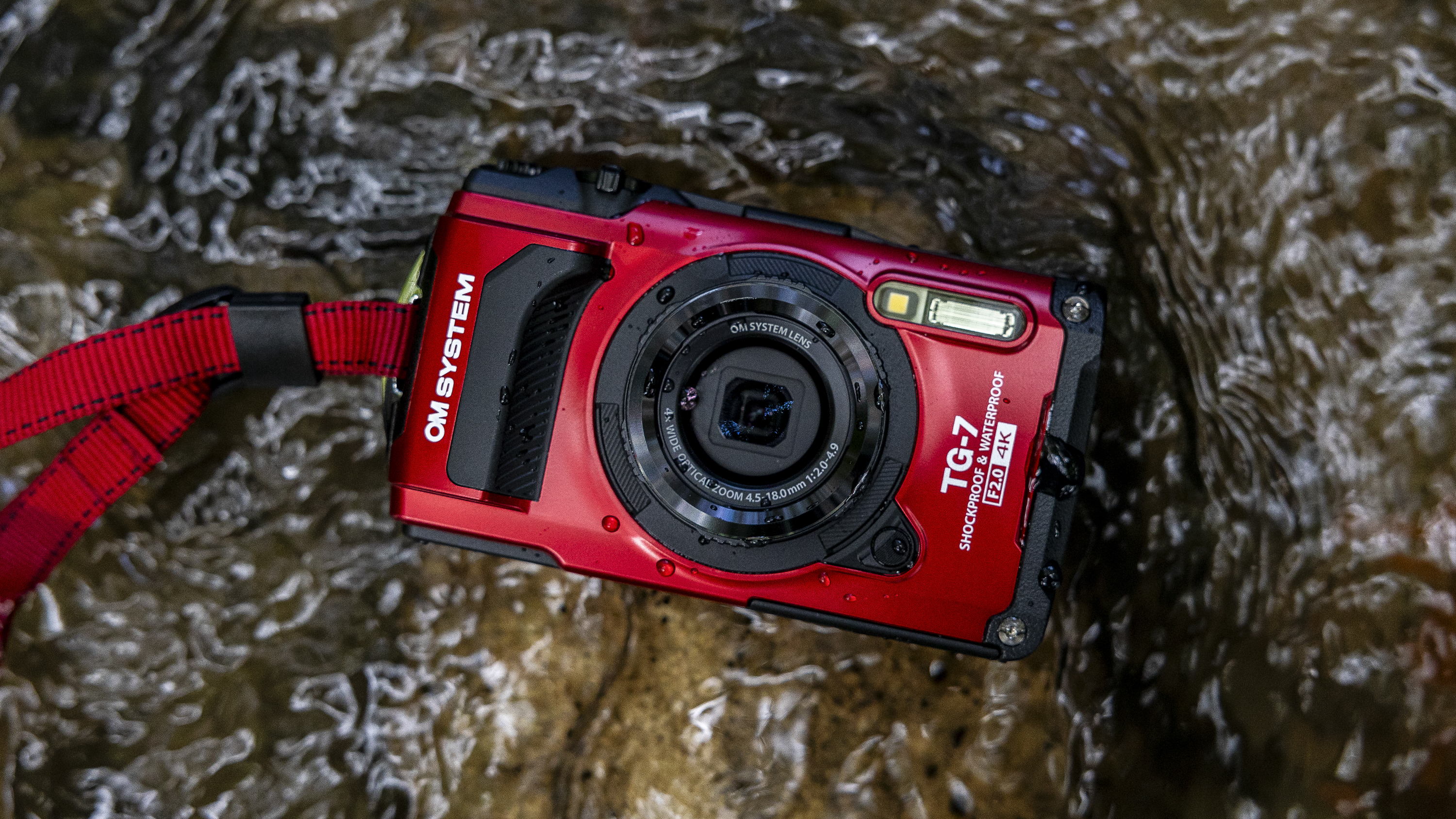
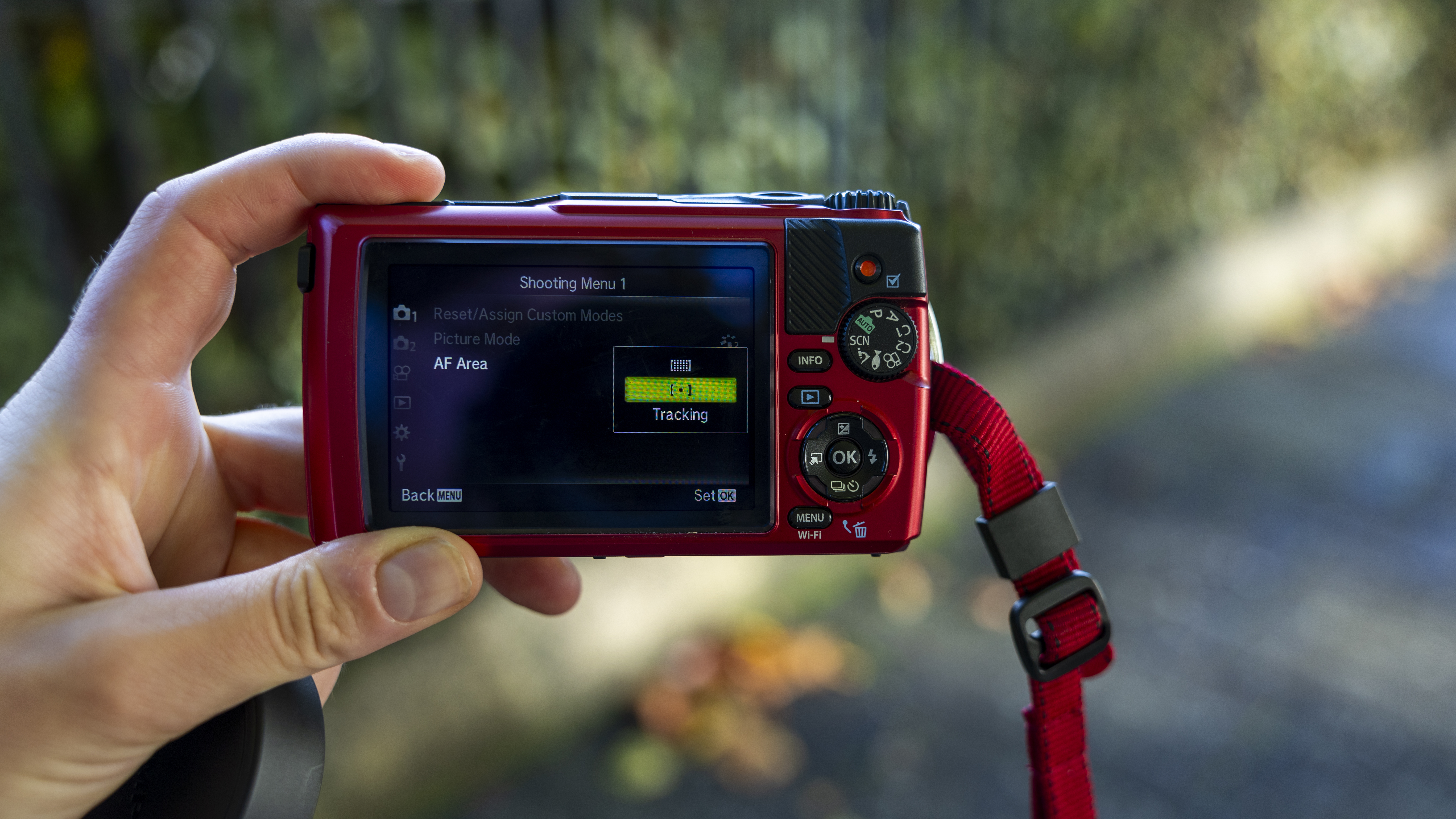
Specifications
Reasons to buy
Reasons to avoid
OM System Tough TG-7 sample images
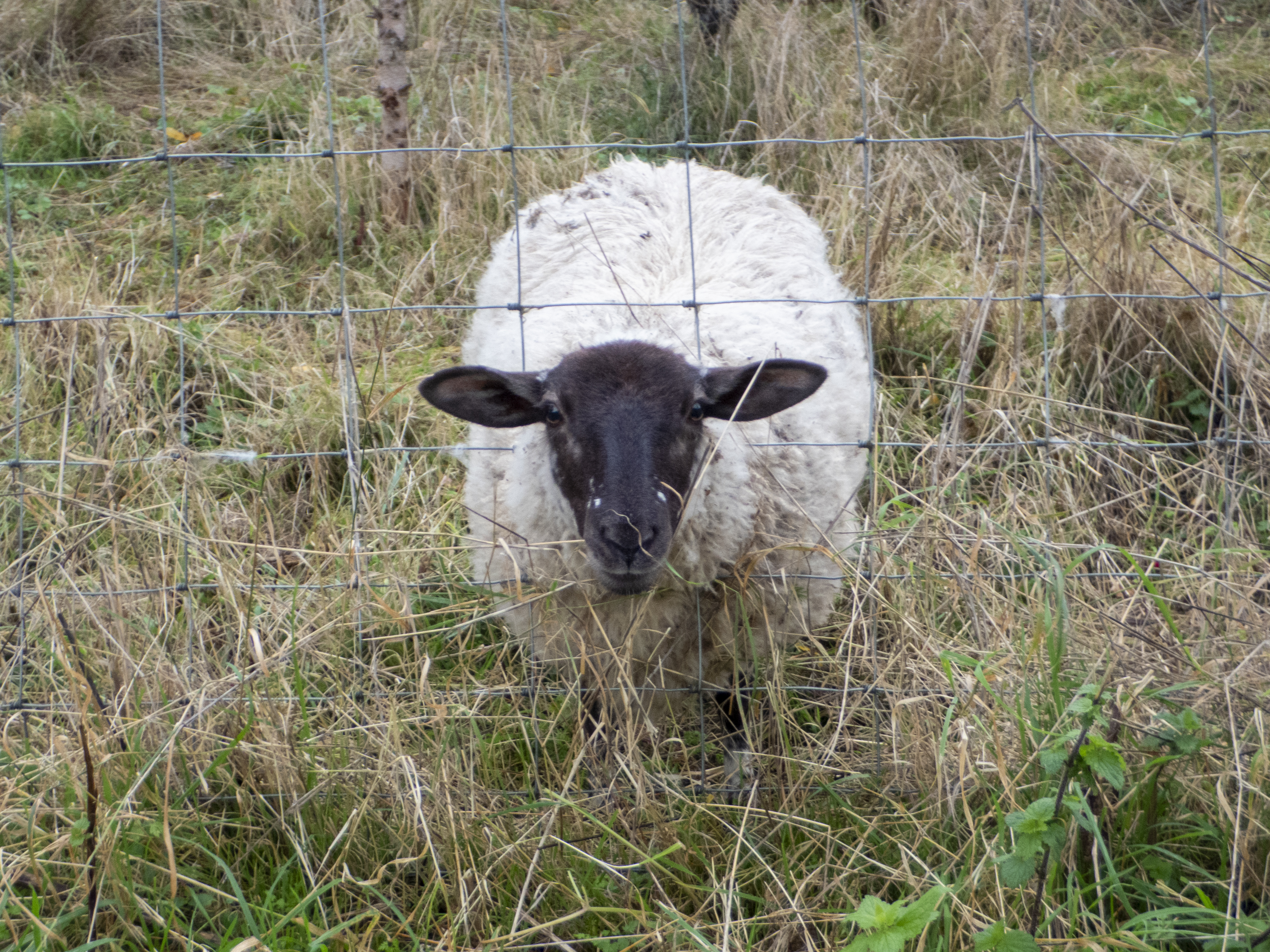
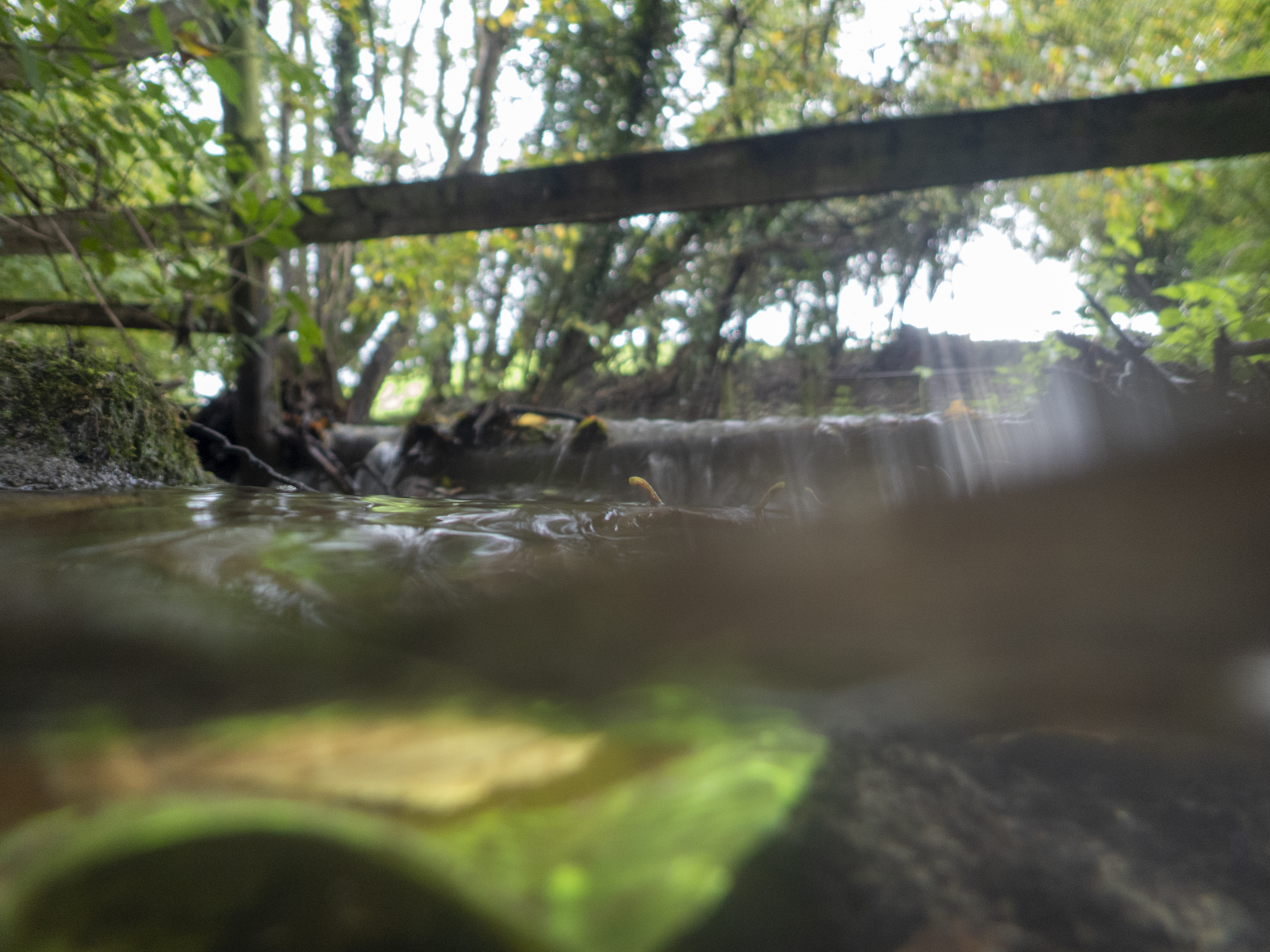

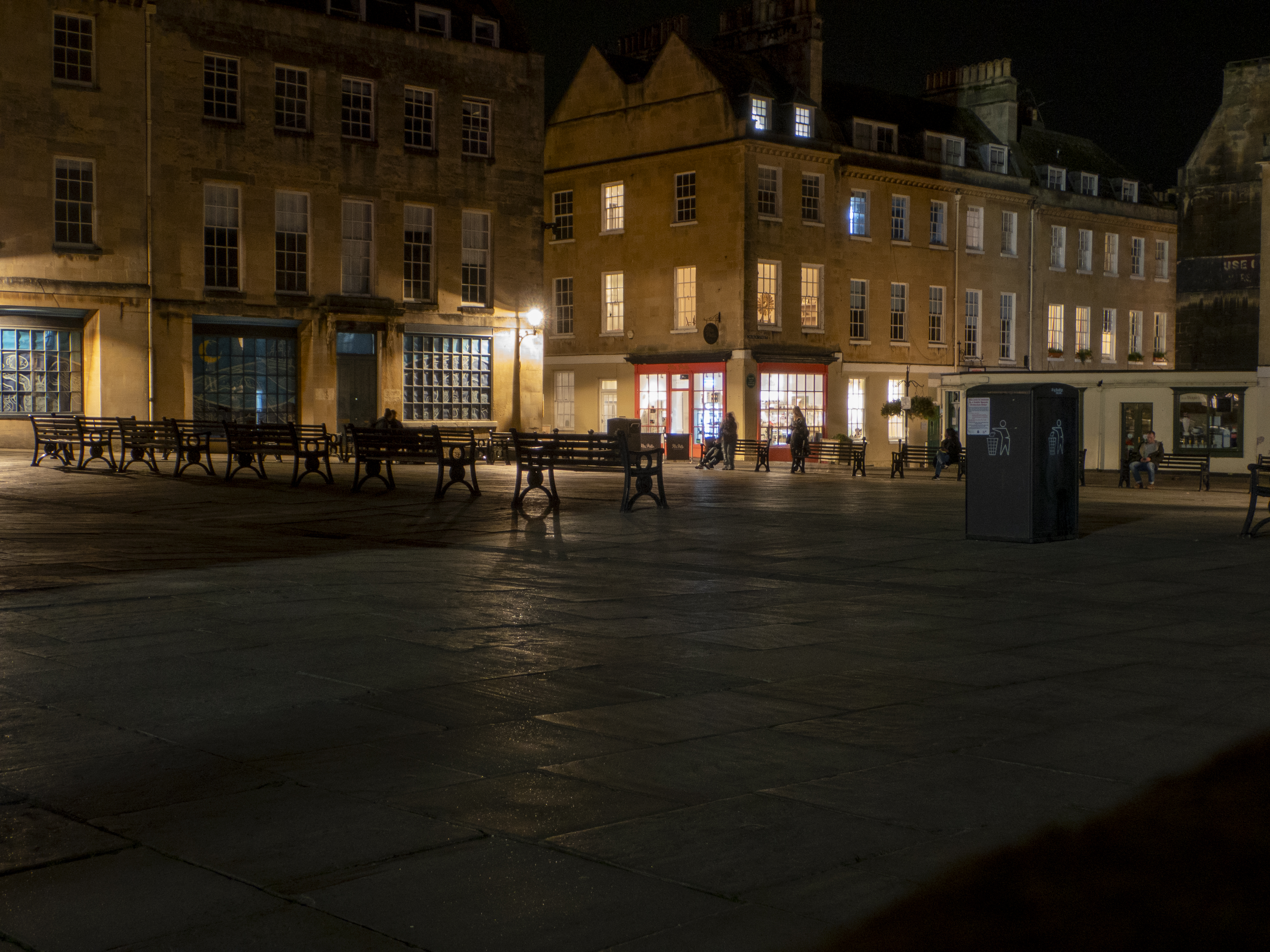
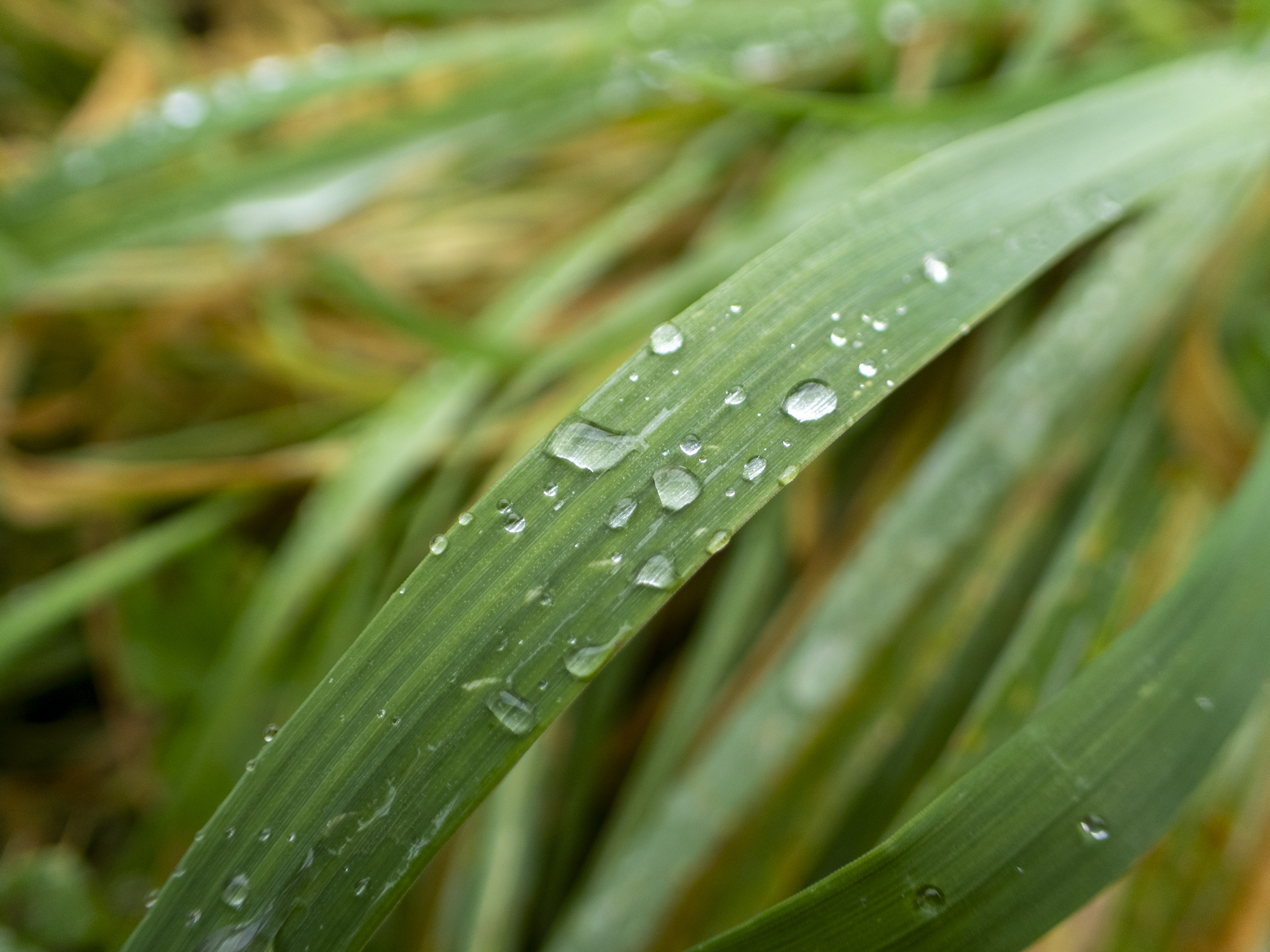
✅ You want an indestructible family camera: The TG-7 is a take-anywhere companion that you can drop in puddles and sand, and submerge in water up to 15m.
✅ You're more into photos than video: The TG-7 offers a surprising amount of photography features for its price.
❌ You want the best image quality: There's no escaping the 12MP resolution, and the fact that real-life image quality lags behind that of many modern smartphones.
❌ You want exciting apps alongside connectivity: Using Bluetooth, you can connect the Tough TG-7 to your smartphone with the OI.
The OM System Tough TG-7 is our top ranking waterproof camera. It can withstand 15m dips underwater, drops from 2.1m and temperatures down to -10°C. Its rugged credentials means kids can take it out shooting without worries of damaging it. It's also small enough to slip into a pocket. In our review, we found that its raised buttons allow for easy control with wet or gloved hands, while the guided interface is great for young learners..
There's a built-in zoom, while scene modes get you set to capture adventures regardless of skill level. It's not the best action camera for photo and video quality, even lagging behind older camera phones like the iPhone 12. However, the TG-7 offers a more tactile experience and can shoot in situations that you wouldn't otherwise risk a phone or regular camera, plus it has a wealth of additional accessories like lenses and lights.
Read our in-depth OM System Tough TG-7 review
Best screen free
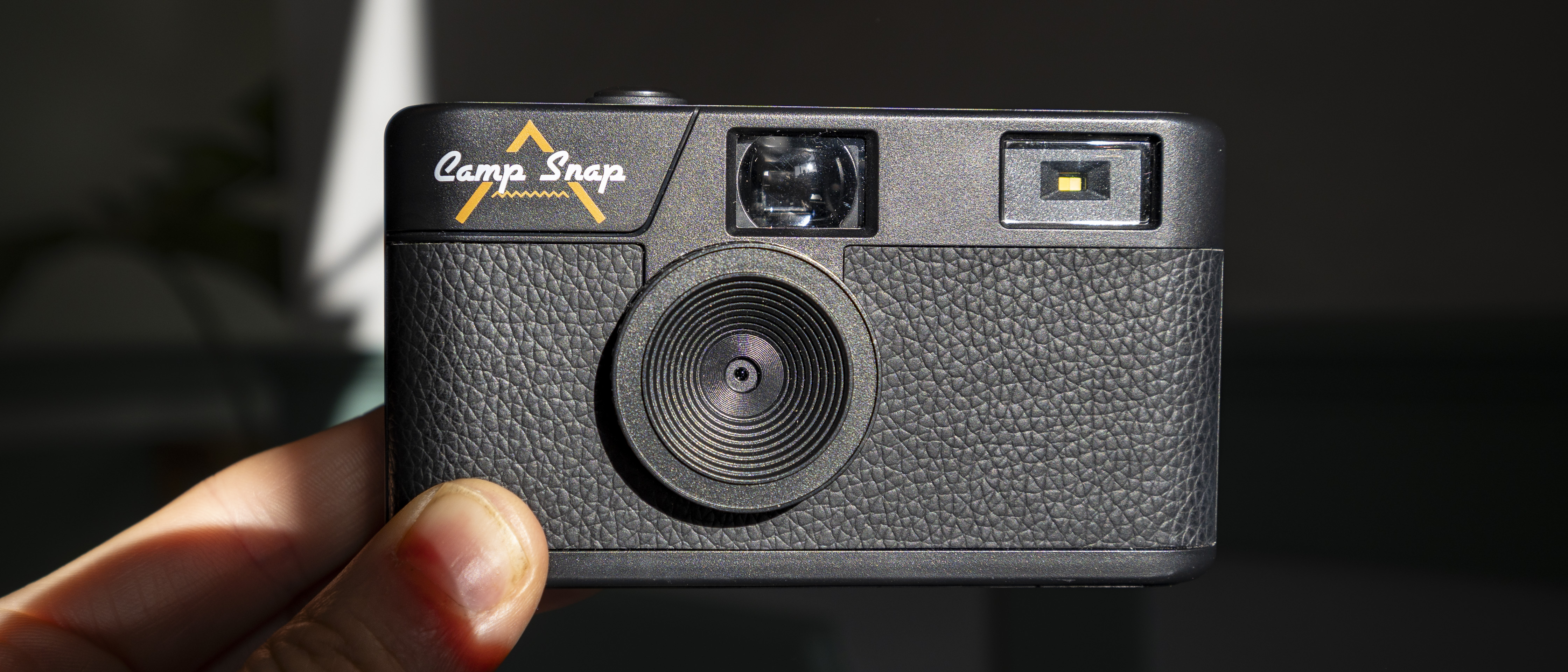

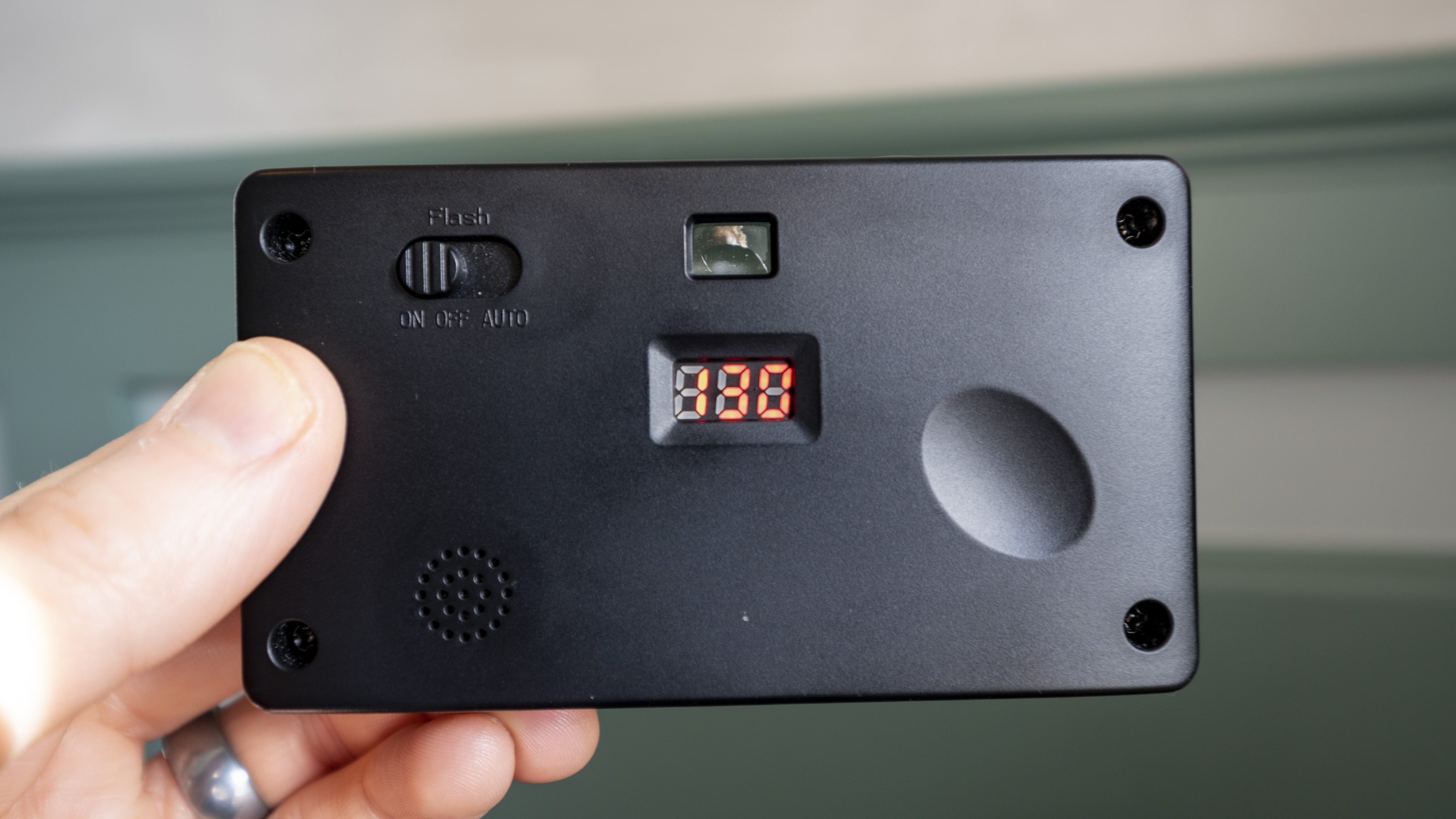
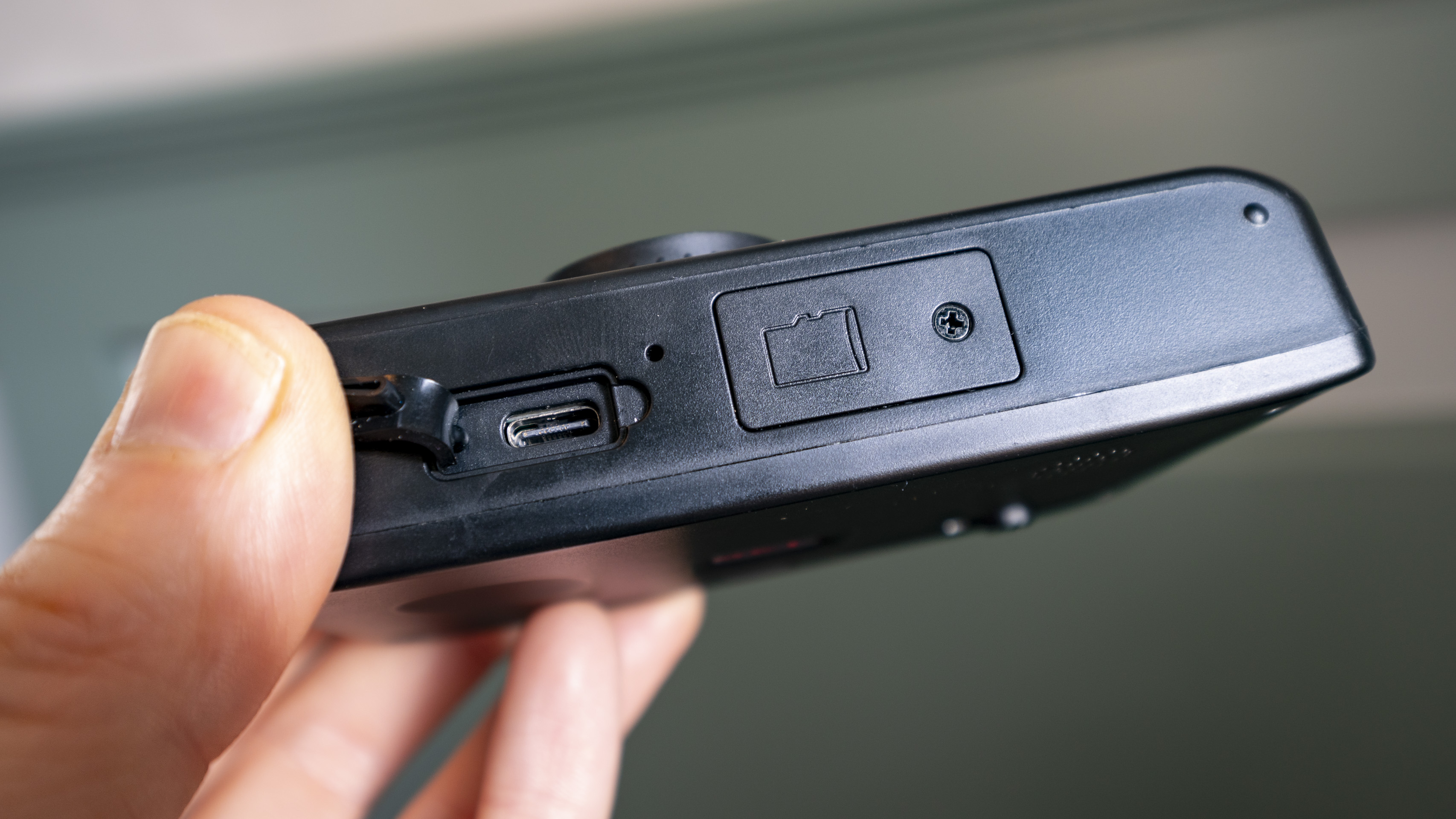
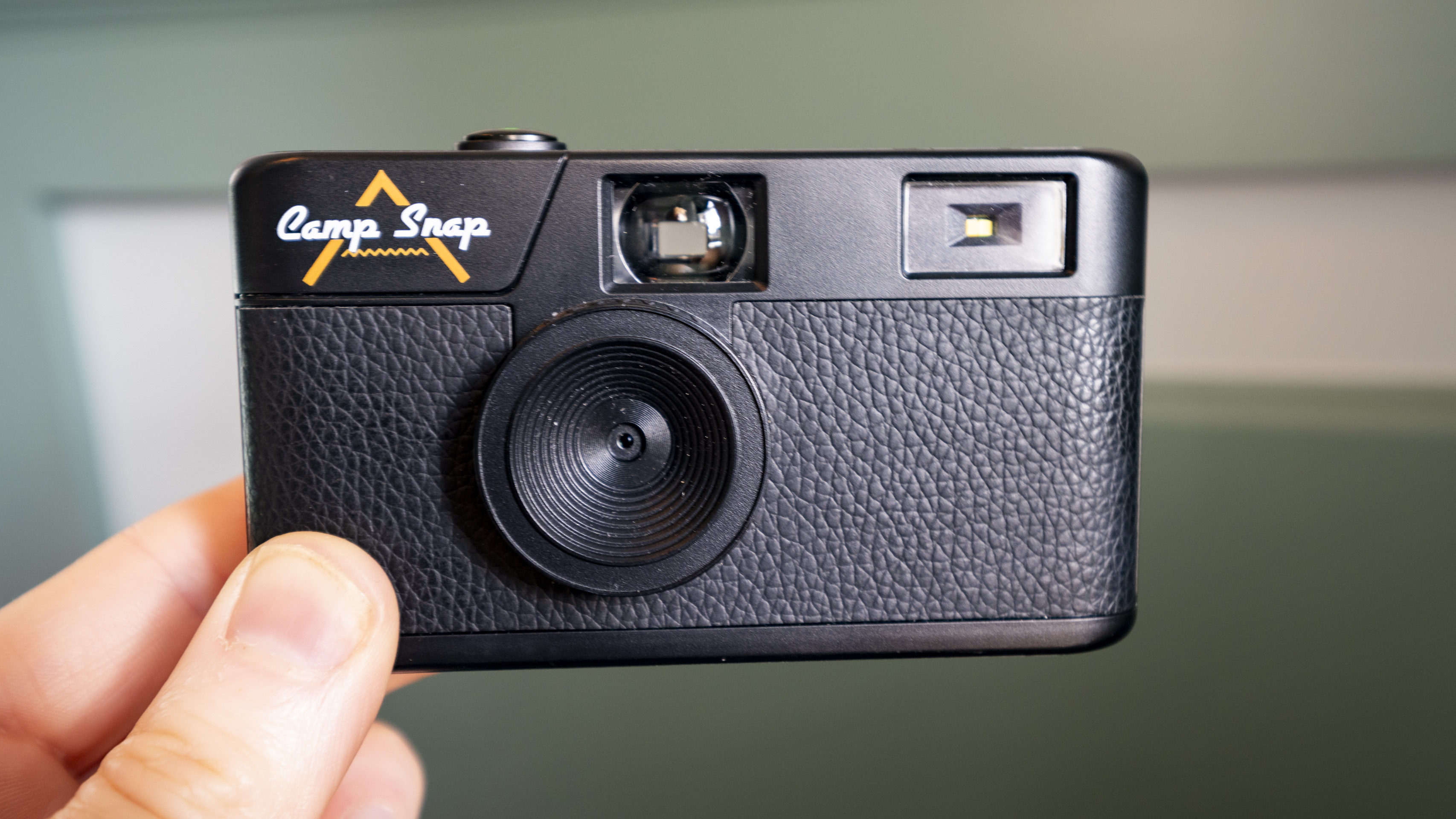
Specifications
Reasons to buy
Reasons to avoid
Camp Snap Camera sample images
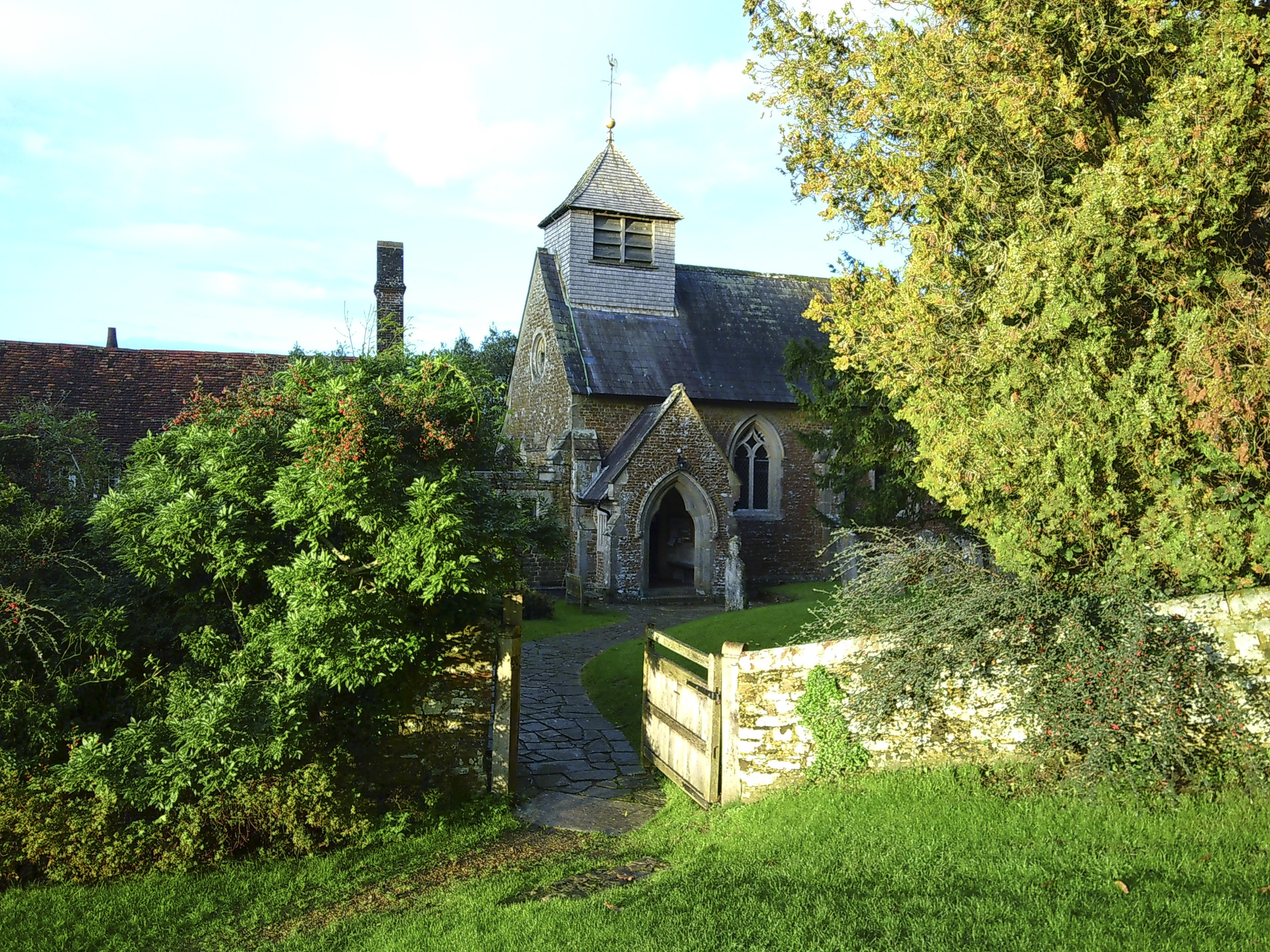

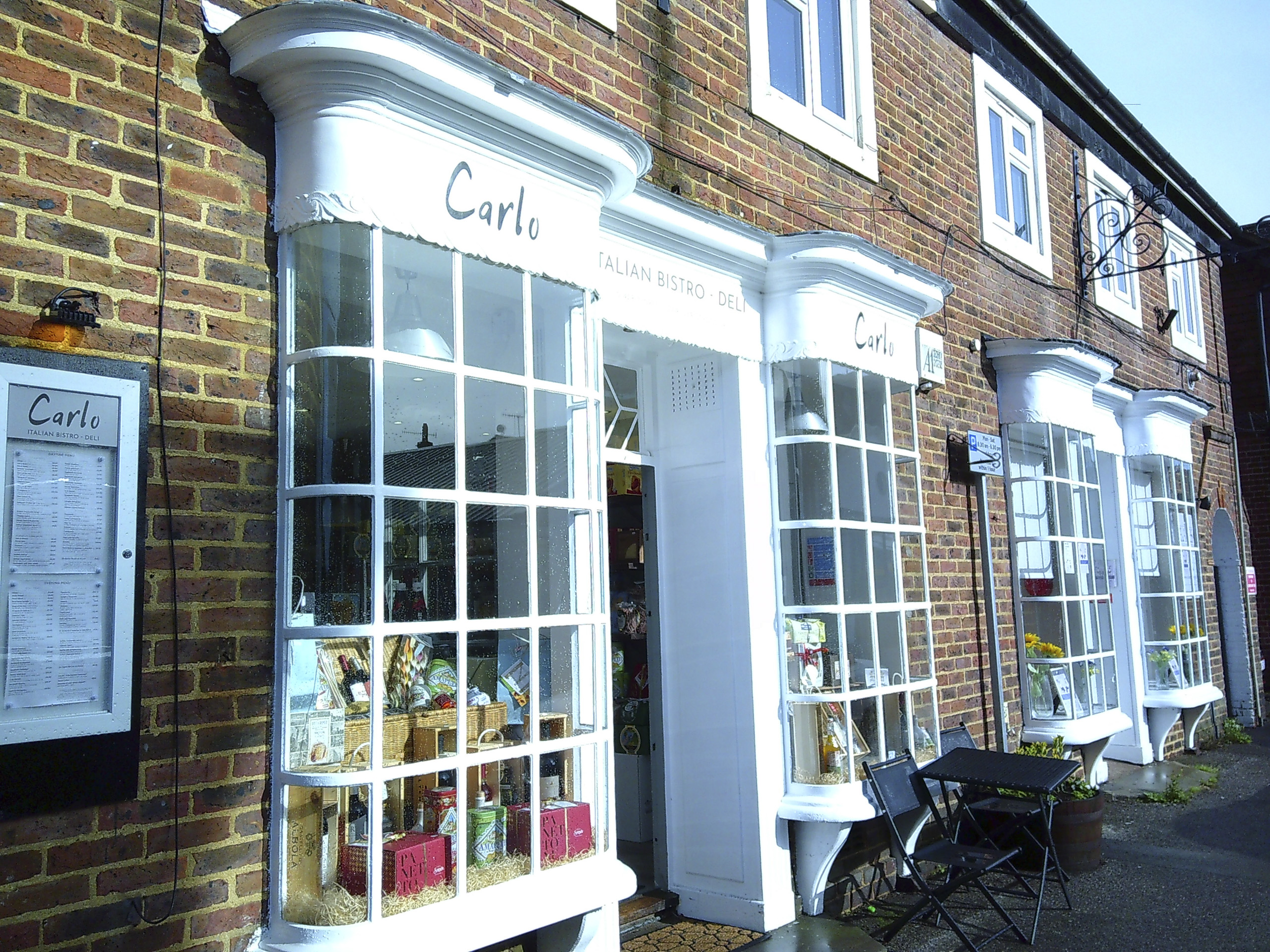
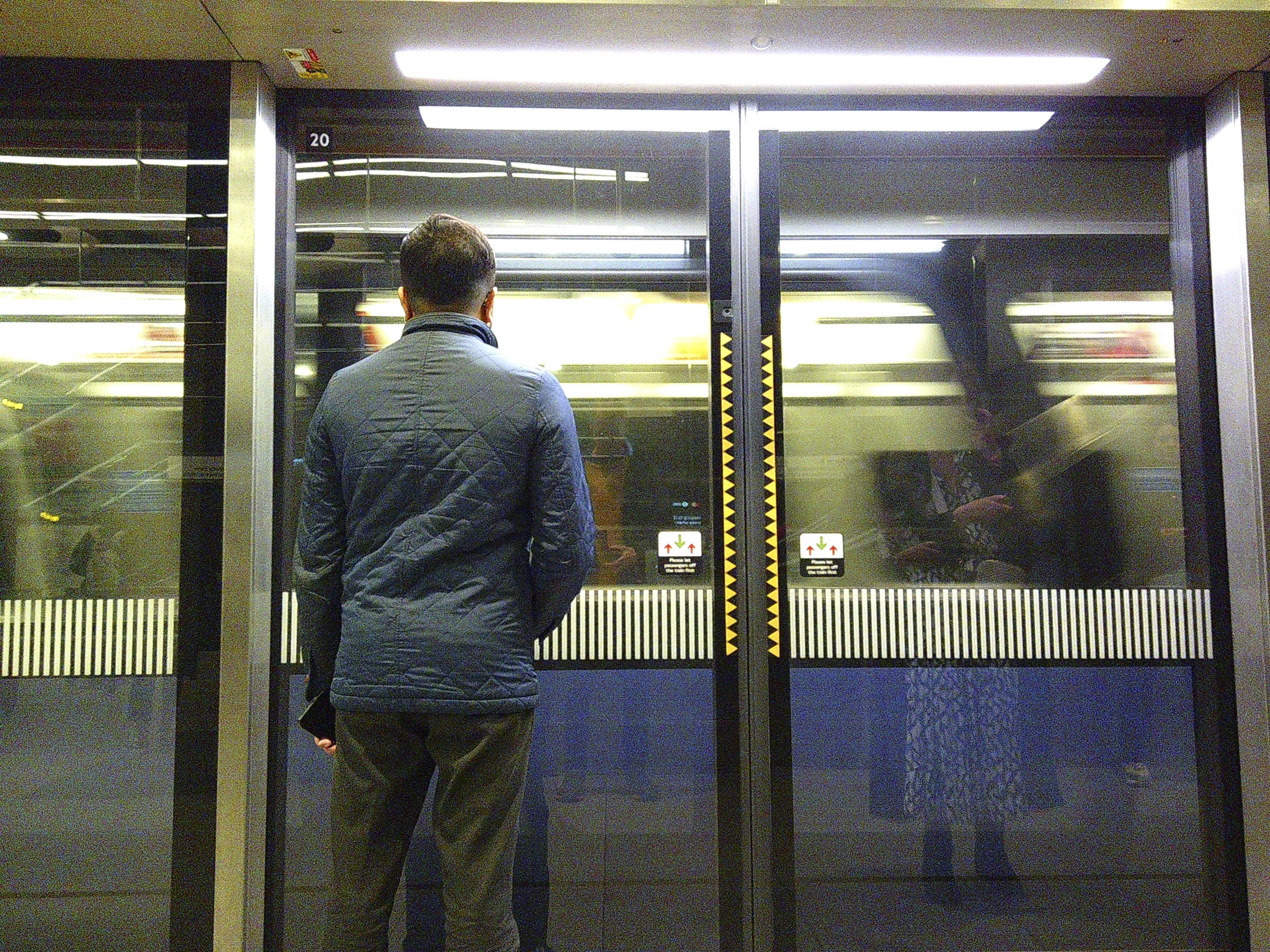

✅ You want time away from a screen: The Camp Snap's selling point is what it lacks. There's no screen, just a great device for taking photos.
✅ You're after a simple and low-cost gift for the kids: Being digital, the running costs are negligible, too, especially compared to film.
❌ You want decent quality pictures: It's simple, the Camp Snap camera is a low-tech product with low-bar image quality.
❌ You want to get creative: As a point-and-shoot with fixed focus and no filters, there's no real scope for getting creative.
The Camp Snap camera is a low-cost, low-tech reimagining of the single-use camera. It lacks a screen, making it a refreshing antidote to our screen-led culture. The first time you see your photos is when the Camp Snap camera is connected via its USB-C port to upload them to your computer. It can store around 2,000 digital 8MP photos on an included TF memory card. In use, the Camp Snap offers point-and-shoot, all-auto simplicity for all the family. Kids will have no problem operating it, and parents won't be over protective thanks to its rigid plastic shell.
You get a viewfinder, which is pleasant enough though somewhat affected by the red glare of the LED photo counter. There's also a built-in LED flash, which could benefit from being more powerful. A thumb groove on the camera’s rear gives a little hold, plus the USB-C port doubles up to charge the battery. With no power-hungry features, the battery should last several days of moderate use. This was designed for kids going on screen-free camping trips, and I think it appeals to a much wider audience.
Read our in-depth Camp Snap camera review
Best DIY build project
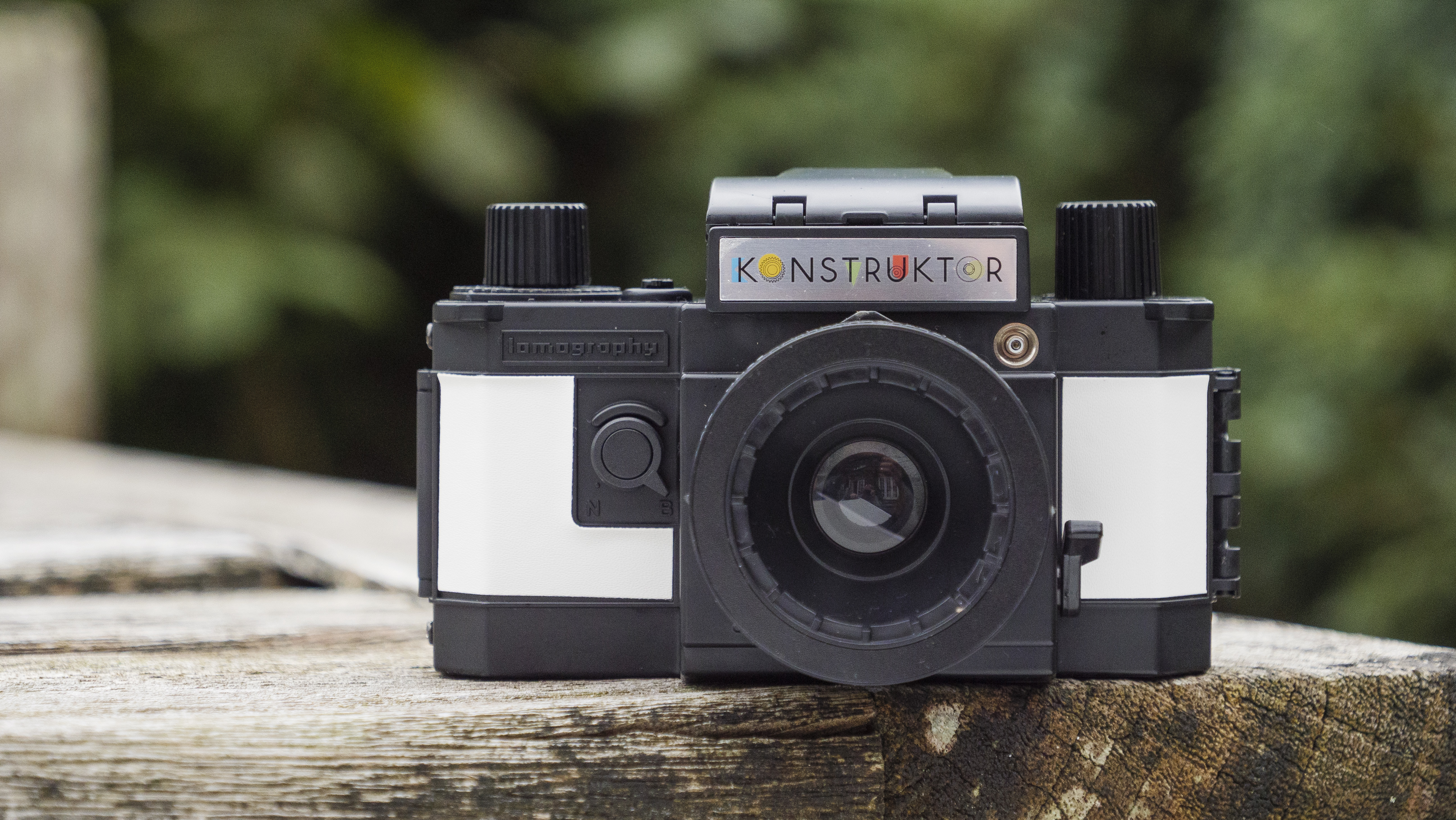
4. Lomography Konstruktor F
Specifications
Reasons to buy
Reasons to avoid
✅ You want something customizable: The fact that this camera can be constructed and customised is one of its biggest selling points.
✅ You want a reasonably priced camera: The plastic construction makes this one of the most affordable cameras out there for children.
❌ You want something really robust: The build of this camera is quite fiddly and won't last long if dropped.
❌ You want great material quality: This camera is distinctly plastic and would score zero on a premium feel scale.
Included in the Konstruktor F kit is everything you need to build a 35mm SLR film camera, complete with customization sticker sets. This updated ‘F’ version is compatible with flash, although this is one of many optional ‘Konstruktor’ series accessories for this reasonably priced kit. Other accessories include a close-up twin lens kit and film pack bundle.
Our nimble seven-year-old assistant was at his limit with this complex kit, which takes in the region of 1-2 hours to make – it's possibly more suited to teenagers, depending on your kids' skills and patience. As you build, you truly get to see the internal mechanics of an SLR camera. We think the Konstruktor F is a fantastic option for those that love to build, see how things work, and enjoy the fruit of their labor with a charming finished product. Alternatives from Lomography include the LomoMod No.1 kit, which is also well worth a look.
Best versatile video camera
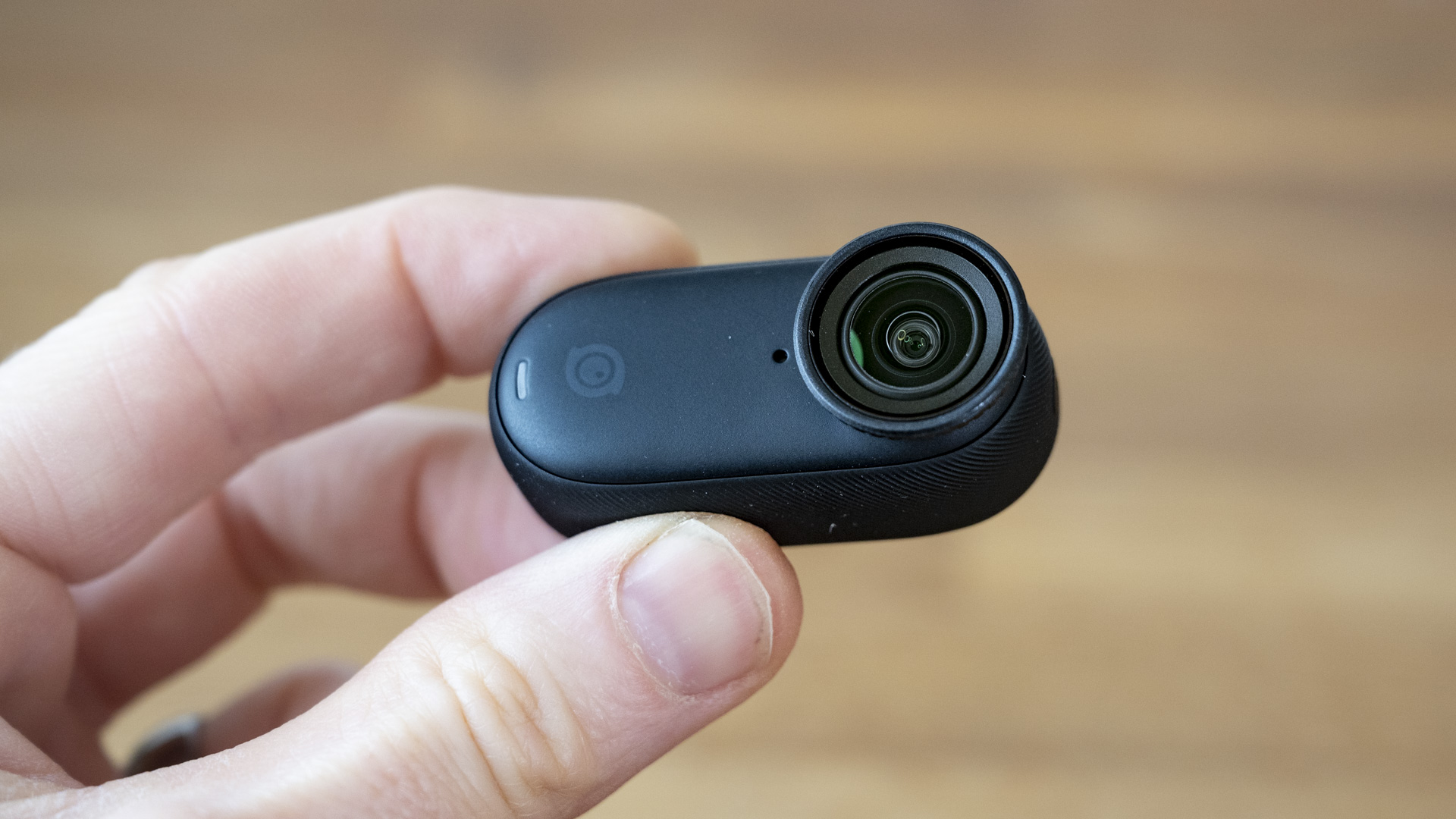
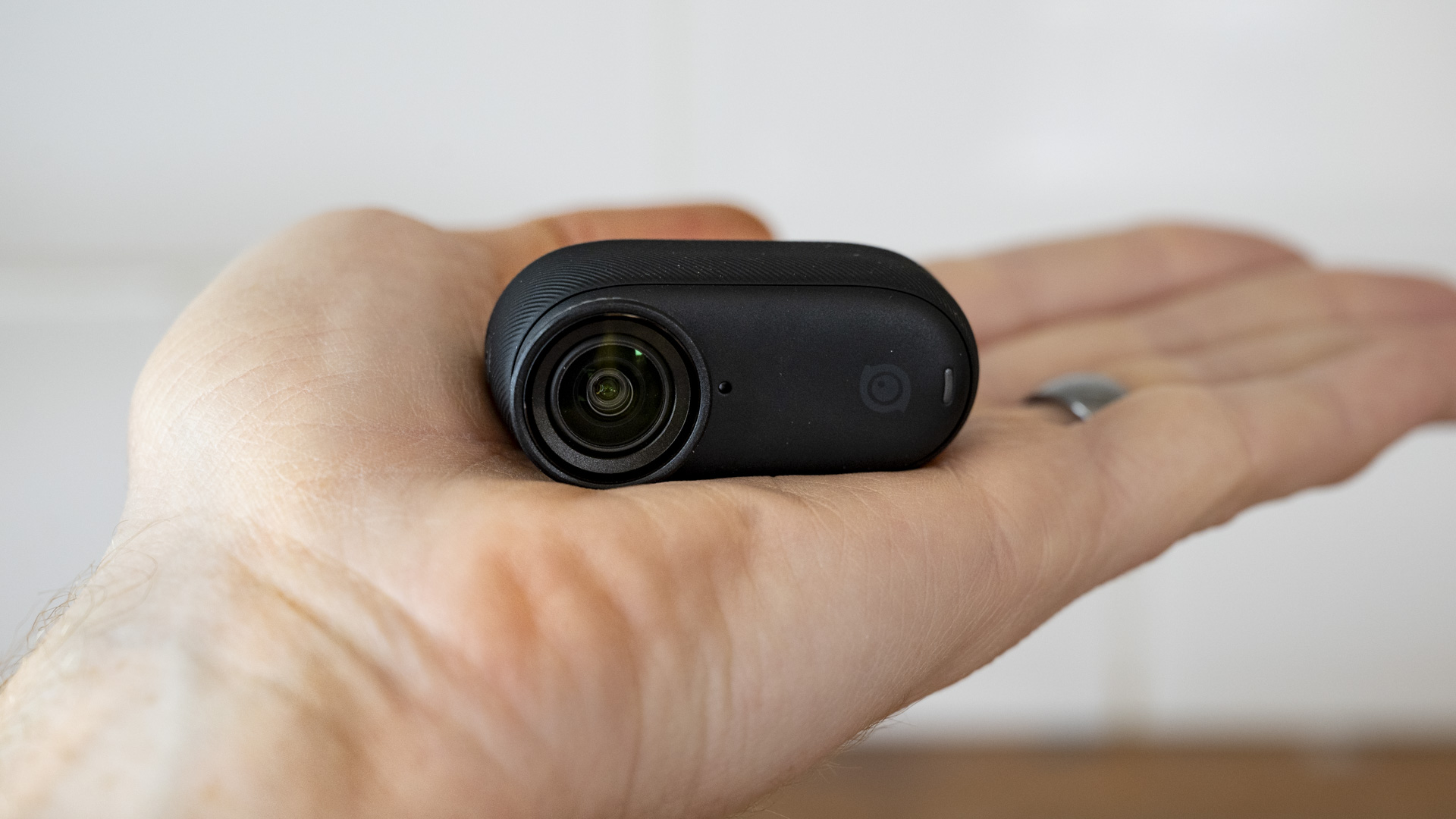
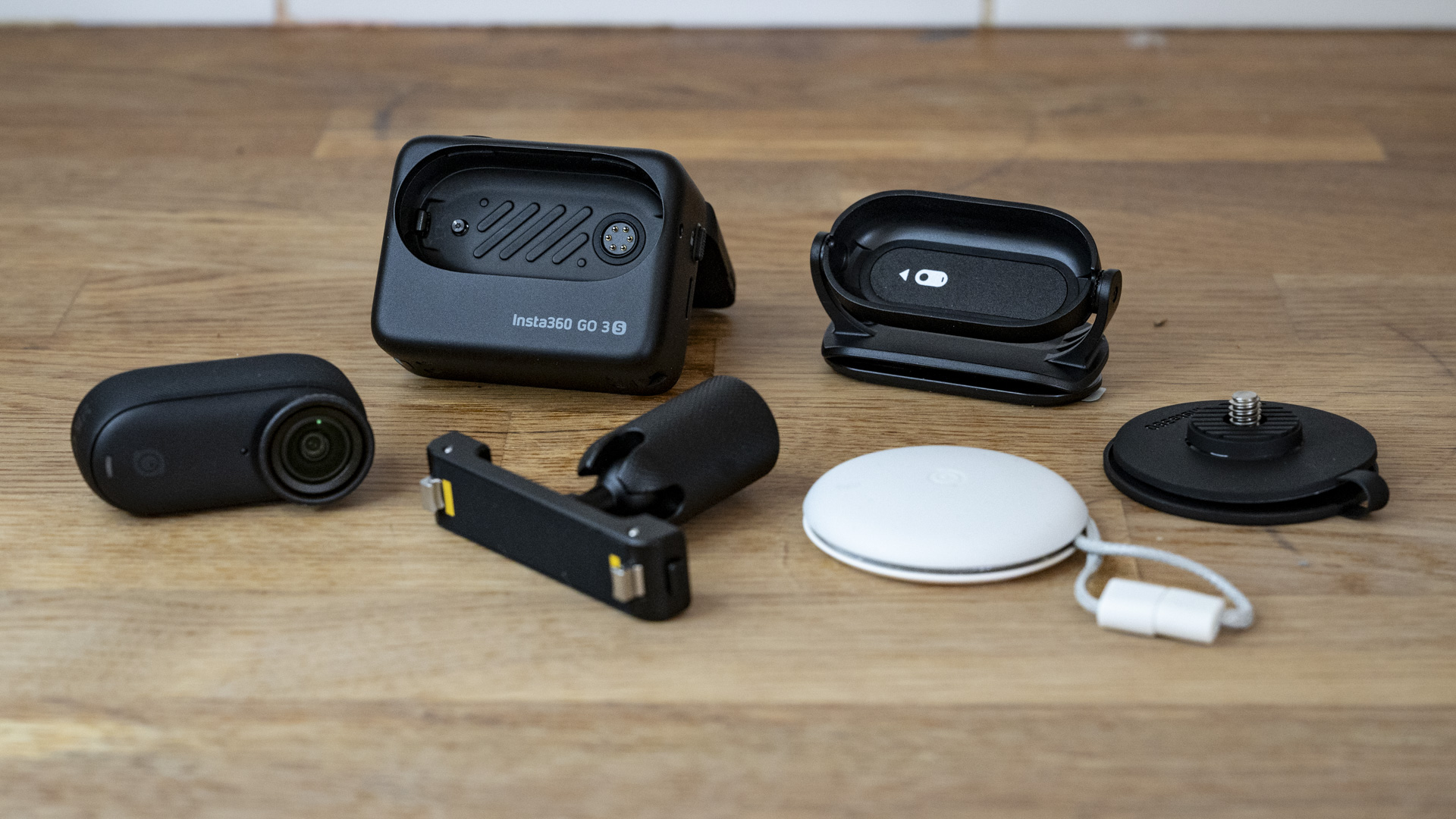
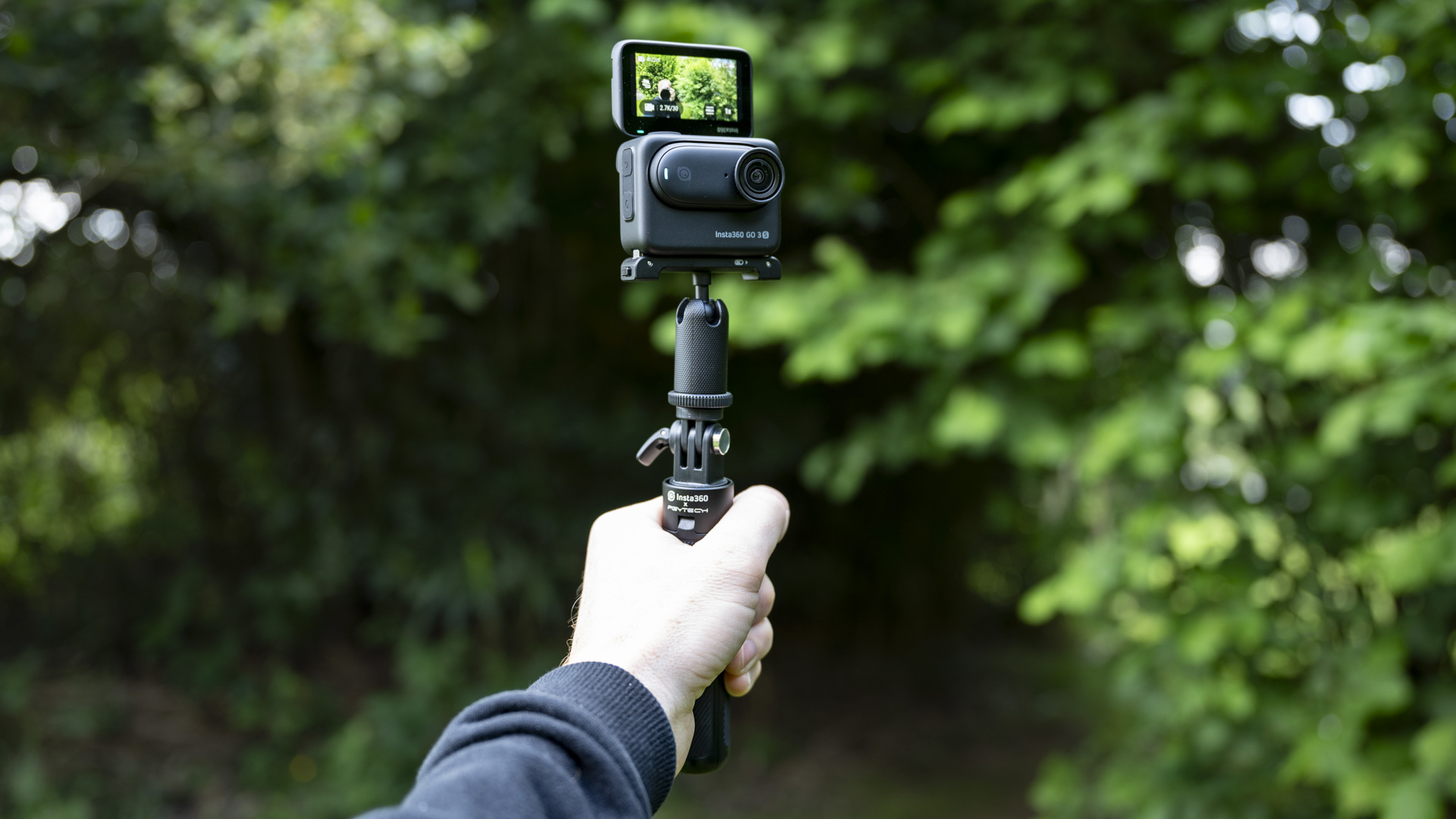
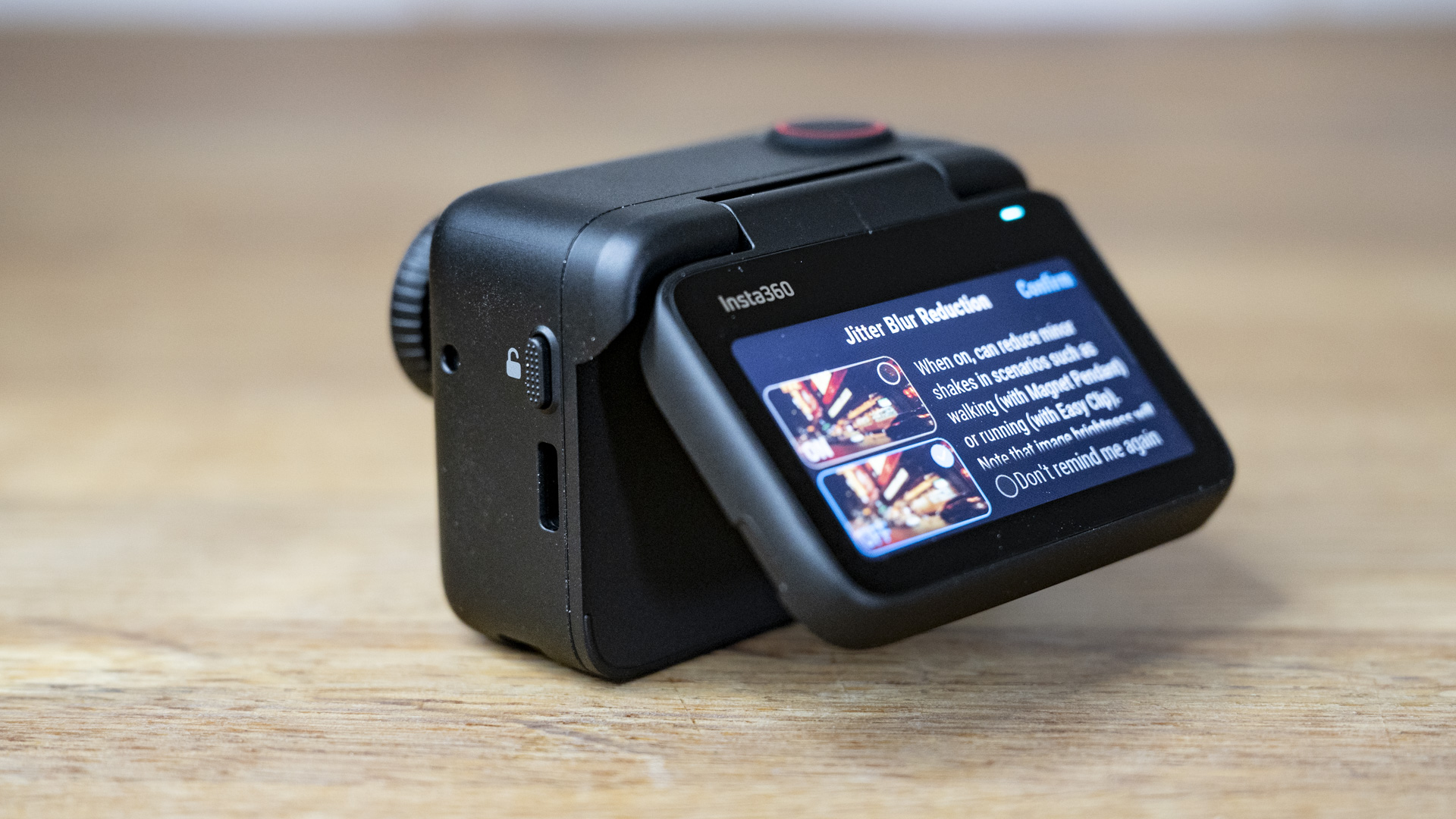
Specifications
Reasons to buy
Reasons to avoid
Insta360 Go 3S sample images
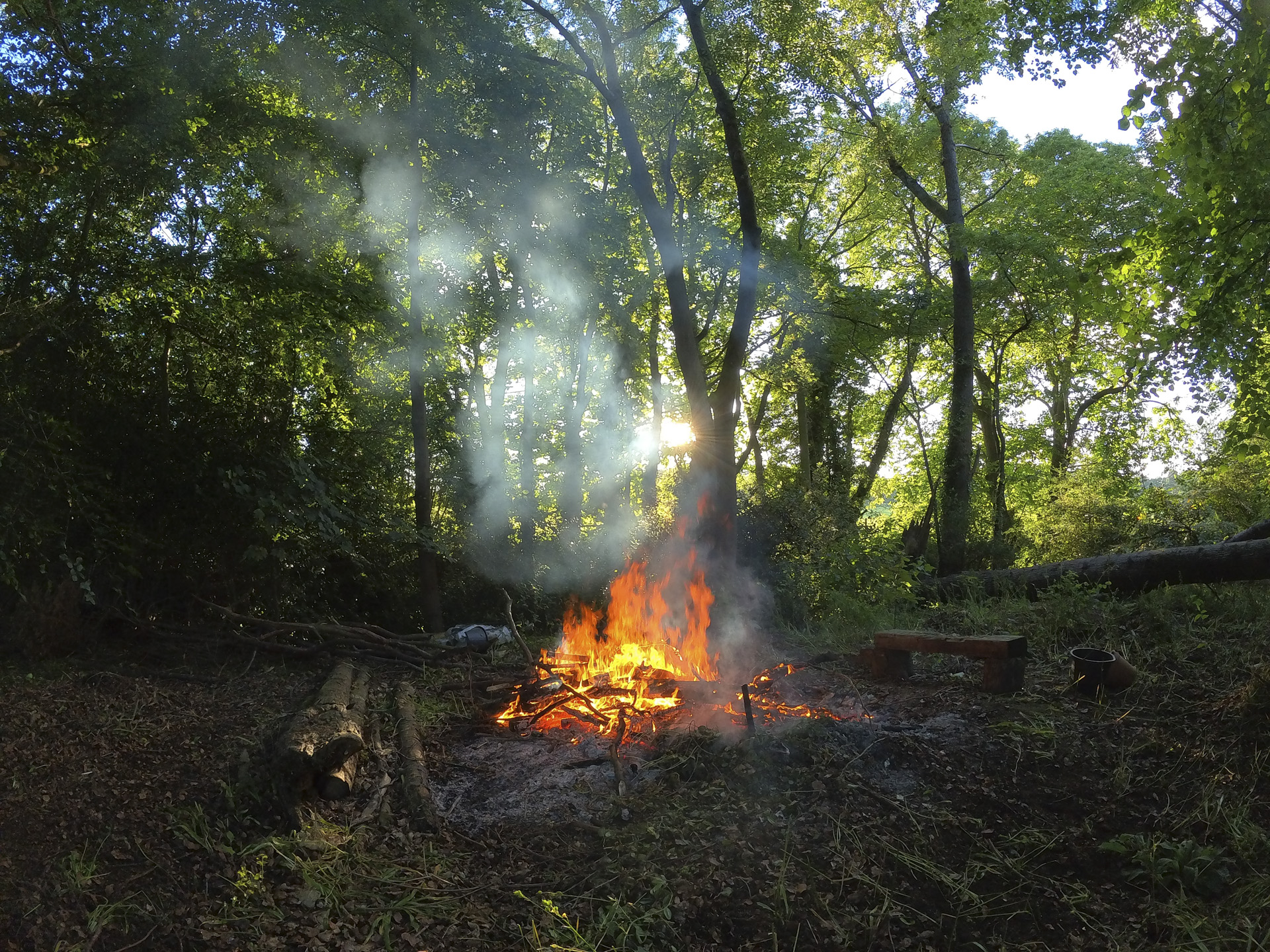
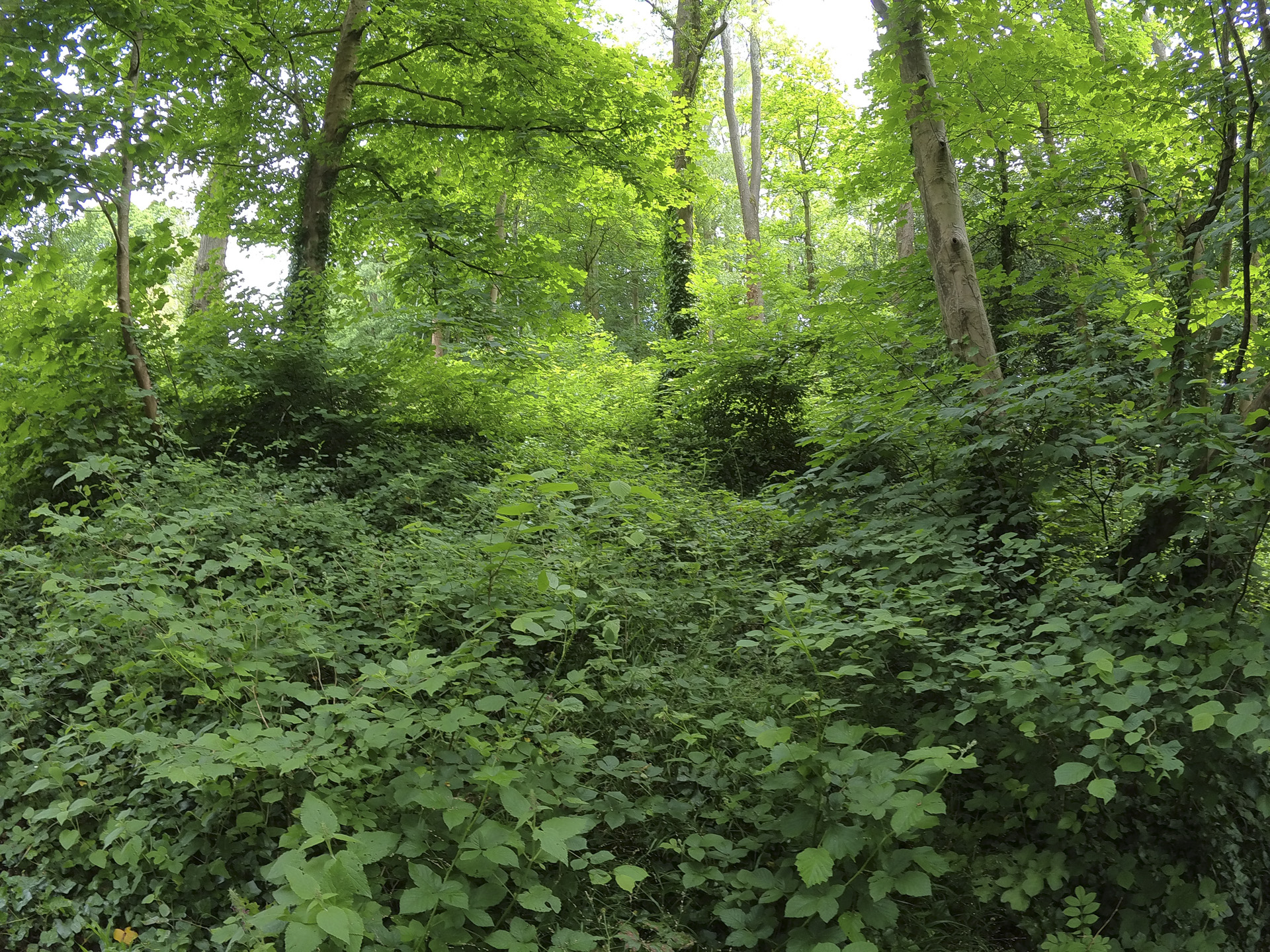
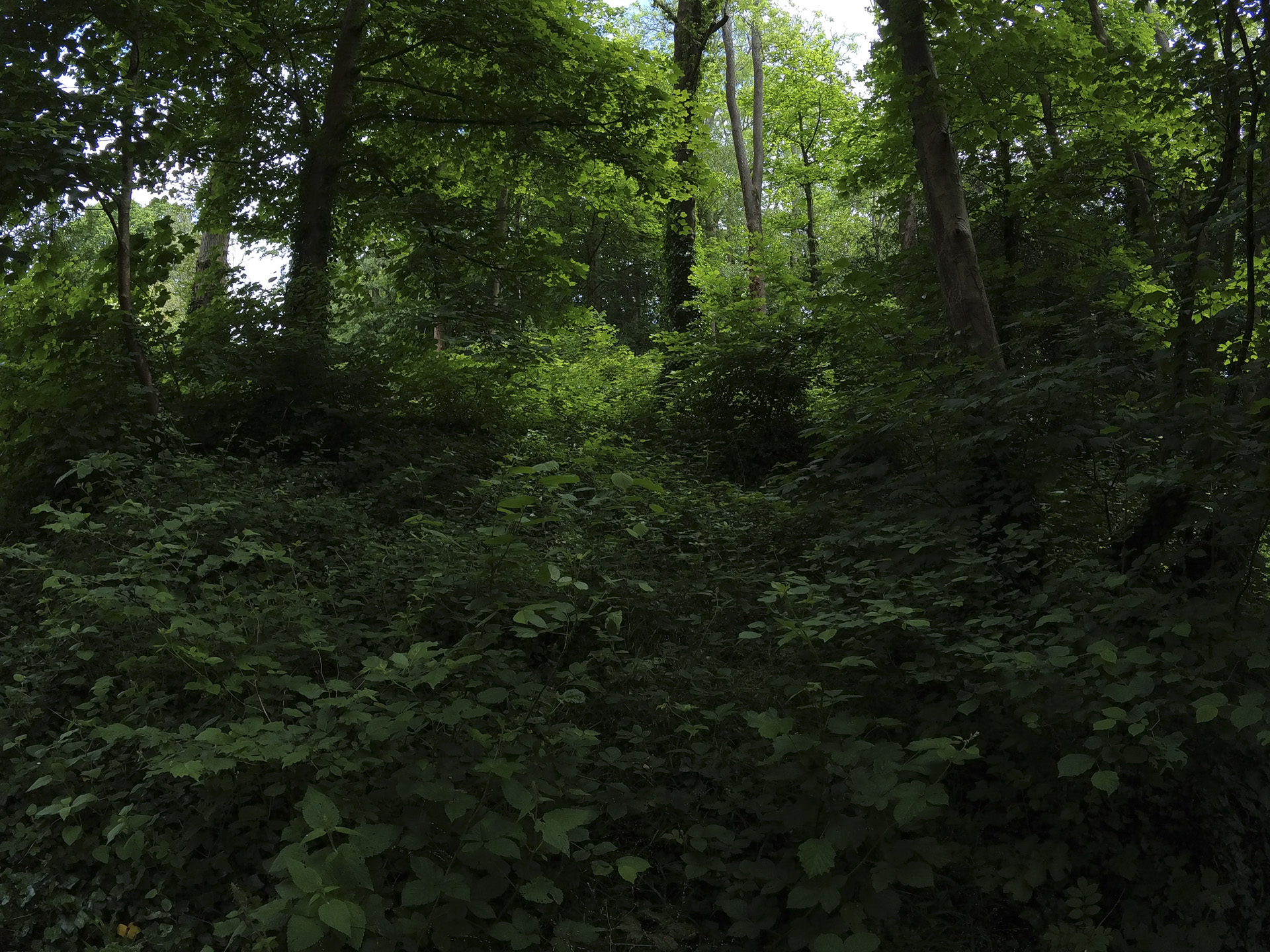
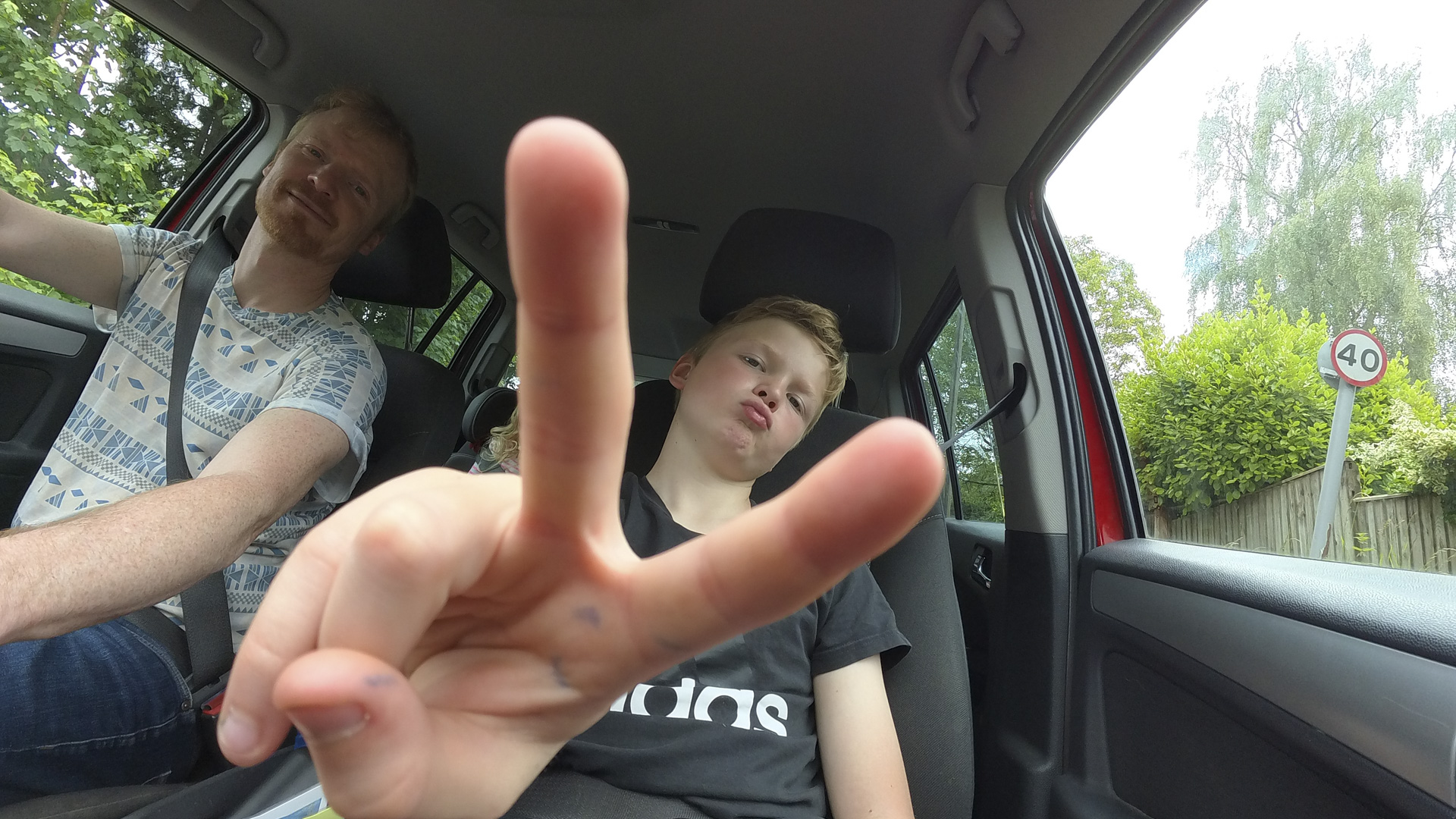
✅ You want a tiny magnetic camera: The Insta360 Go 3 can be mounted on any magnetic surface making it super versatile.
✅ You need stabilized footage: This camera's built-in stabilization will help to smoothy out any shaky footage you take with it.
❌ You want the best image quality: 4K resolution improves the quality of video, but the Go 3S still struggles in low lighting.
❌ You want a fully rugged action camera: The add-on Action Pod still misses out on waterproofing, so you can't take the screen swimming.
We loved the Insta360 Go 3 for its tiny form factor, simple interface and the ability to stick it to any magnetic surface. The Go 3S takes that same recipe and sharpens things up with a 4K resolution, making it an even more appealing choice for young creators who want to capture unique angles with a miniature action camera. In our review, we commented that it’s a camera that holds its value for families, especially because its auto-rotate feature makes it simple to switch between vertical and horizontal recording.
It’s still not a perfect tool: our tests found that other options out-perform it in low lighting, whole battery life isn’t particularly strong – so youngsters will need to get used to timeouts. The Action Pod returns, giving you a flip-up screen for easy framing, but as before, this isn’t waterproof, so you can’t preview shots in water. All the same, if you want a truly pocket-friendly camera that lets your kids shoot first and frame later, the Go 3S is our recommendation.
Read our in-depth Insta360 Go 3S review
Best for young kids

6. myFirst Camera 3
Specifications
Reasons to buy
Reasons to avoid
✅ You want photo and video capability: With the option to shoot both 12MP photos and 1080p video, you've got all bases covered.
✅ Your kids love taking selfies: A selfie lens above the screen make it easy to frame and shoot fun selfies.
❌ You have an older child: This camera is firmly targeted towards younger children and would seem too childish for those older than 5 years old.
❌ You want a robust camera: This small point-and-shoot won't survive too many drops despite its 'shockproof pouch'.
Our seven-year-old tester declared this tiny point-and-shoot camera as, "good for three-year-olds" at first sight. Certainly, its tiny form factor (available in blue or pink) and rubberized body encased in a ’shockproof pouch' will bring a smile. However, ideally, you’ll avoid this plastic camera being thrown around too much.
In use, you have a simple fixed lens 16MP rear camera that features a macro mode, though you’ll need to show a young one how it’s done. There’s also a front-facing camera above the 2-inch screen for selfies. Hold down the shutter button and you get 1080p videos. There’s a host of digital templates that can be added to photos that provides much entertainment, though hopefully, your child won’t tire of scrolling through all of those options. This camera is best suited for kids under the age of five.
Best for budding vloggers
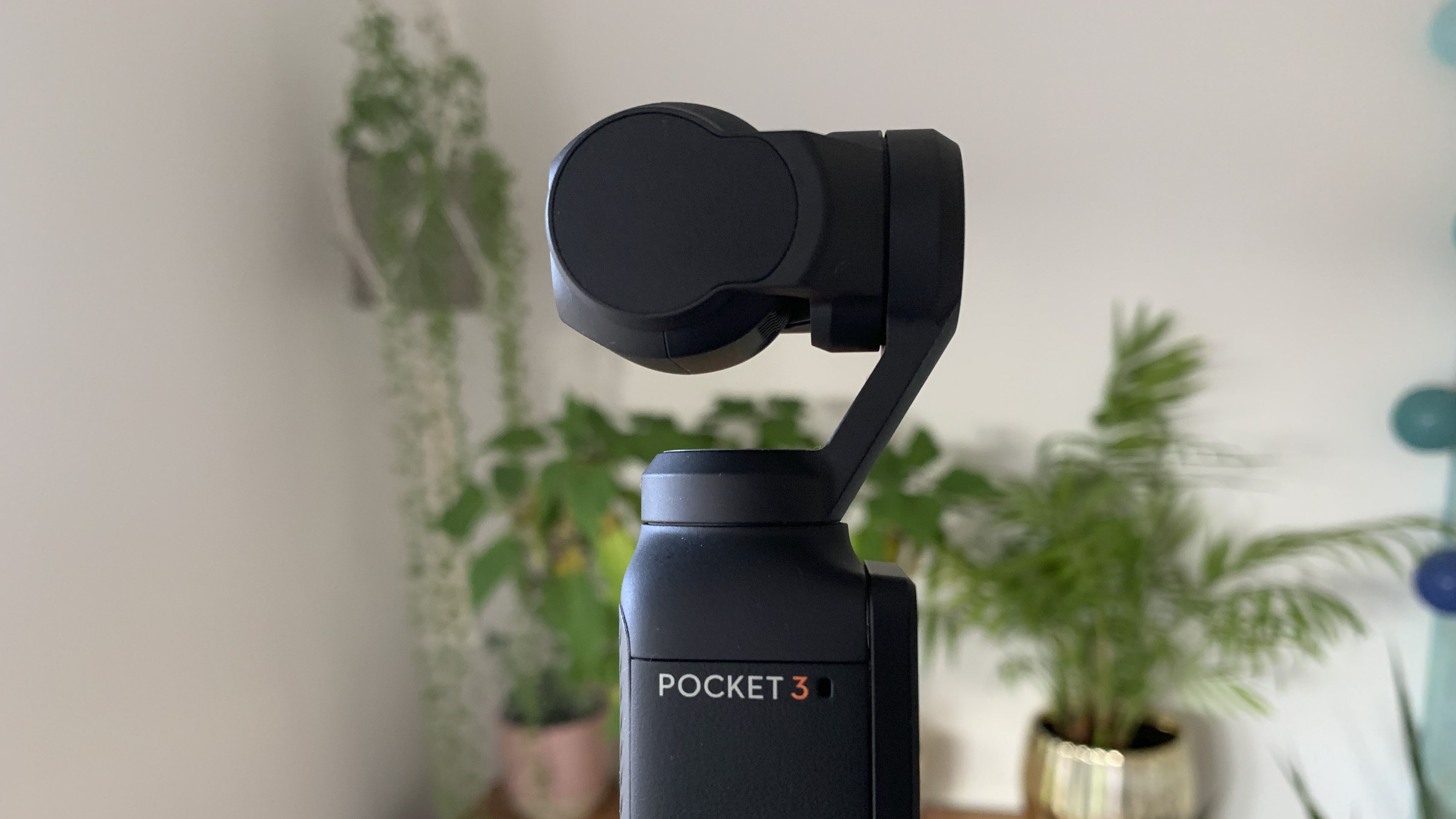

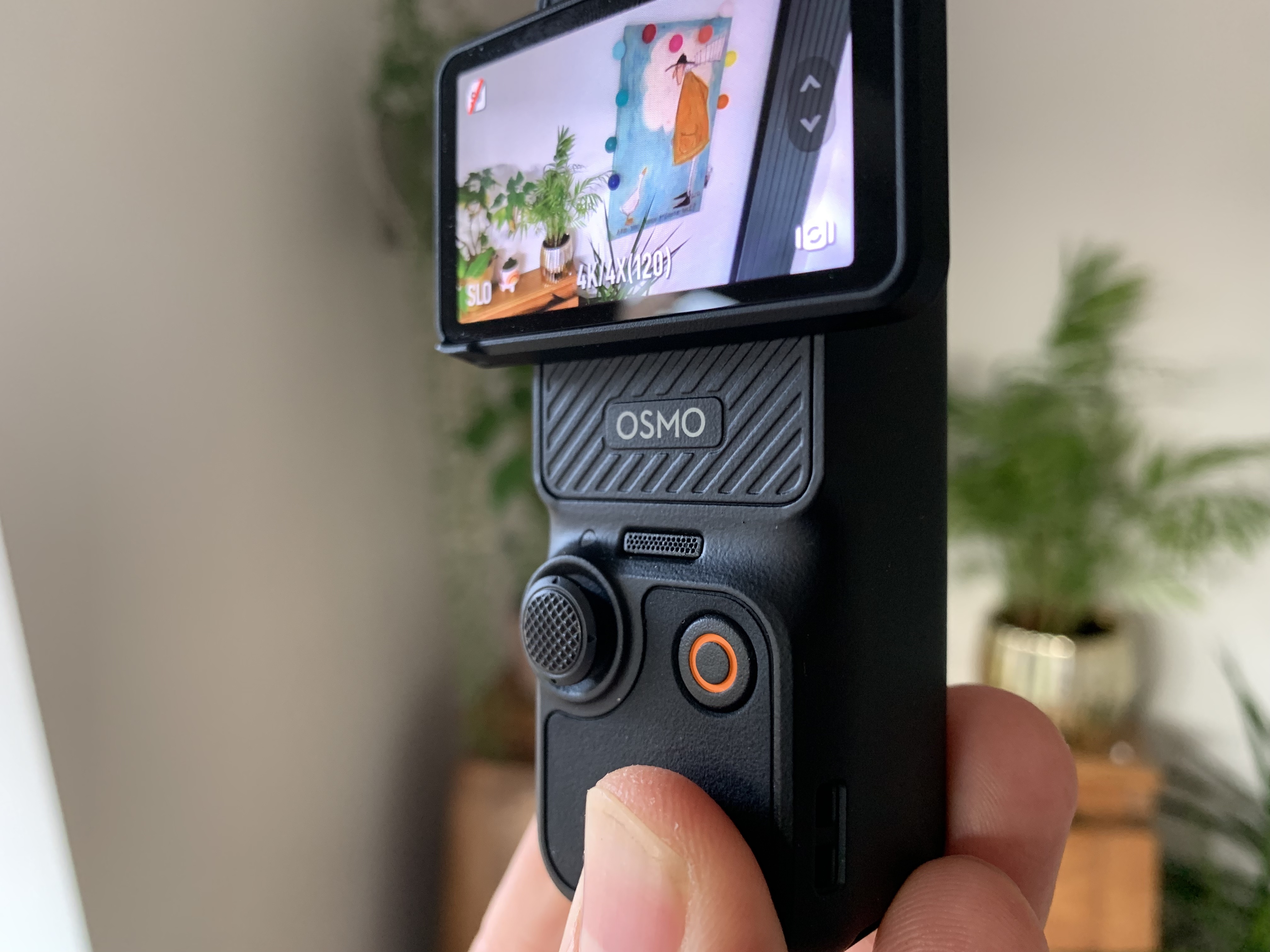
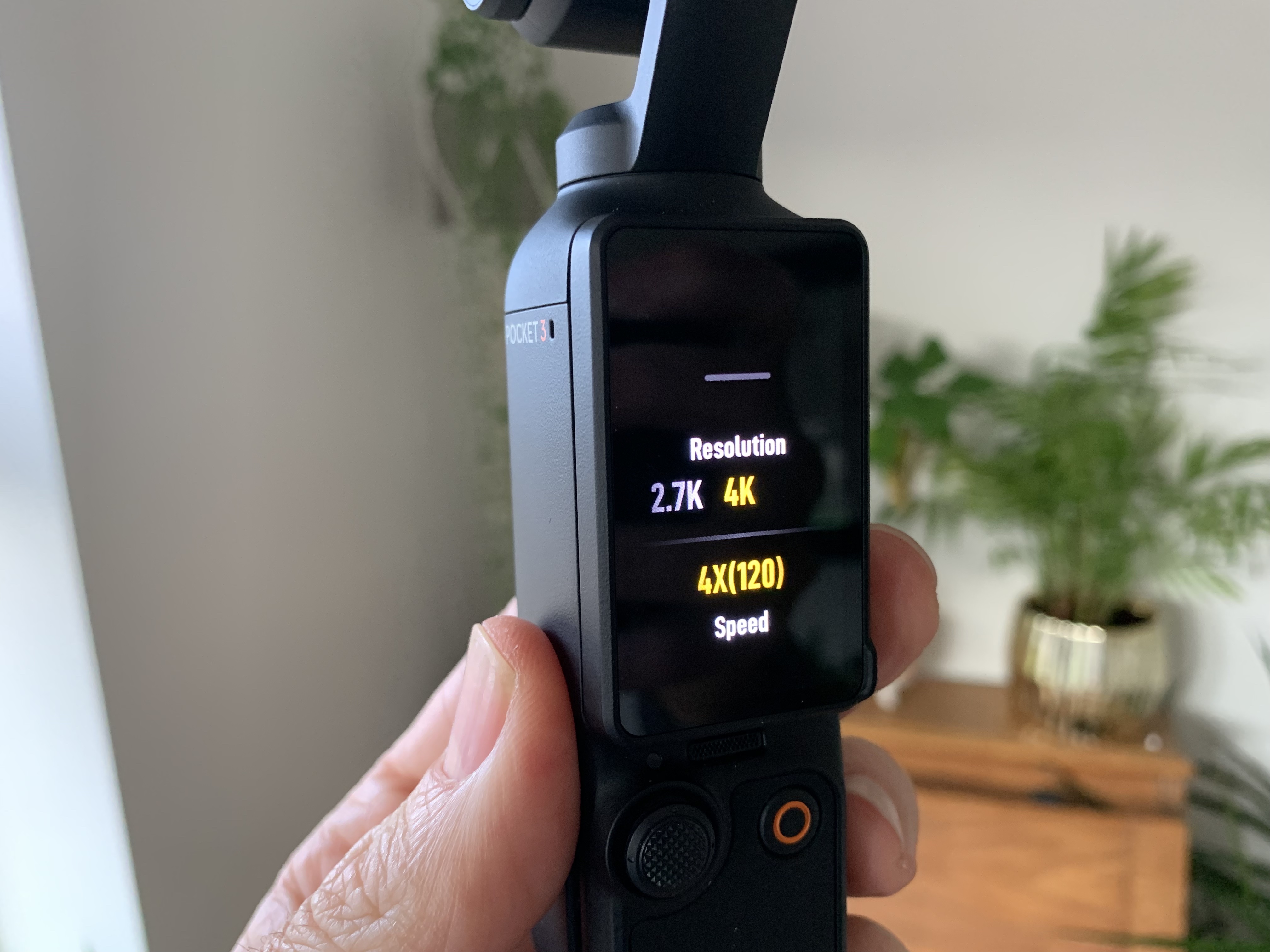
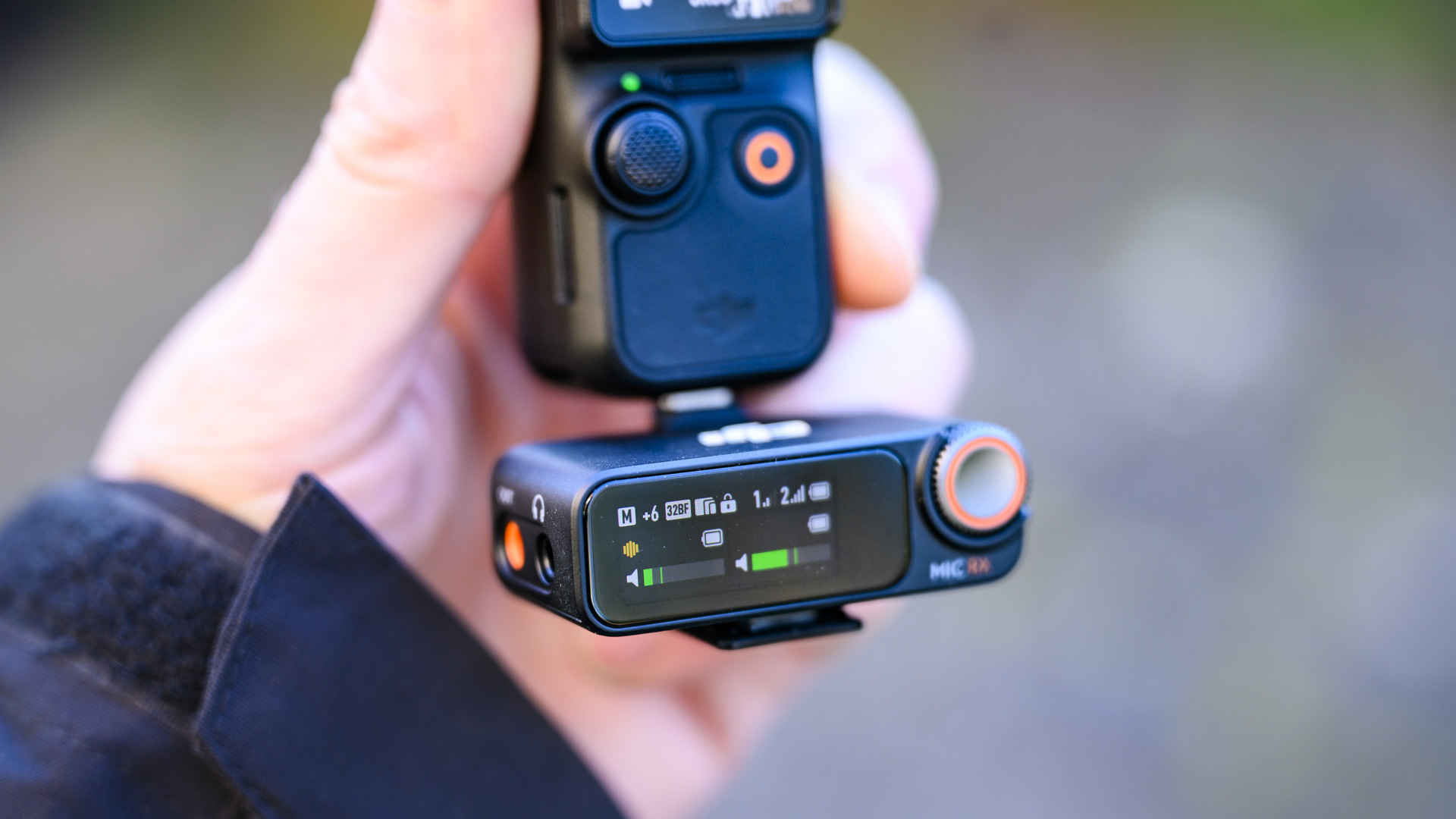
Specifications
Reasons to buy
Reasons to avoid
DJI Osmo Pocket 3 sample images
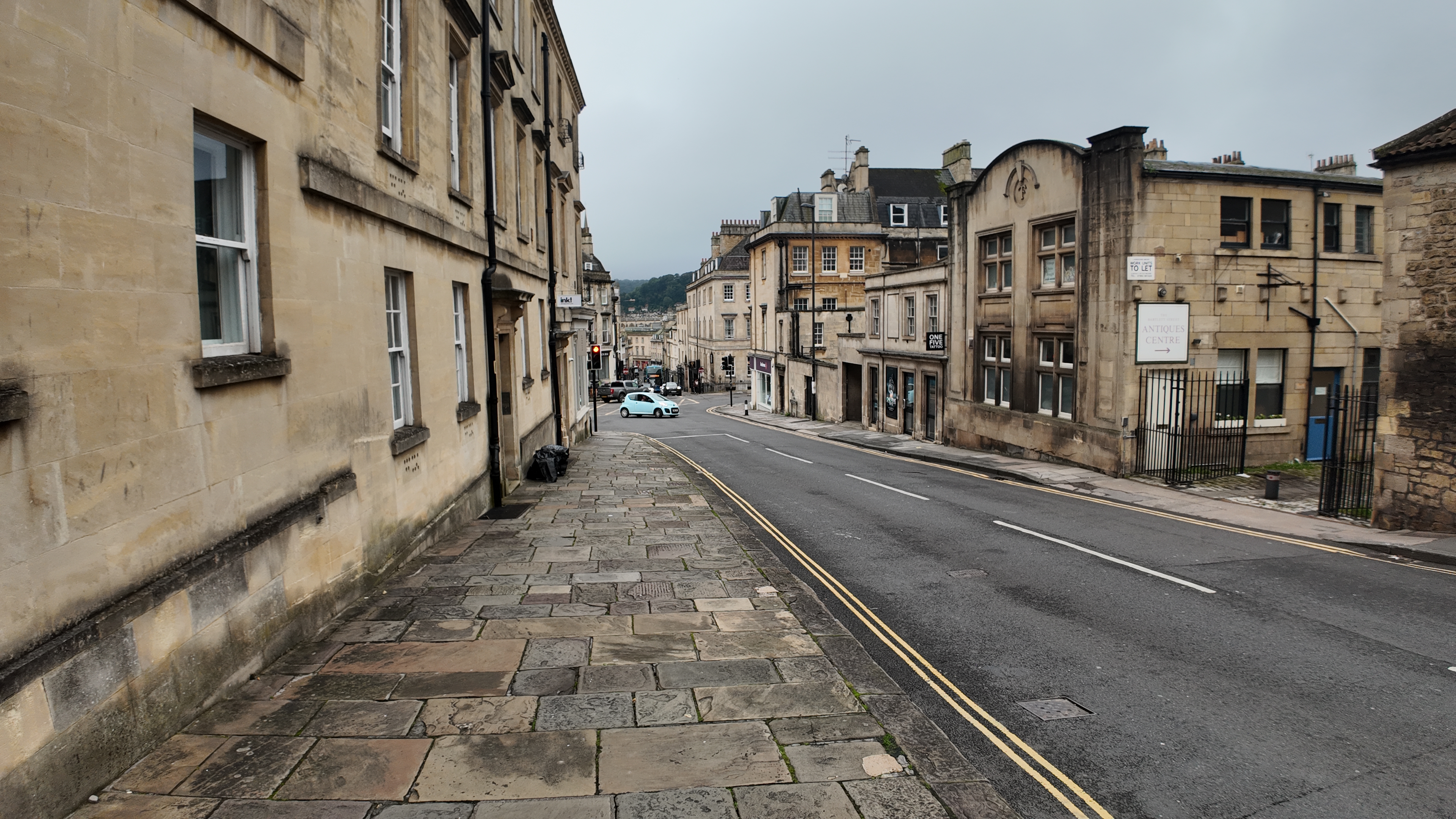

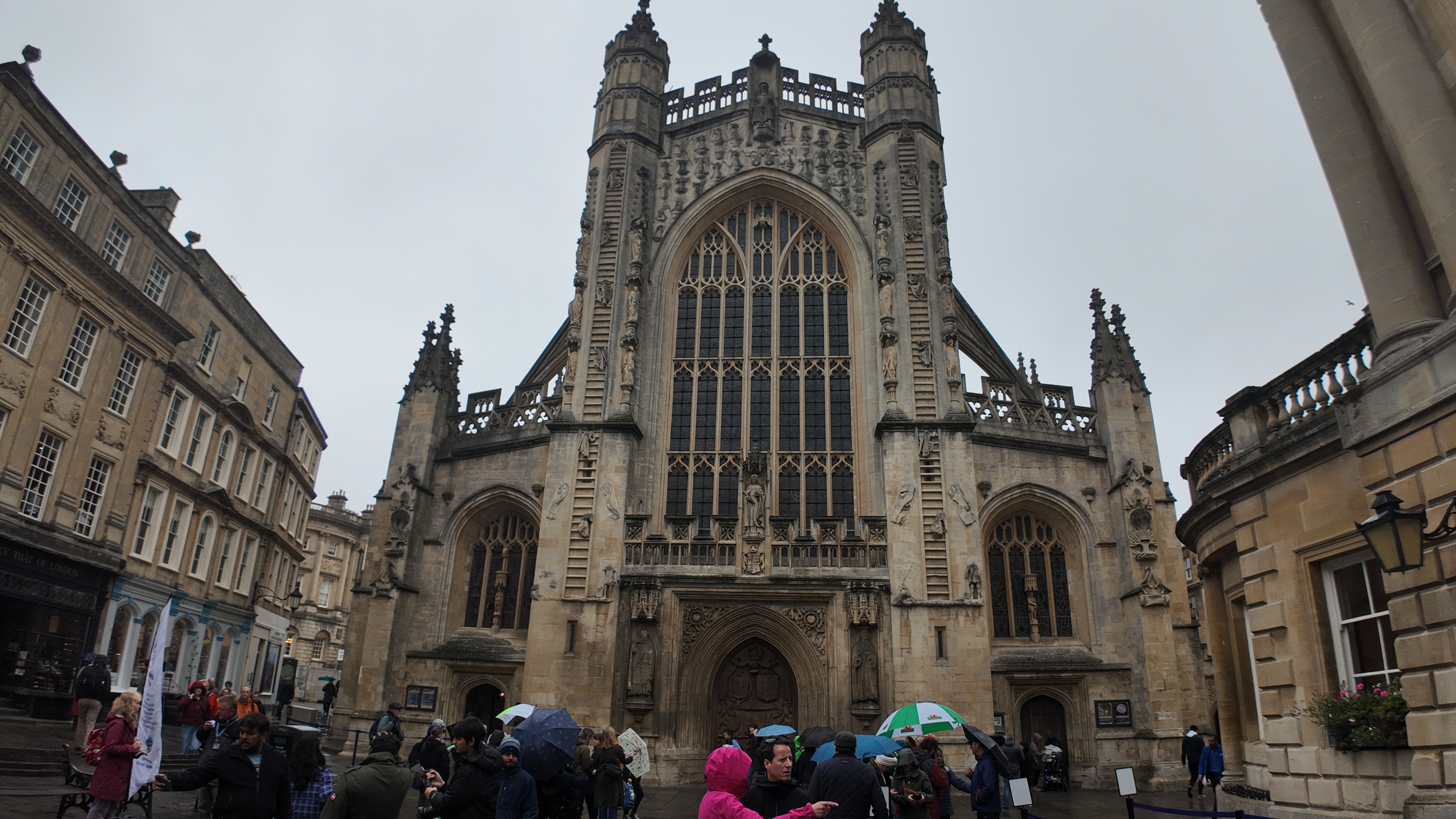

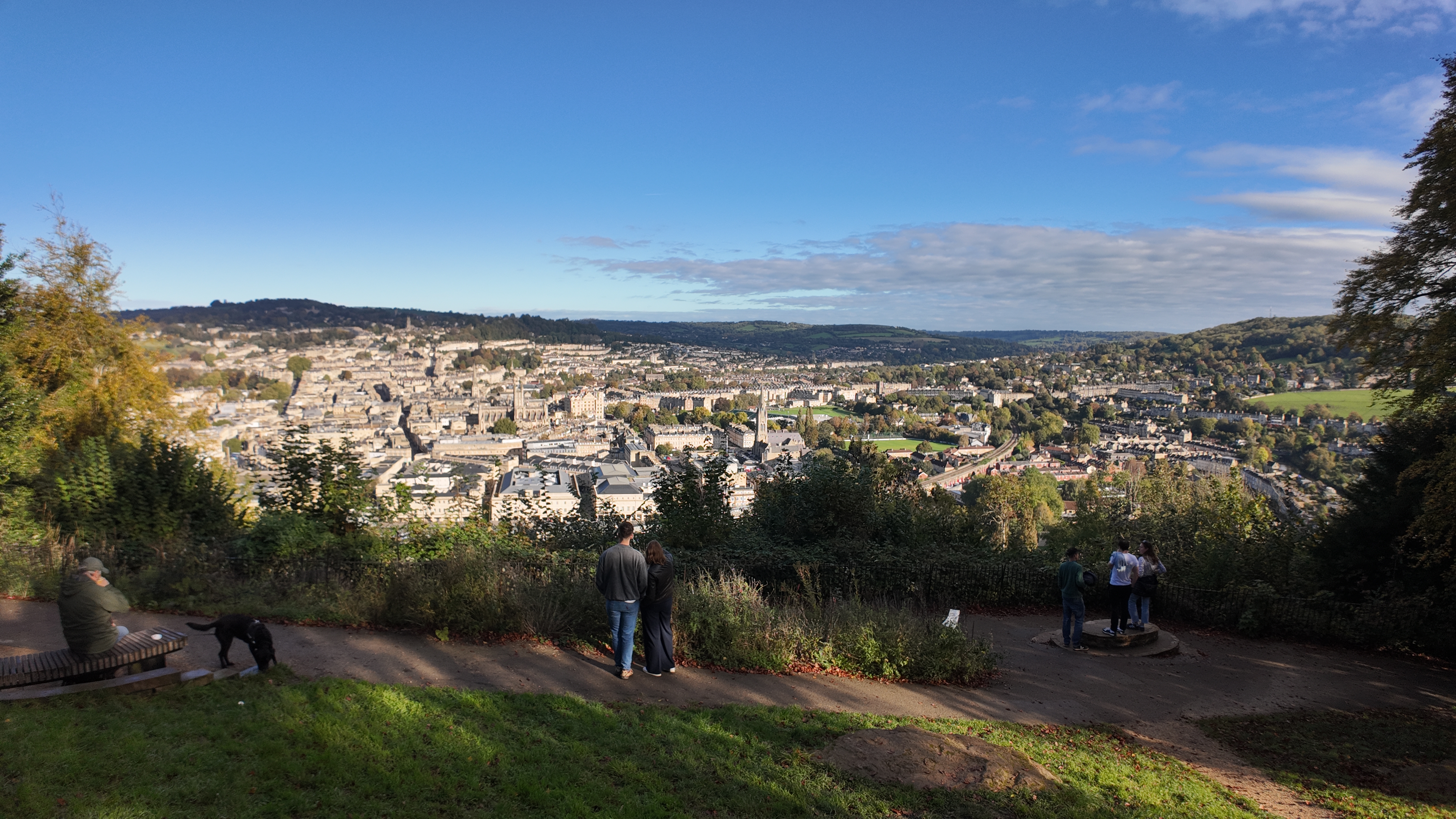

✅ You shoot a lot of slow-mo: The Pocket 3 delivers 4K footage at 120fps. It's also possible to record 1080p at 240fps, which is a great option to have.
✅ Your youngster wants to shoot in portrait: The option to record vertical video with a 3K resolution makes the Pocket 3 a versatile content tool.
❌ You shoot a lot of action photos: The resolution of the camera is far from ideal for capturing high-resolution action photos.
❌ You are on a budget: This camera has amazing specs which makes it by far one of the least affordable options for a camera for kids.
A pocket-sized tool for shooting video content, the Osmo Pocket 3 puts a 1-inch sensor on a stabilizing gimbal to capture quality results. We love its carefully crafted design, especially the 2-inch screen that can be rotated to record in vertical or horizontal formats. It's perfect for viewing a live feed of the camera, as well as picking focus points, although it lacks the necessary size to be enjoyable when navigating around settings and menus.
A notable addition to this third model in the Pocket series is the multi-aspect sensor with portrait video recording. It's possible to record directly in this orientation all the way up to 3K, something that will be a dream for budding content creators – your teenager might be a YouTuber just yet. Image quality, especially in low light, is better than most other pocket cameras, not forgetting the class-leading stabilization. All this tech does make the Osmo Pocket 3 pricey. If you're happy with fewer features, the Pocket 2 is a more affordable alternative.
Read our in-depth DJI Osmo Pocket 3 review
Best small instant camera
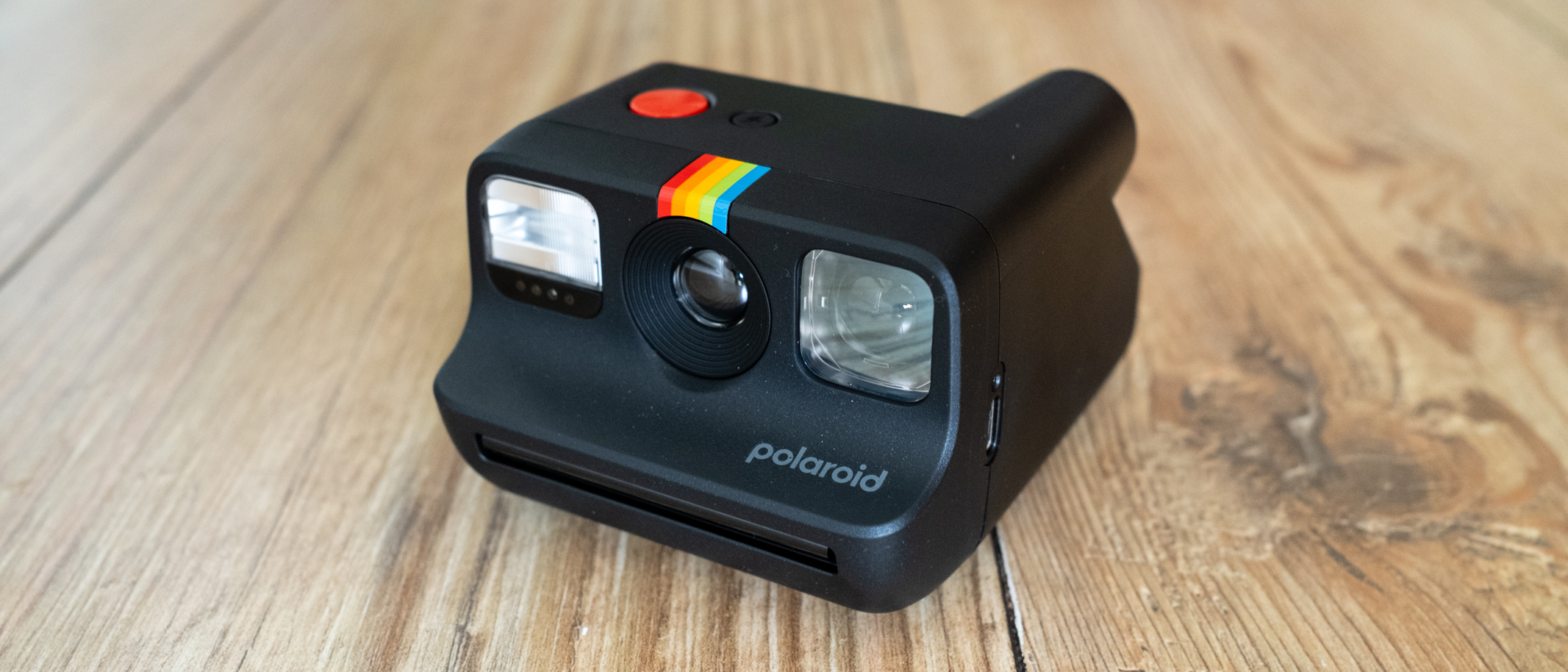
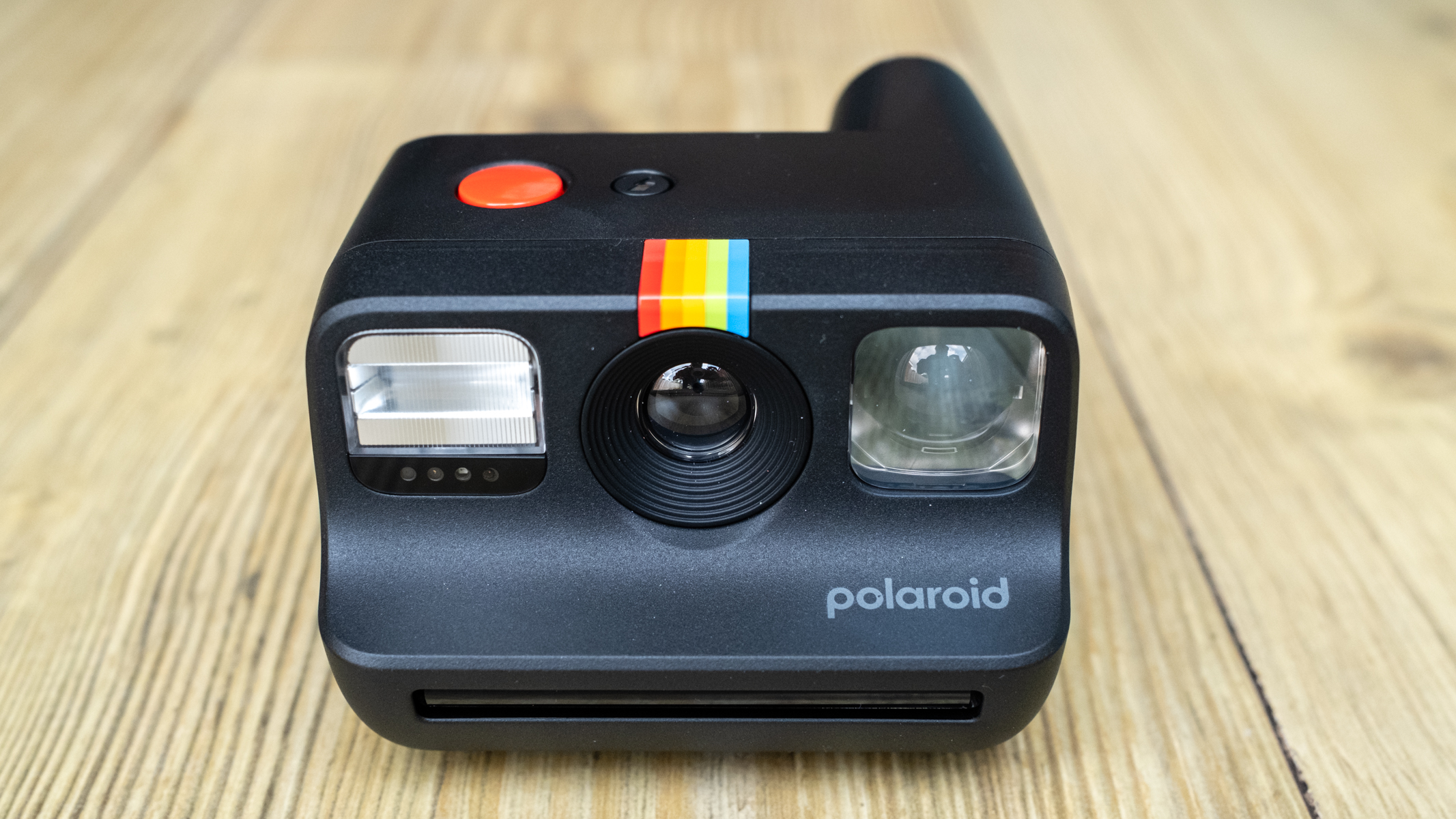
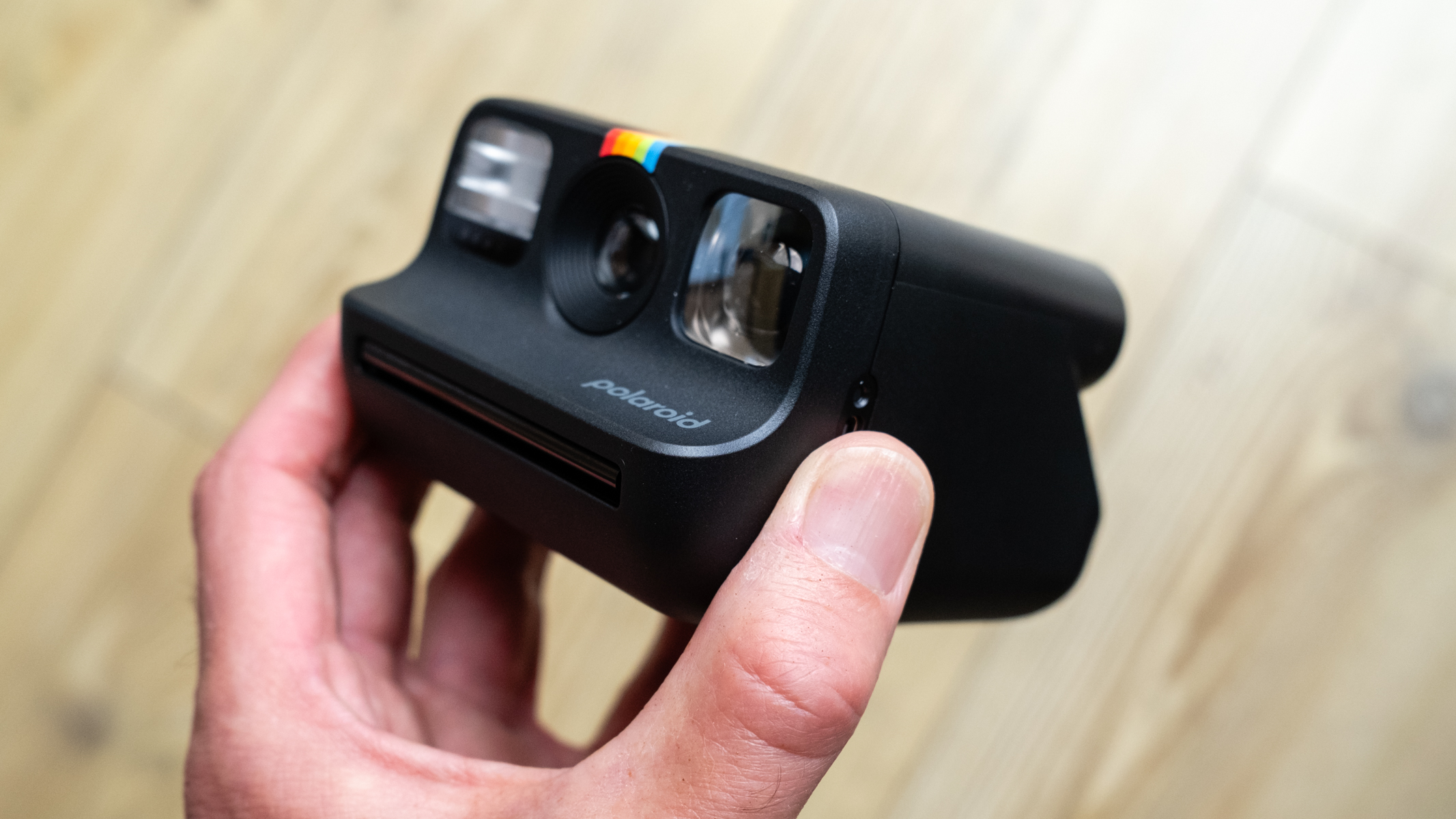
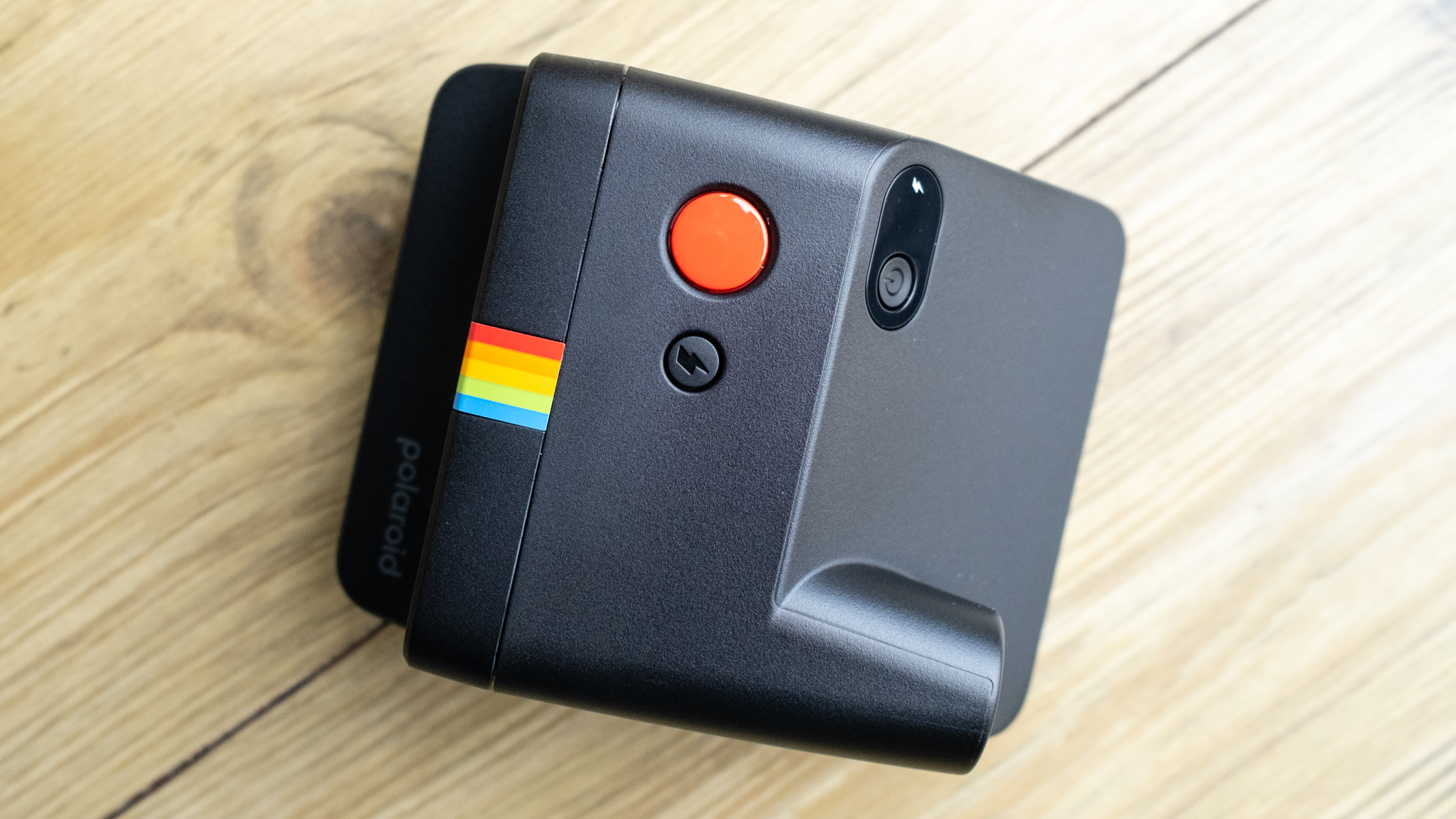
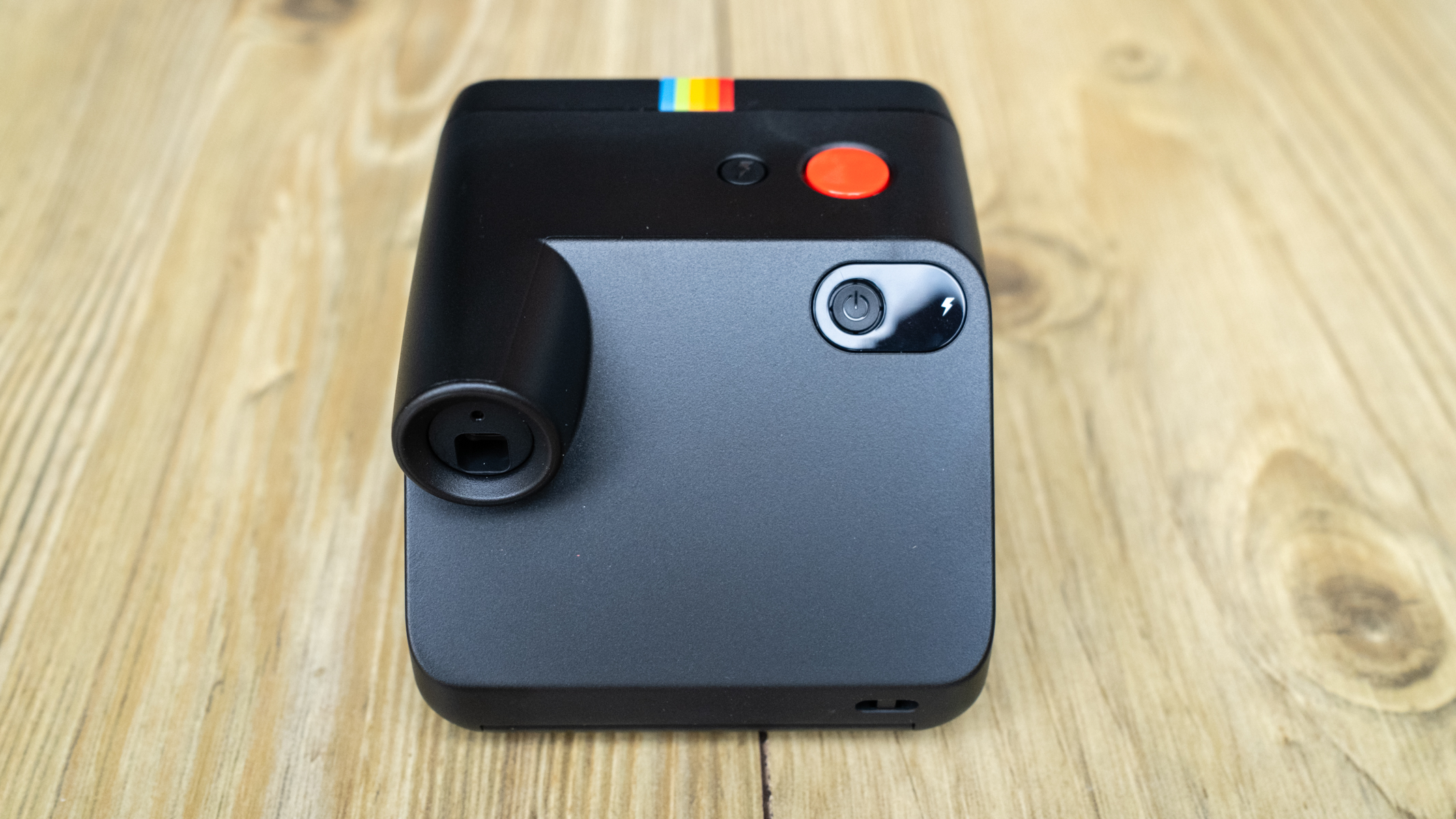
Specifications
Reasons to buy
Reasons to avoid
Polaroid Go Generation 2 sample images
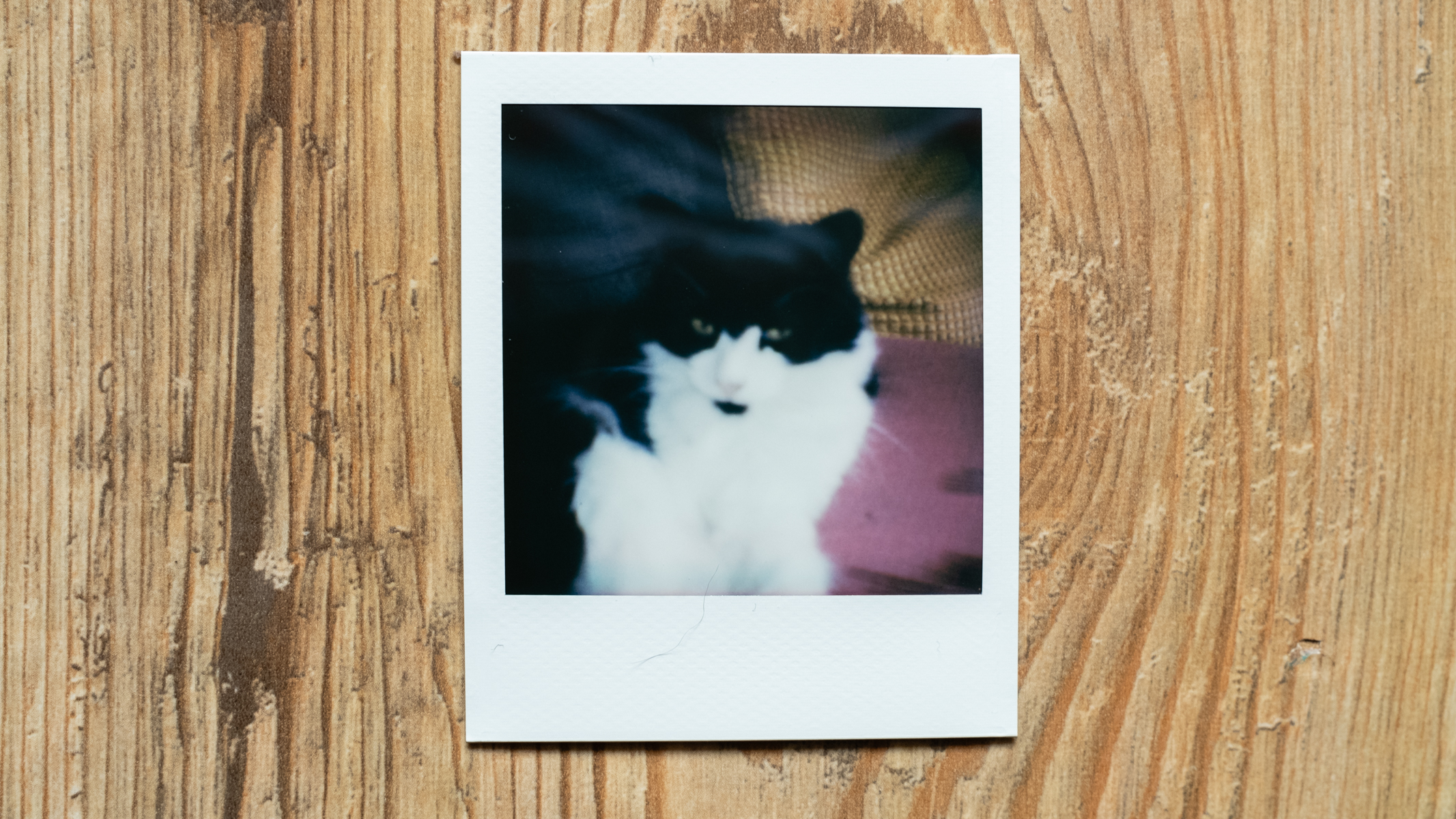
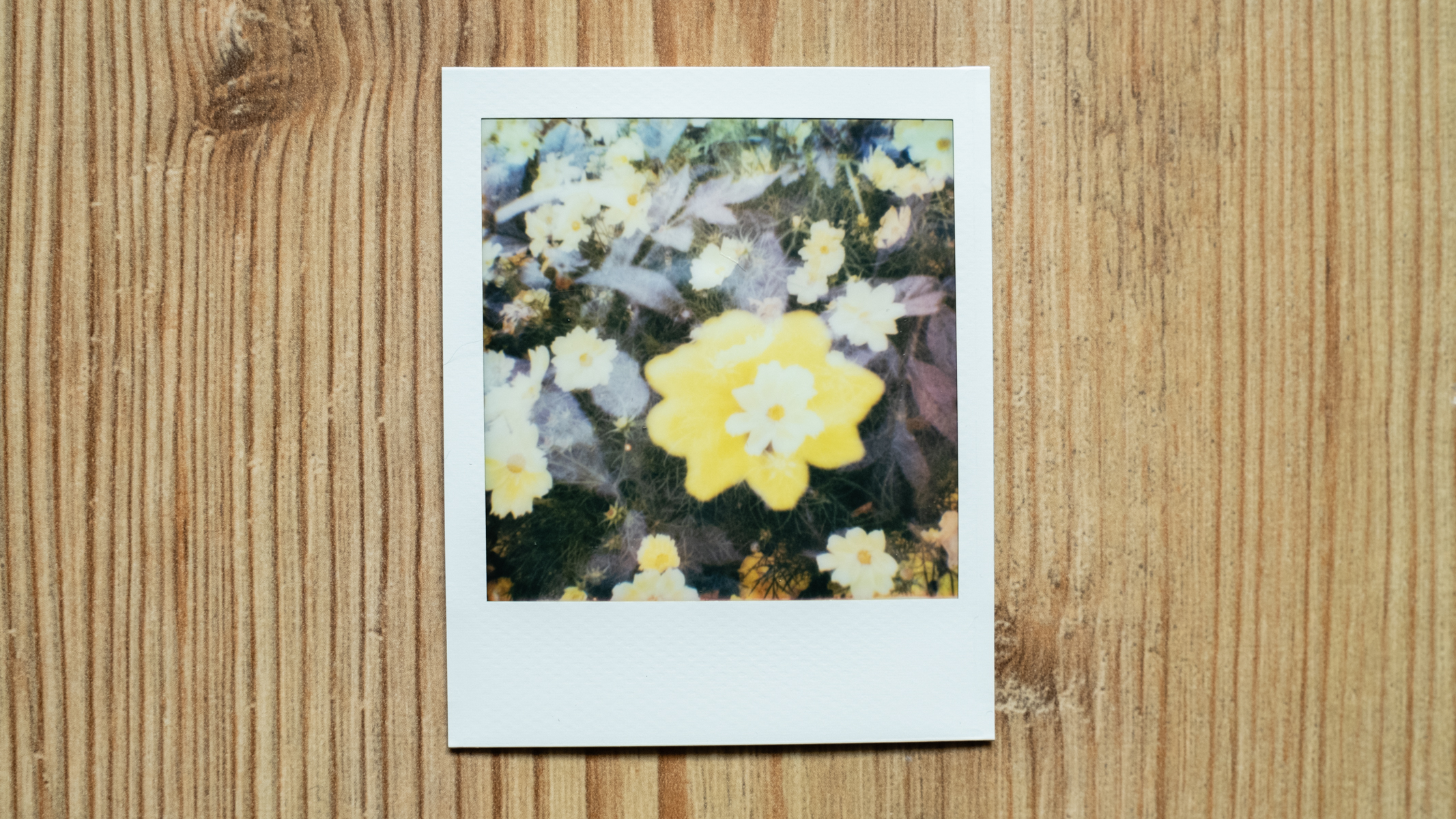
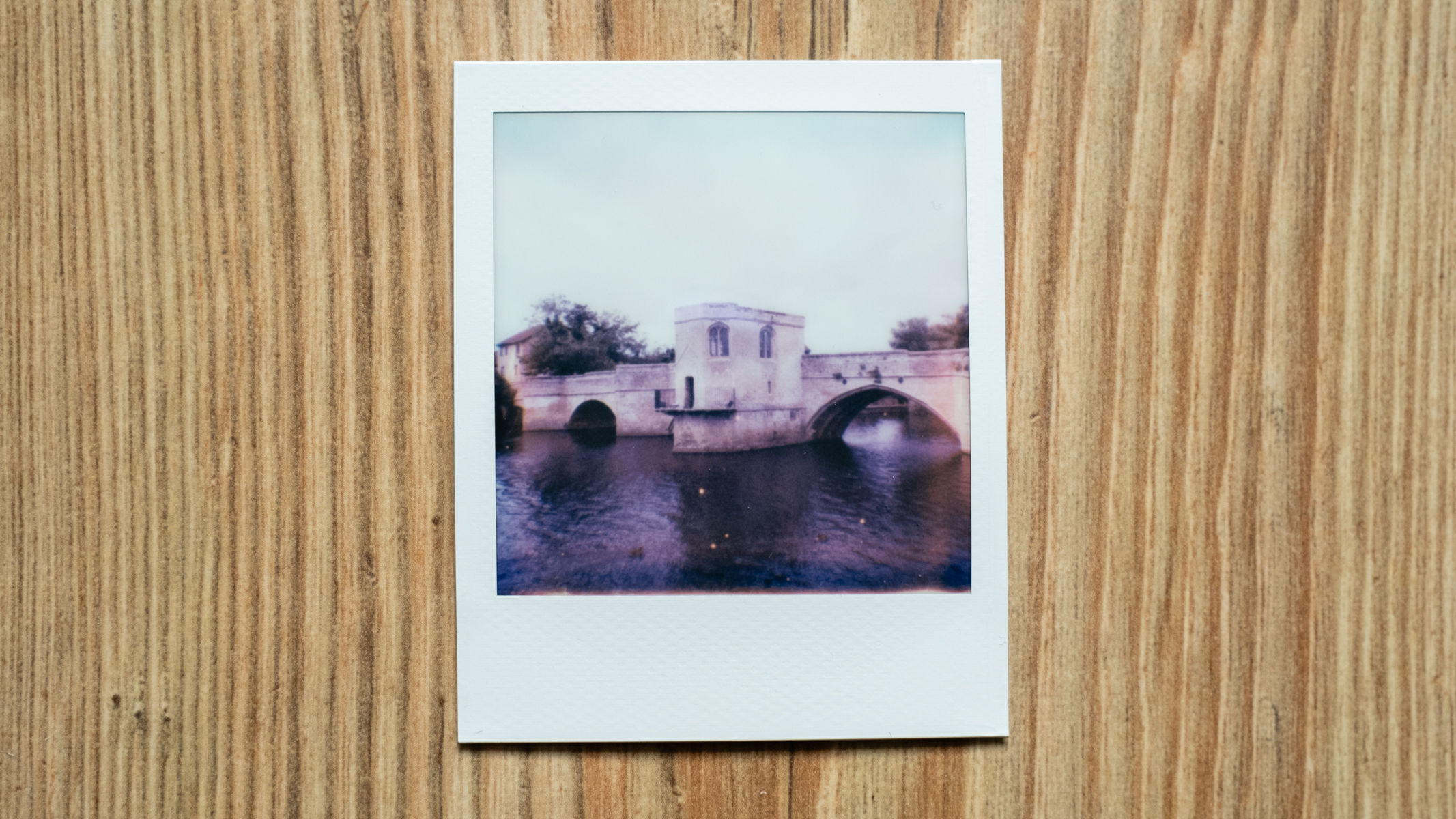
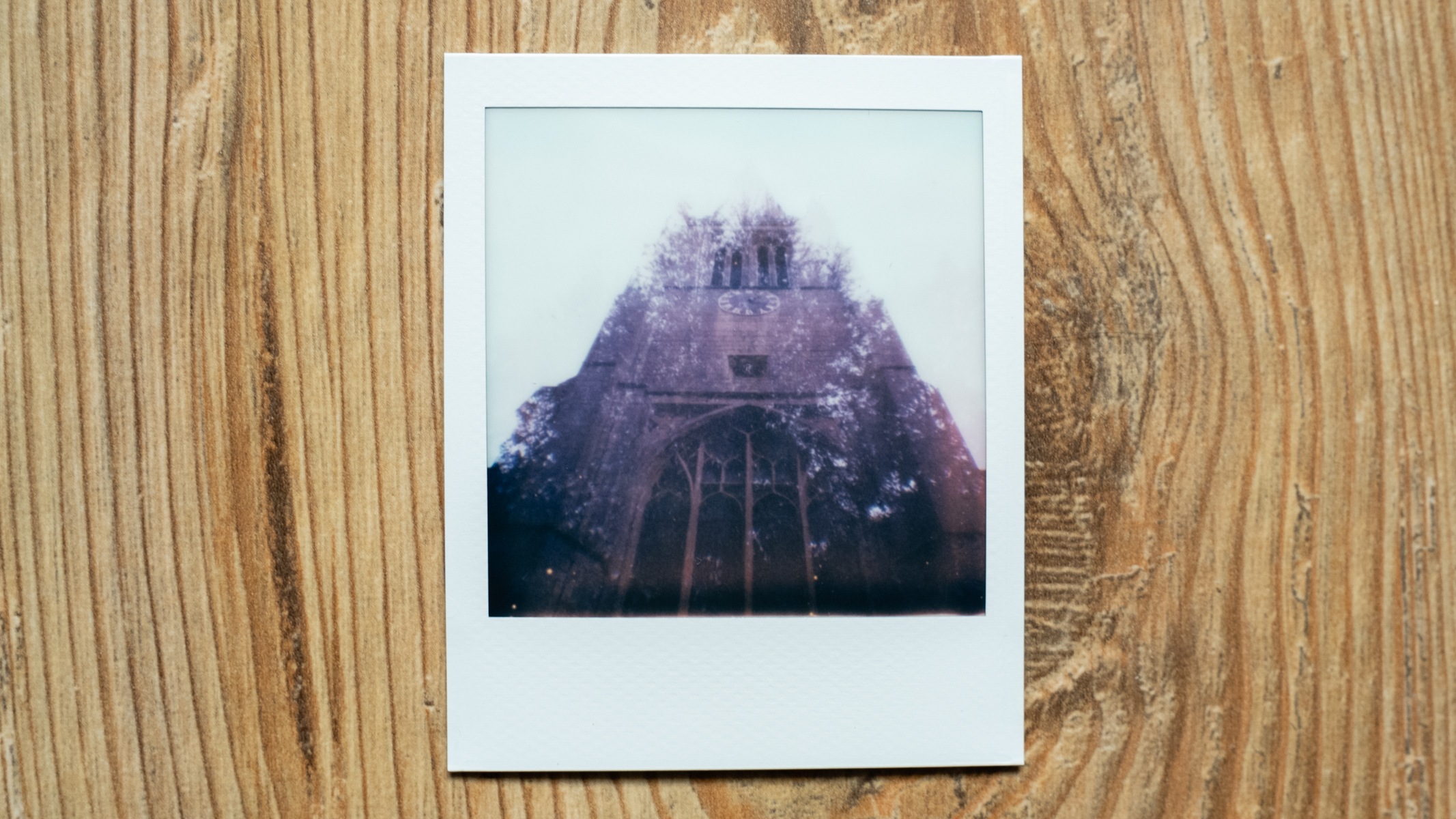
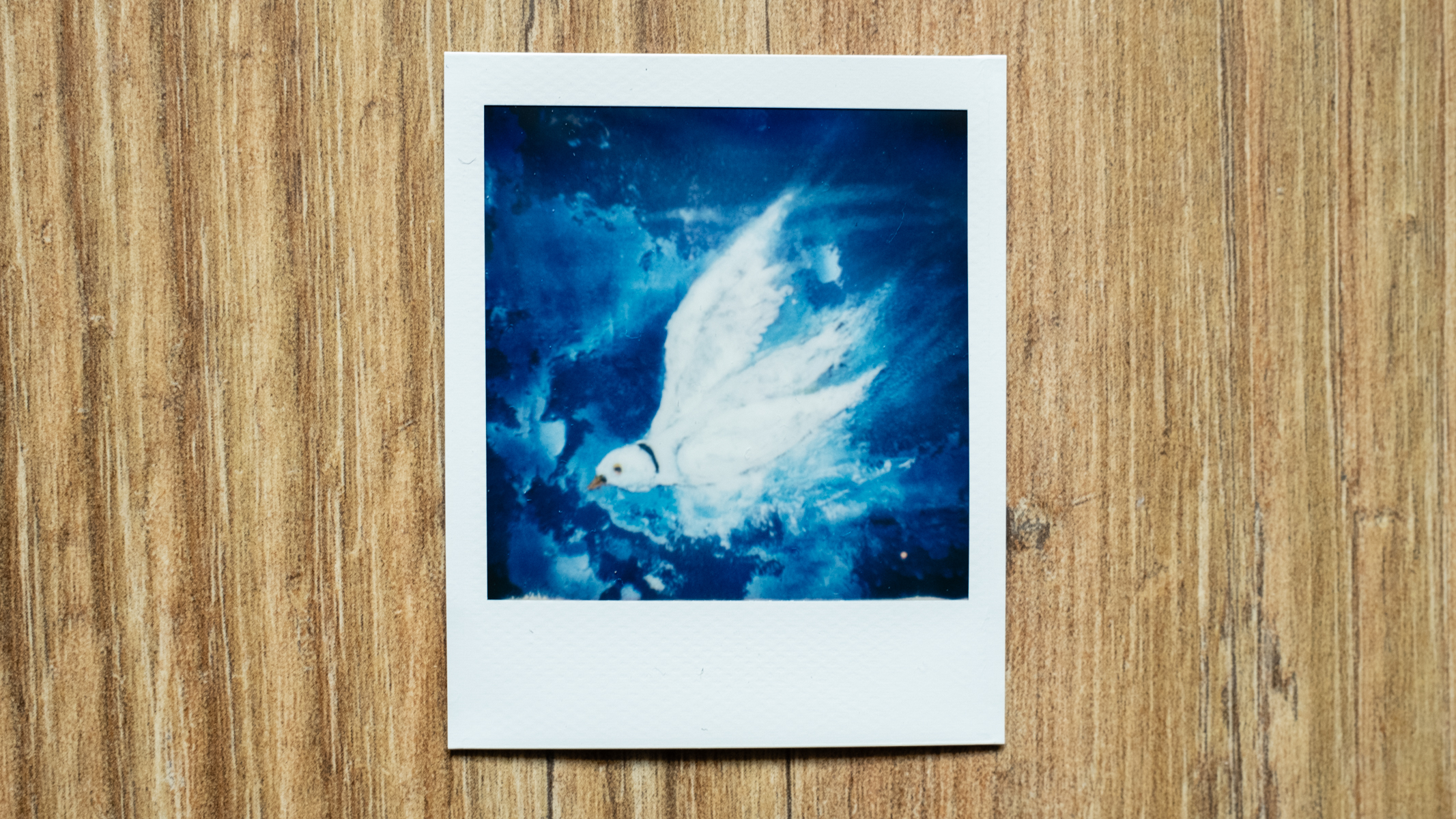
✅ You want a small Polaroid camera: If this is your kid's first instant camera, it's a great starting point in terms of size, simplicity and cost.
✅ You want an easy to use camera: Simple controls with just a smattering of buttons on the retro-inspired shell, plus a digital shot counter.
❌ You want a macro mode: A minimum focus distance of 45cm means the Go 2 isn't great for shooting close-ups.
❌ You want zero ongoing costs: Film refills don't come particularly cheap, so you'll need to factor this into your decision making.
Instant photography is ideal for young learners and no camera captures that point-and-shoot simplicity quite like the Polaroid Go 2. Pretty much the smallest instant camera you can buy, its compact form factor is ideal for small hands to get to grips with. Controls are simple, too: you'll find just a few buttons on the retro shell. In our review, we also praised the viewfinder as surprisingly reliable. Automatic exposure and a fixed-focus lens make things as easy as possible, although youngsters can also experiment with double exposures and self-timer shots as they get more confident.
We did find in our review that images lack a little clarity and color balance, with quality dropping off in low light. We also felt that prints were on the small size, and presented some haziness – and there's no escaping that refill packs cost more than your average pocket-money budget. All the same, the Polaroid Go 2 is an entertaining, easy-to-use way for kids to get in on the instant photography fun.
Read our in-depth Polaroid Go 2 review
The best safe social camera
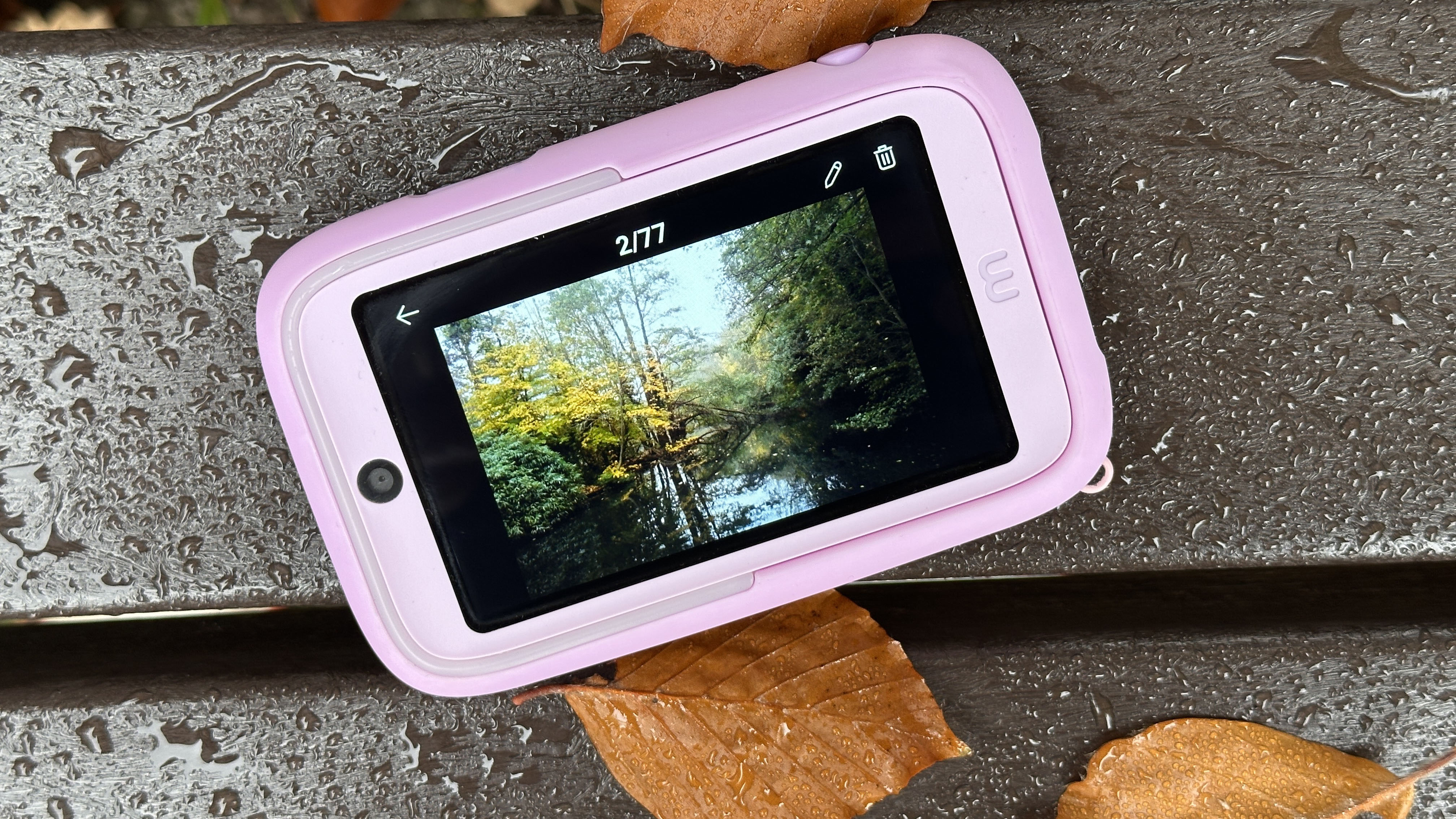
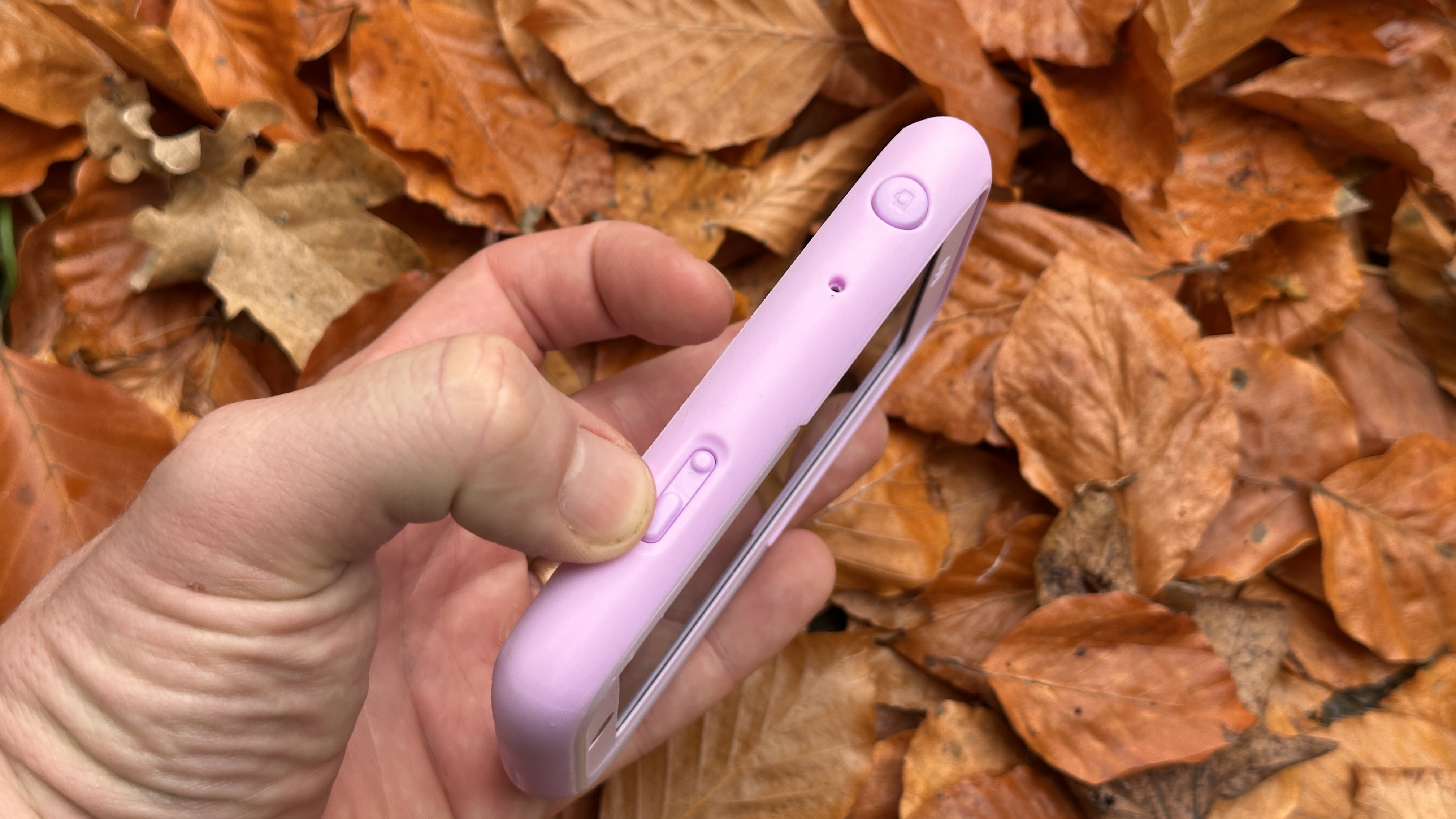
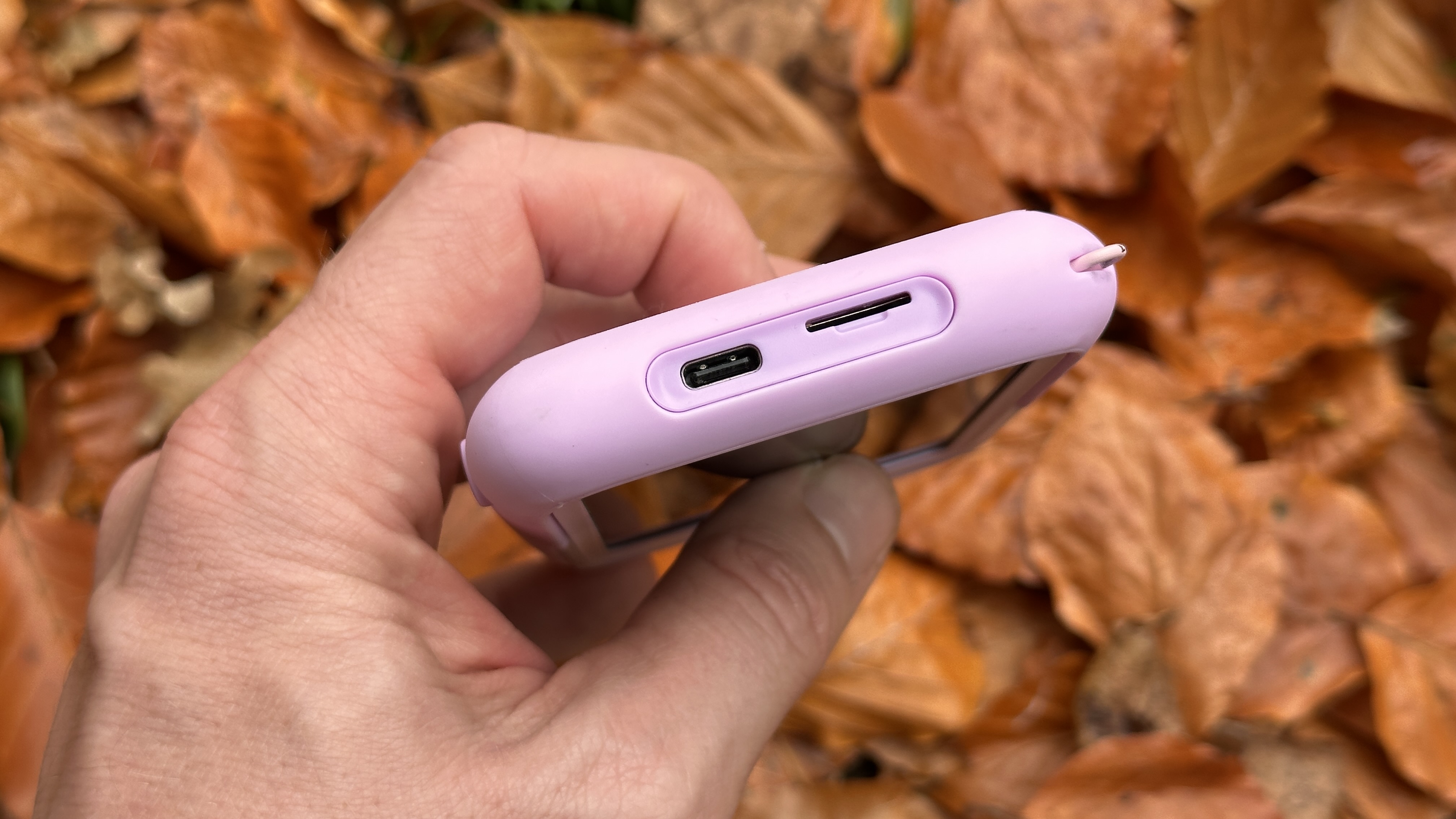
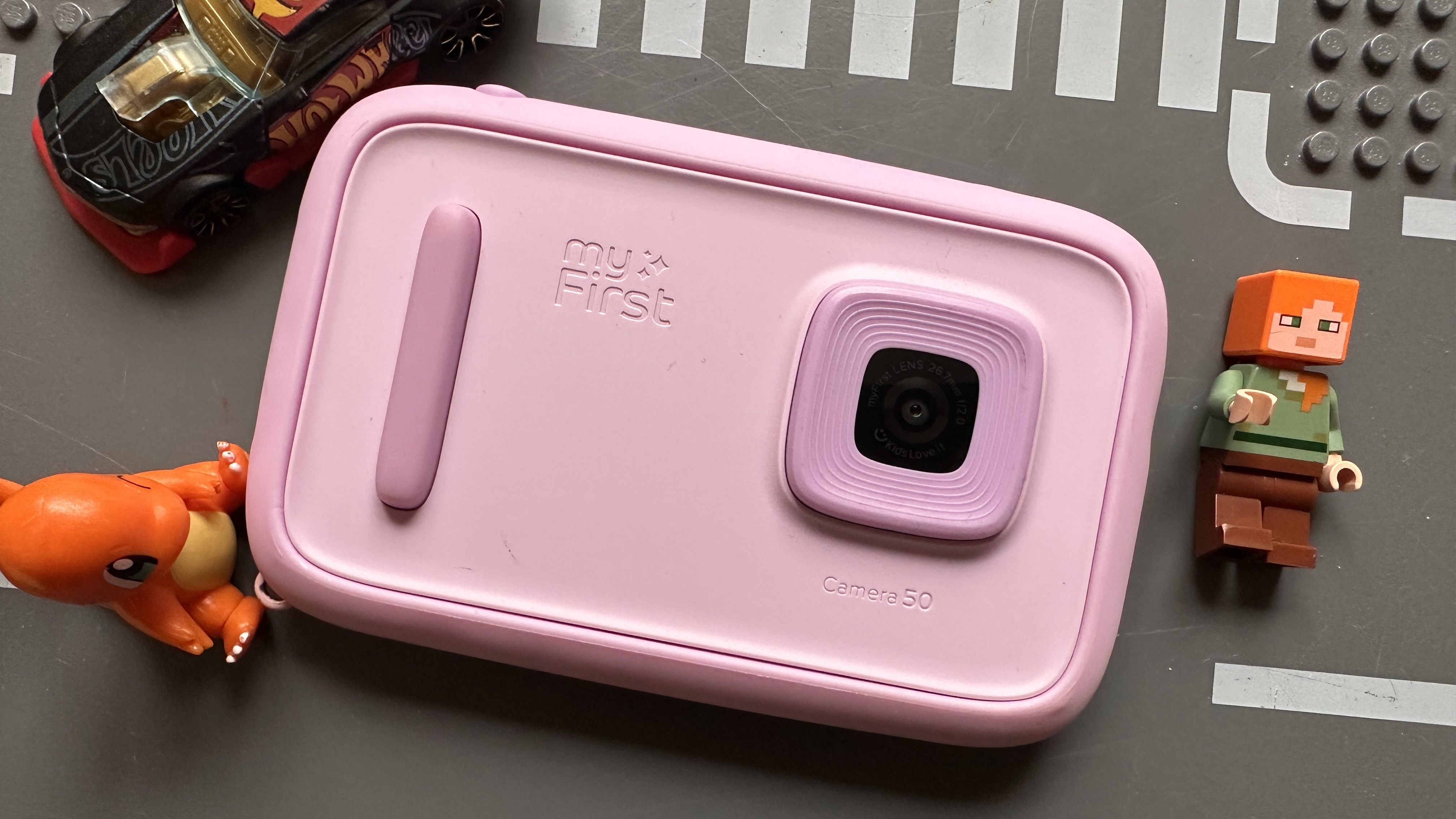
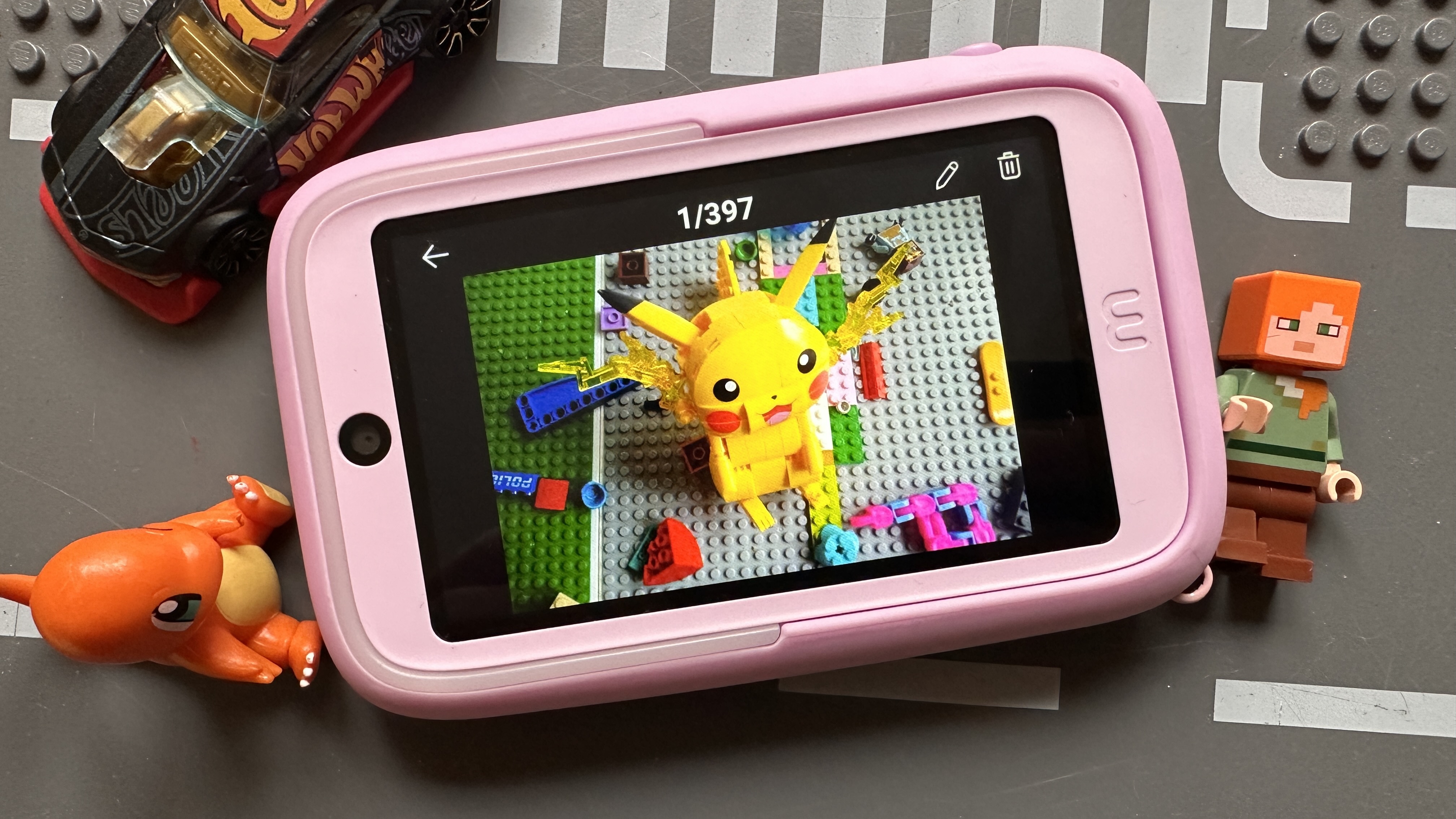
Specifications
Reasons to buy
Reasons to avoid
myFirst Camera 50 sample images
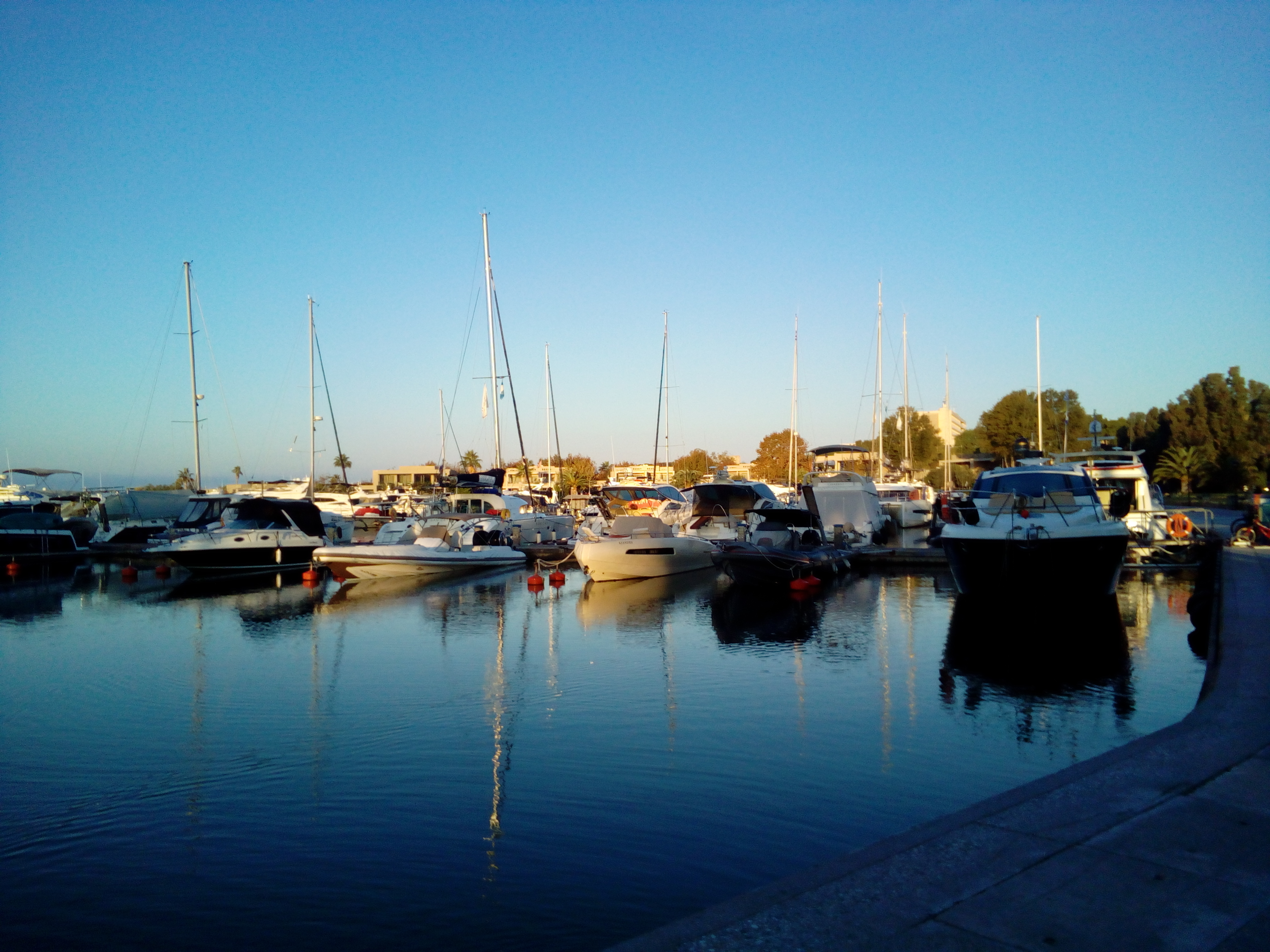

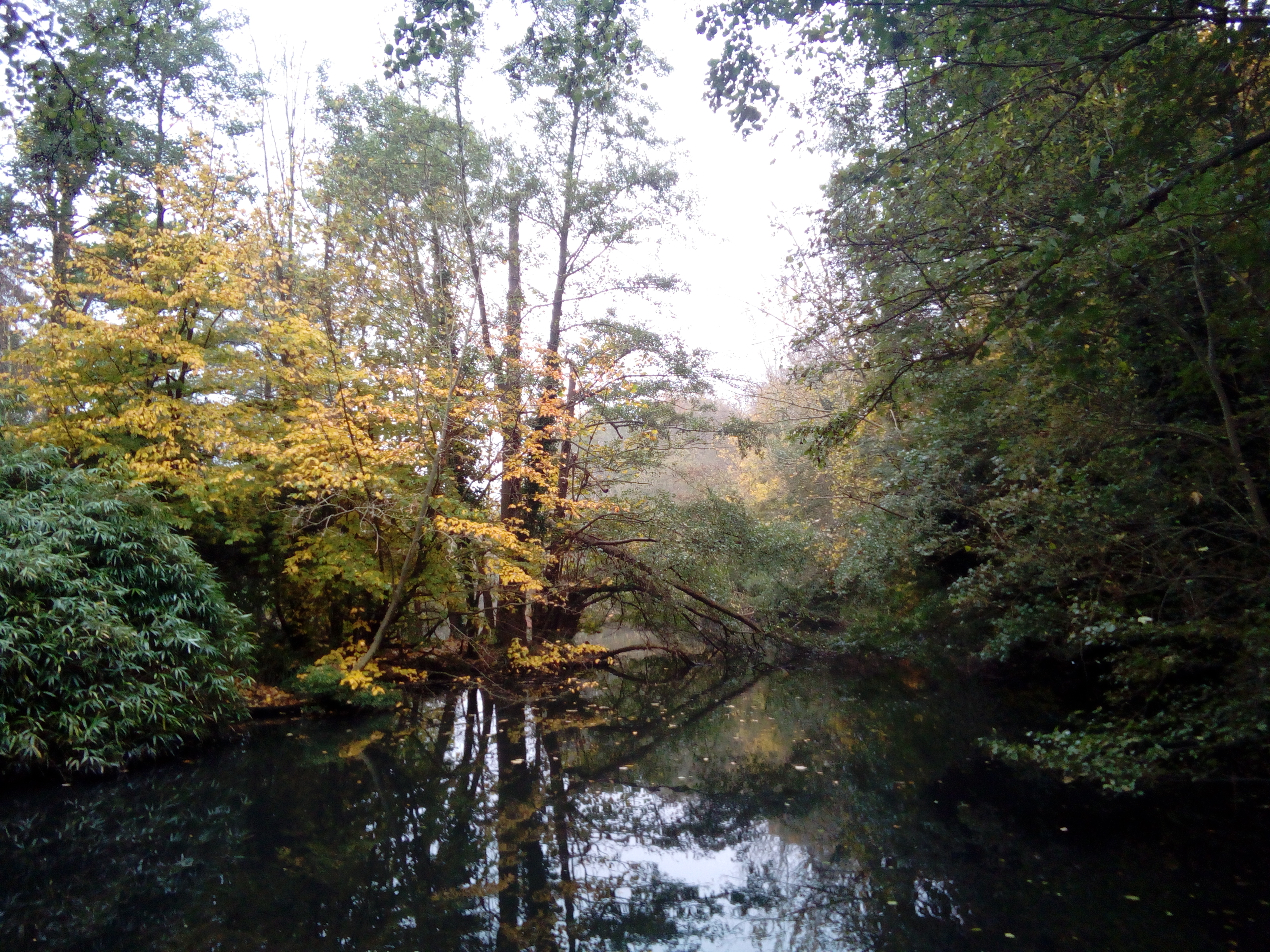

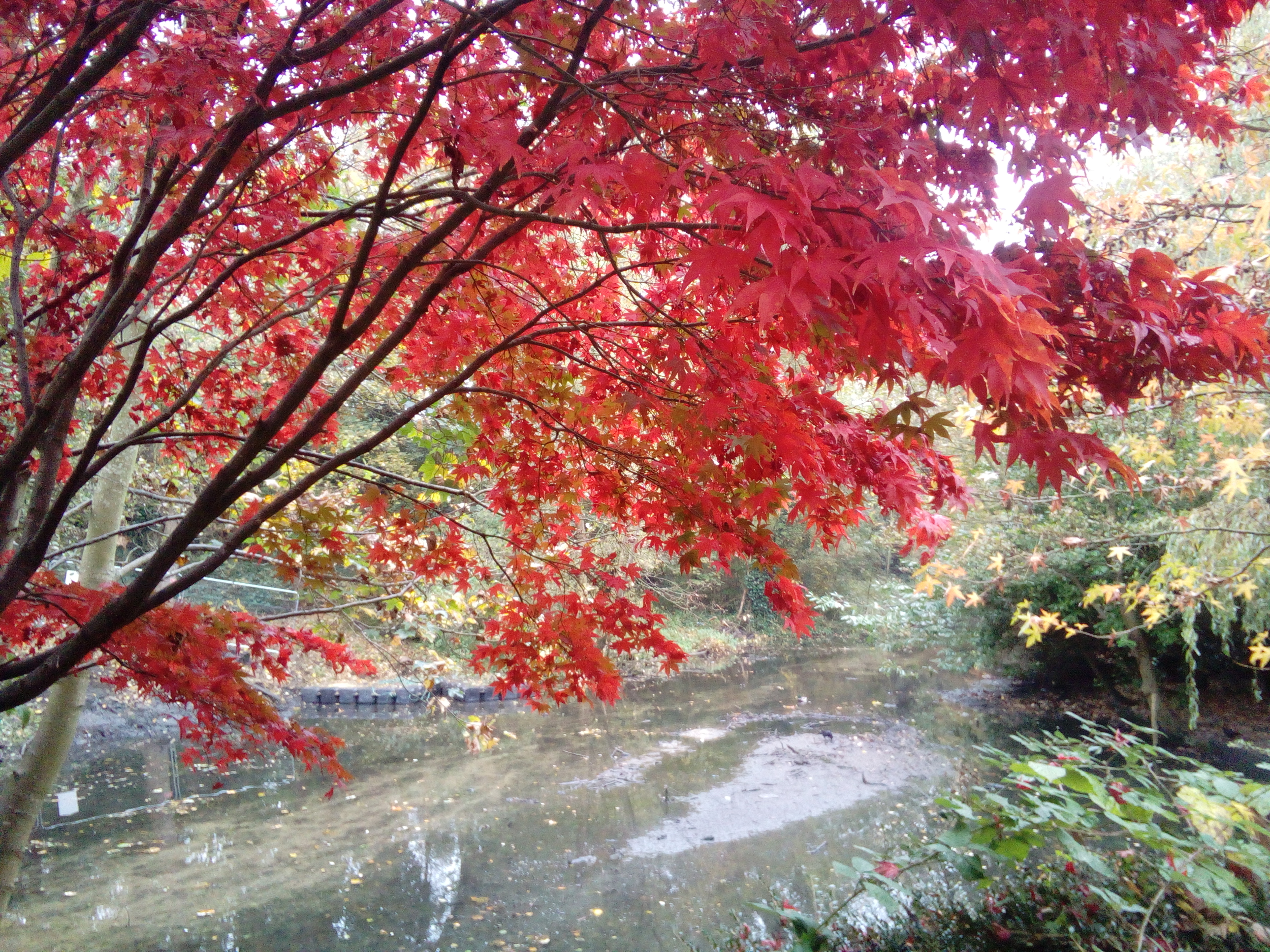
✅ Your kids like to borrow your phone: The myFirst Camera 50 is essentially a simplified camera phone with parental controls and editing features.
✅ You want to teach your kids about social media: The MyCircle app offers a safe space for children to learn about sharing content with friends and family.
❌ You want the best image camera: While image quality is decent of the affordable price tag, results fall quite a way behind modern smartphones.
❌ You have an older child: Although the myFirst Camera 50 is recommended for kids up to 12, children older than 10 will probably want more features.
If your little one likes to borrow your smartphone to take photos, we think the myFirst Camera 50 could be a great substitute. Effectively a 4-inch tablet with a custom Android interface, it’s designed to give kids a simple introduction to editing and sharing photos. In our review, we praised the simplicity of its interface, with three control buttons and an intuitive touchscreen. We also appreciated its rubberized plastic finish, which feels grippy and robust.
Equipped with a 20MP rear camera and a 16MP front-facing lens with a soft selfie light, image quality doesn’t rival the best camera phones, but it’s decent enough for the price. The operating system gives kids a selection of editing options, including filters and stickers, along with a simply feature that uses AI to generate simple highlight videos. There’s also integration with my First Circle, a messaging service which lets your youngster share content with friends and family. The idea is to help little creators learn to use social media responsibly, in a protected space with parental controls.
Read our in-depth myFirst Camera 50 review
Also consider
We've reviewed a whole range of cameras for kids, which means there are plenty more that almost made it into this list. Here are a few honorable mentions to consider.
Best instant alternative – Fujifilm Instax Mini 12: If you want a fun, no-frills instant camera for your youngster, the Instax Mini 12 is a great option. It’s one of our favorite instant cameras, thanks to its simple interface and the rich, vintage look of its prints. Film refill packs are relatively affordable, too.
Best DSLR for older kids – Nikon D3500: If you’re buying for an older child who’s learnt the ropes of photography with a compact and now wants something that’s a step up, the Nikon D3500 is our favorite DSLR for beginners. It’s really easy to use, benefits from fantastic handling and takes great stills. Plus it’s affordable.
How to choose the best camera for kids
How to choose the best camera for kids
Age range
Different cameras are better suited to children of different ages. For younger photographers, look at cameras with simple controls, big buttons and a drop-proof build. These will usually have an automatic mode to keep things as easy as possible, although they may feature some photo effects. Older children will usually enjoy more advanced features, such as a zoom lens, video recording and some manual modes for more creativity.
Durability
It’s no secret that children can be rough with their stuff, and cameras are no exception. That’s why several of the options in the list above are rugged, meaning they can safely survive drops, submersion in water and other outdoor activities. Certain cameras also have the option of a protective casing, for added peace of mind.
Dimensions
The best cameras for kids compact enough for small hands to hold comfortably. They should also be lightweight, so that young photographers are able to carry them around wherever they go.
Features
Unlike other cameras, image quality is often a secondary priority when shopping for a kids’ camera. For younger photographers especially, other features will be more important. These could be selfie or macro modes, fun filters, or the ability to print images instantly.
Budget
Cost will always be a key consideration. Many of the cameras in our guide above are affordable choices that won’t break the bank. If your child gets more serious about photography, you might then want to consider a more advanced model with the features for them to grow into.
Meet the team
Our team of reviewers has amassed many years of camera experience, testing all of the latest and greatest cameras in the last 20 years. That expertise extends to the best cameras for kids.

Tim is TechRadar's Cameras Editor and has been cutting his teeth in the photo and video industry for almost 20 years. He looks after all of TechRadar's cameras content, covering buying guides, features, reviews and news.
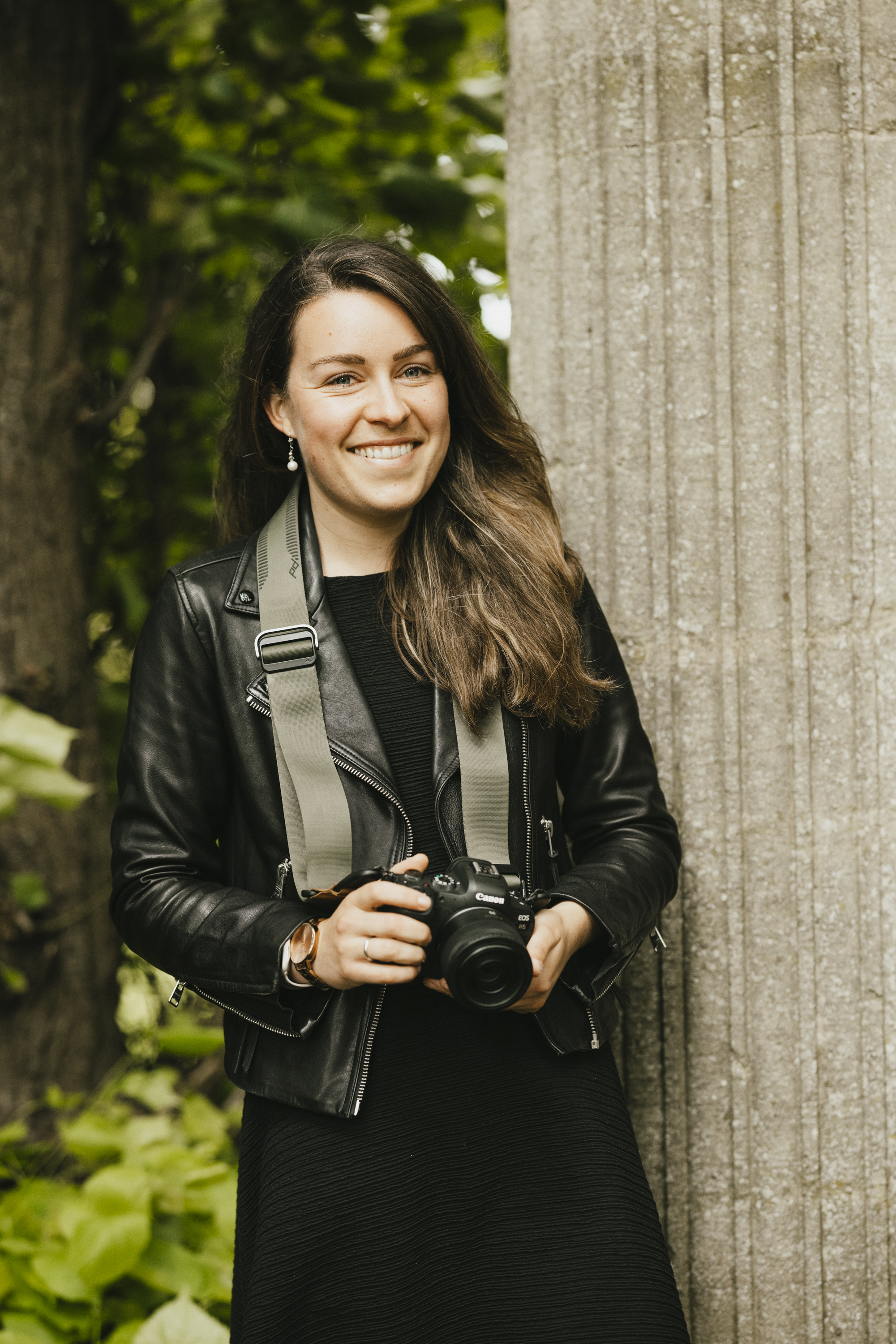
Lauren Scott is an experienced journalist and freelance photographer based in Bath, UK. She's been in the industry for over ten years; as the former Managing Editor of our sister site Digital Camera World.

Mark is TechRadar's Senior news editor and has been a technology journalist since 2004. Formerly Trusted Reviews and TechRadar's cameras editor, Mark has tested cameras over many years from all of the leading brands.

James Abbott is a professional photographer and freelance photography journalist. He contributes articles about photography, cameras and drones to a wide range of magazines and websites where he applies a wealth of experience to testing the latest photographic tech.

Paul is a digital expert. In the 20 years since he graduated with a first-class honours degree in Computer Science, Paul has been actively involved in a variety of different tech and creative industries that make him the go-to guy for reviews, opinion pieces, and featured articles. You'll also find his writing in other places, including Creative Bloq, Digital Camera World, and 3D World Magazine.
How we test cameras for kids
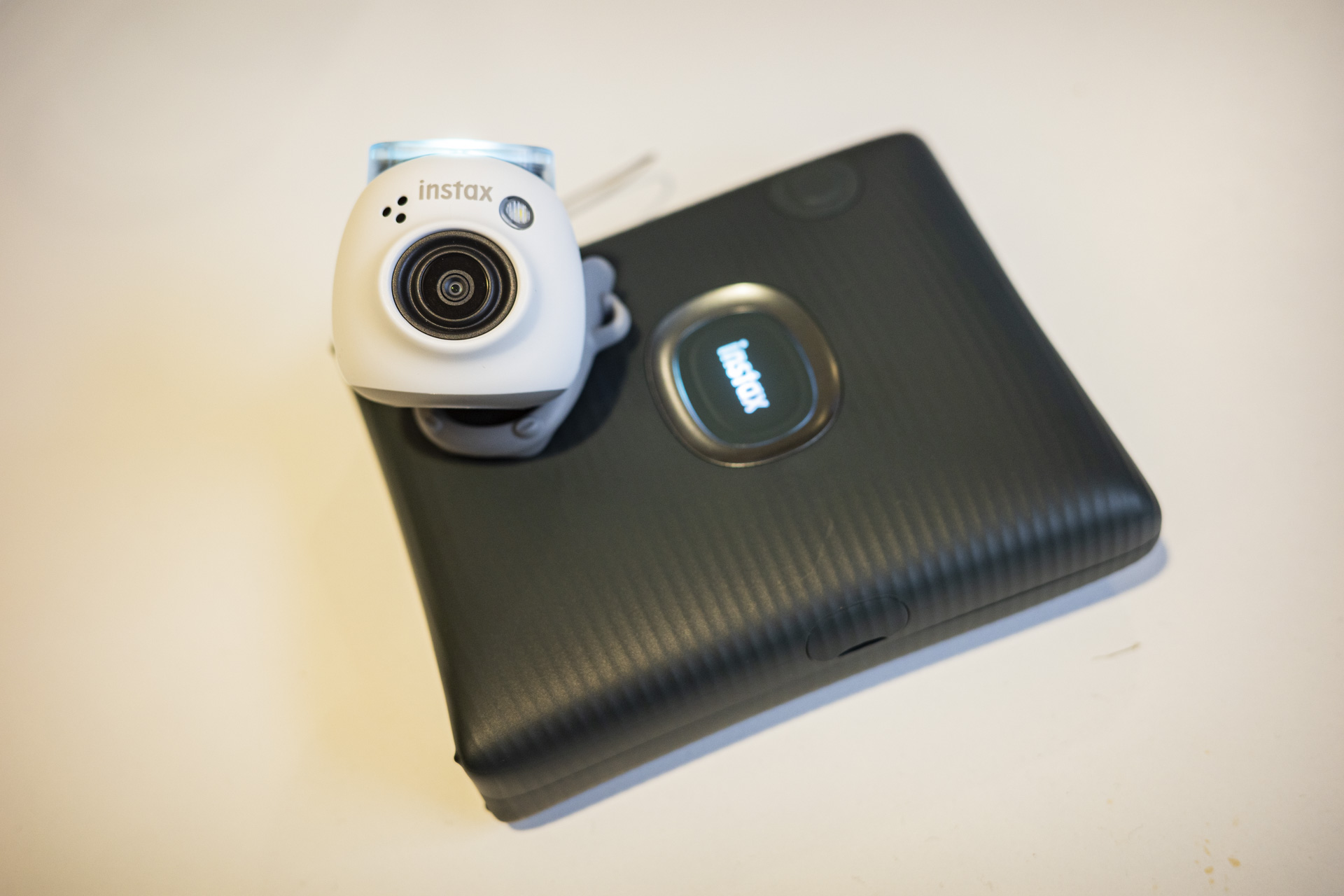
☑️ 100s of cameras reviewed
☑️ 15 years of product testing
☑️ Over 16,000 products reviewed in total
☑️ Nearly 200,000 hours testing tech
We've looked at a number of factors when picking a camera for kids. There’s how it operates, how tough it is (and therefore suitable for the accident prone), how expensive it is, and the type of pictures it’s capable of taking.
Some of the best cameras for kids have been specifically designed with your youngster's users in mind. That means they often feature bright, tactile physical features which allow kids to get hands-on. Models such as the myFirst Camera 3 are ideal for users like this. On the other hand, cameras such as the Olympus TG-6 are both waterproof and tough, making them well-suited for youngsters who want to take a camera with them on all their adventures, and live to tell the tale!
All the cameras that have made it into our list of best cameras for kids have been included because they offer a great experience for younger users. We’ve got a diverse list of options here, including a DIY camera that kids can build themselves to more advanced options for aspiring vloggers and travel photographers. We’ve generally kept away from ‘toy’ cameras which tend to be more of a gimmick than anything else.
Get daily insight, inspiration and deals in your inbox
Sign up for breaking news, reviews, opinion, top tech deals, and more.

Tim is the Cameras editor at TechRadar. He has enjoyed more than 15 years in the photo video industry with most of those in the world of tech journalism. During his time as Deputy Technical Editor with Amateur Photographer, as a freelancer and consequently editor at Tech Radar, Tim has developed a deeply technical knowledge and practical experience with cameras, educating others through news, reviews and features. He’s also worked in video production for Studio 44 with clients including Canon, and volunteers his spare time to consult a non-profit, diverse stories team based in Nairobi. Tim is curious, a keen creative, avid footballer and runner, and moderate flat white drinker who has lived in Kenya and believes we have much to enjoy and learn from each other.
- Paul HattonFreelance writer
- Mark WilsonSenior news editor
- Chris Rowlands